Let’s set our clocks back to the 1870s and take a leisurely stroll through the bustling streets of Manhattan. This decade was pivotal in the city’s history, filled with exciting developments, challenges, and a lot of ambition.
As the 1870s dawned, Manhattan’s skyline was still relatively low, but the spark of vertical growth had been ignited. Architects were experimenting with taller structures, and the Tribune Building, soaring at a jaw-dropping 260 feet, was a testament to this newfound ambition. Central Park, now a beloved icon, was in its glory days during the 1870s. Its picturesque paths, serene lakes, and enchanting Bethesda Terrace provided an urban escape like no other. Families picnicked, couples strolled, and the city breathed a sigh of relief amidst nature’s embrace.
A Retail Revolution: Department Stores Arrive
For shopaholics of the 1870s, life got a lot more exciting. Department stores like Macy’s and Lord & Taylor entered the scene, offering a shopping haven under one grand roof. Shoppers marveled at the sheer variety, making these stores a retail paradise. Shoppers wandered through the towering shelves, eyes wide with wonder. Silks from far-off lands brushed shoulders with delicate lace, and the scent of leather lingered as hands ran over fine craftsmanship. These stores weren’t just a place to shop; they were a destination, a rendezvous point for ladies who lunched and gentlemen seeking the latest trends.
Elevated Trains: The Future on Tracks
Traffic congestion got a major fix with the debut of elevated trains. These “El trains” took people above the hustle and bustle of the streets, revolutionizing commuting. New Yorkers quickly embraced this futuristic mode of transportation, and the city’s skyline transformed with these elevated tracks. These El trains were more than just a means of transportation; they were a leap into the future. No more navigating through congested roads or waiting for horse-drawn carriages to inch along. Now, you could hop on a train and glide smoothly above it all, leaving the hustle and bustle below.
These trains also shaped the city’s skyline in a way that was both practical and picturesque. The elevated tracks wound their way through neighborhoods, transforming the landscape with their looping trails. It was a sight to behold: a network of iron and steel curving gracefully above the streets, an emblem of progress and a testament to human ingenuity.
Art Flourishes: Museums and Music
The arts were blooming in the 1870s. The Metropolitan Museum of Art threw open its doors, inviting visitors to admire a treasure trove of global art. The city’s theaters and music halls were a symphony of entertainment, showcasing plays, concerts, and laughter. Immigrants from across the world flocked to the city, bringing their traditions and flavors. Neighborhoods like Little Italy and Chinatown grew, painting the streets with vibrant cultures and mouthwatering aromas.
Amidst all the progress and excitement of the 1870s, Manhattan faced a stormy economic sea known as the Panic of 1873. Picture this: a city bustling with activity suddenly hit by a financial tempest that sent shockwaves through its very core. The result? Hardships, protests, and labor disputes that tested the city’s resilience.
The Panic of 1873 wasn’t your ordinary hiccup. It was an economic downturn that rocked the nation, triggering a chain reaction of bank failures and business closures. Wall Street, usually buzzing with activity, turned eerily quiet as panic set in, causing investments to evaporate like mist.


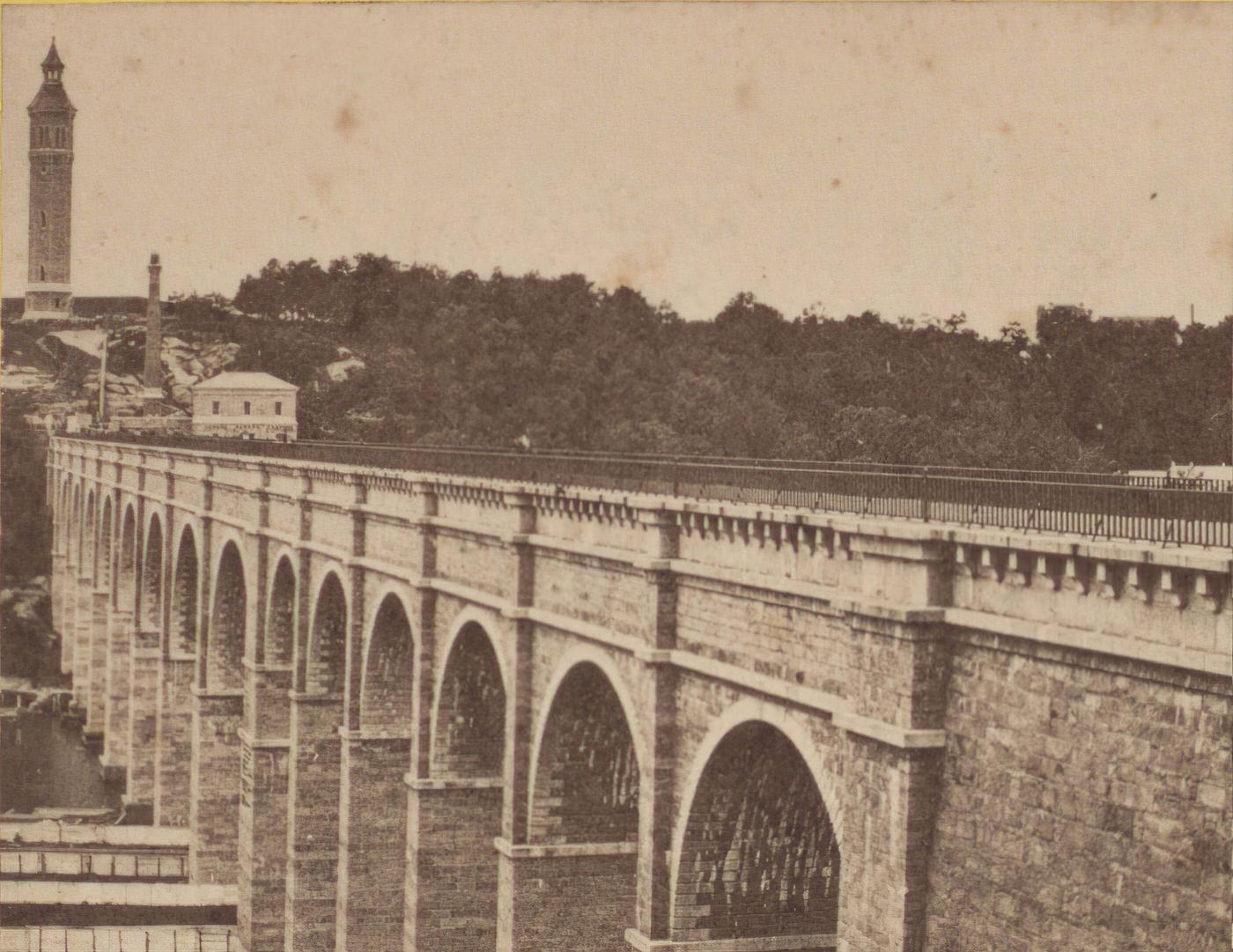
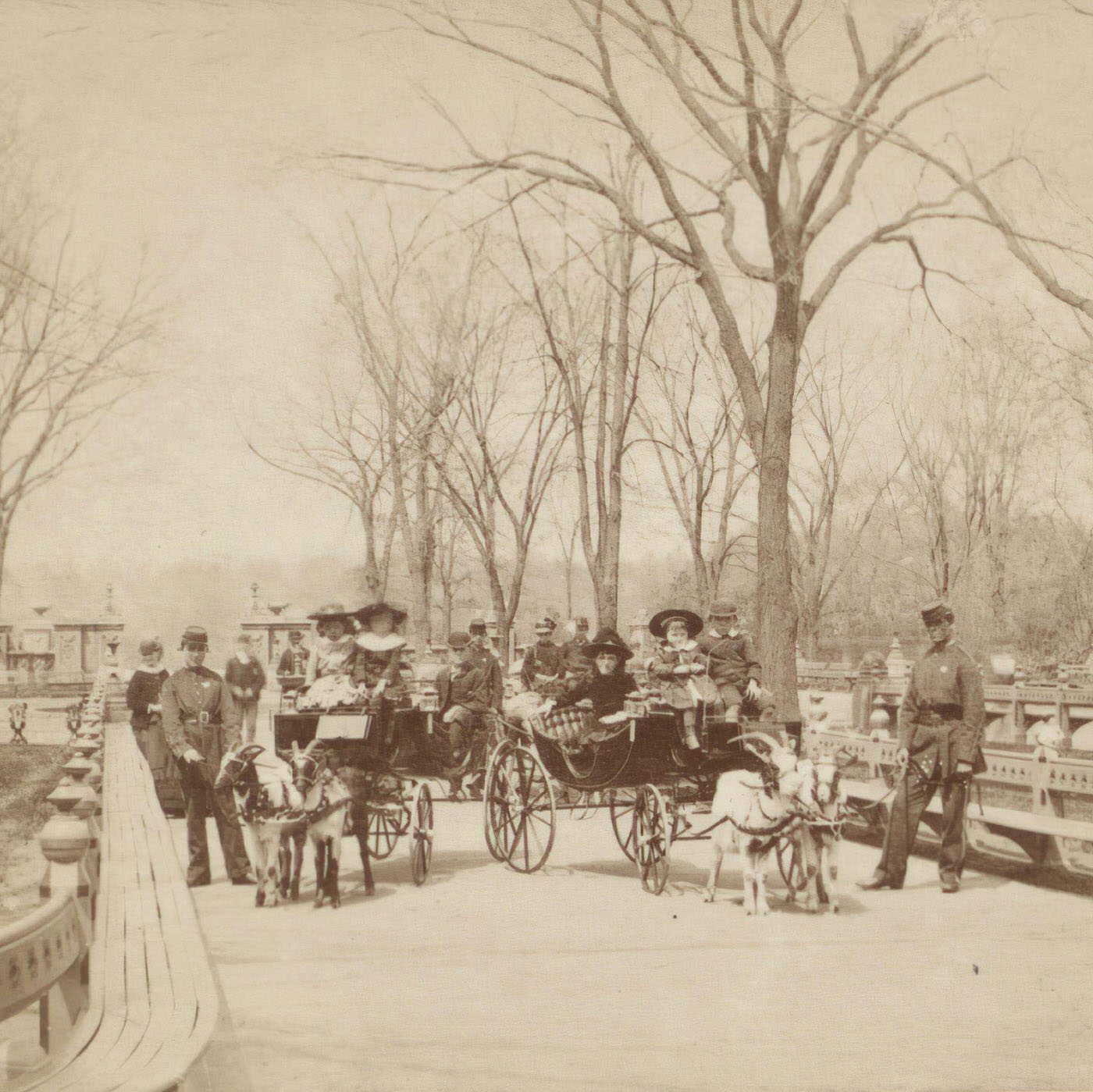
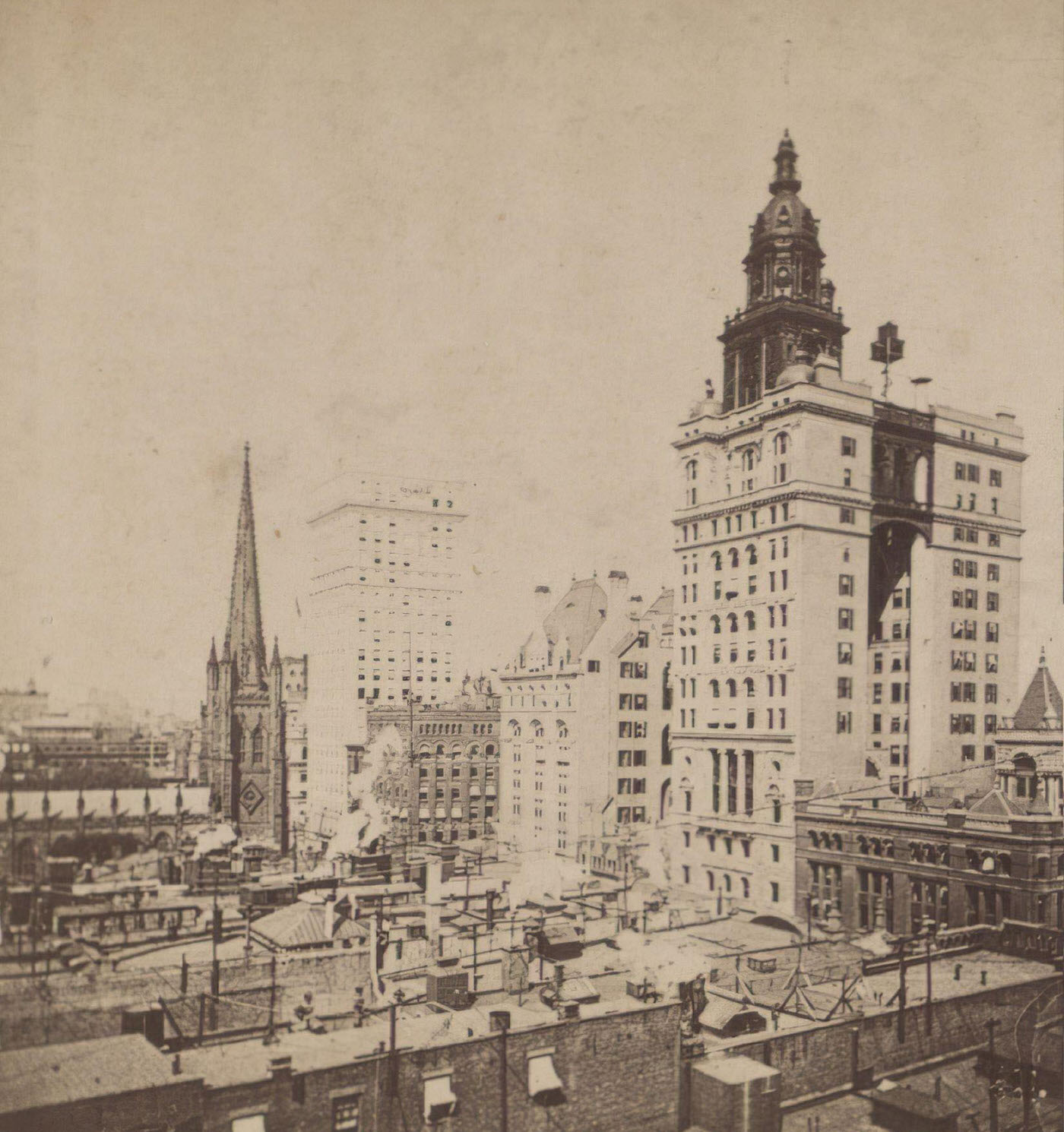
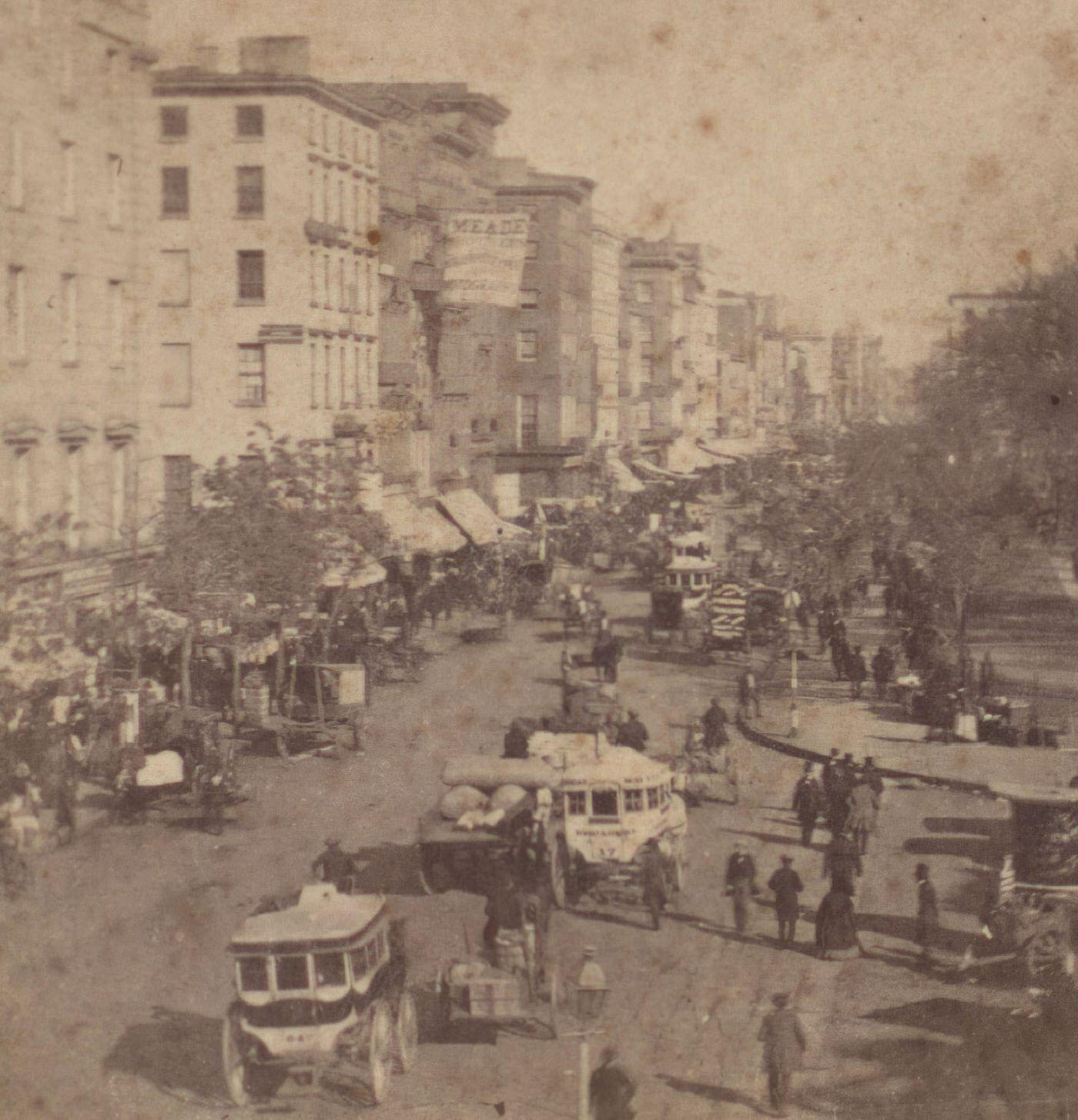
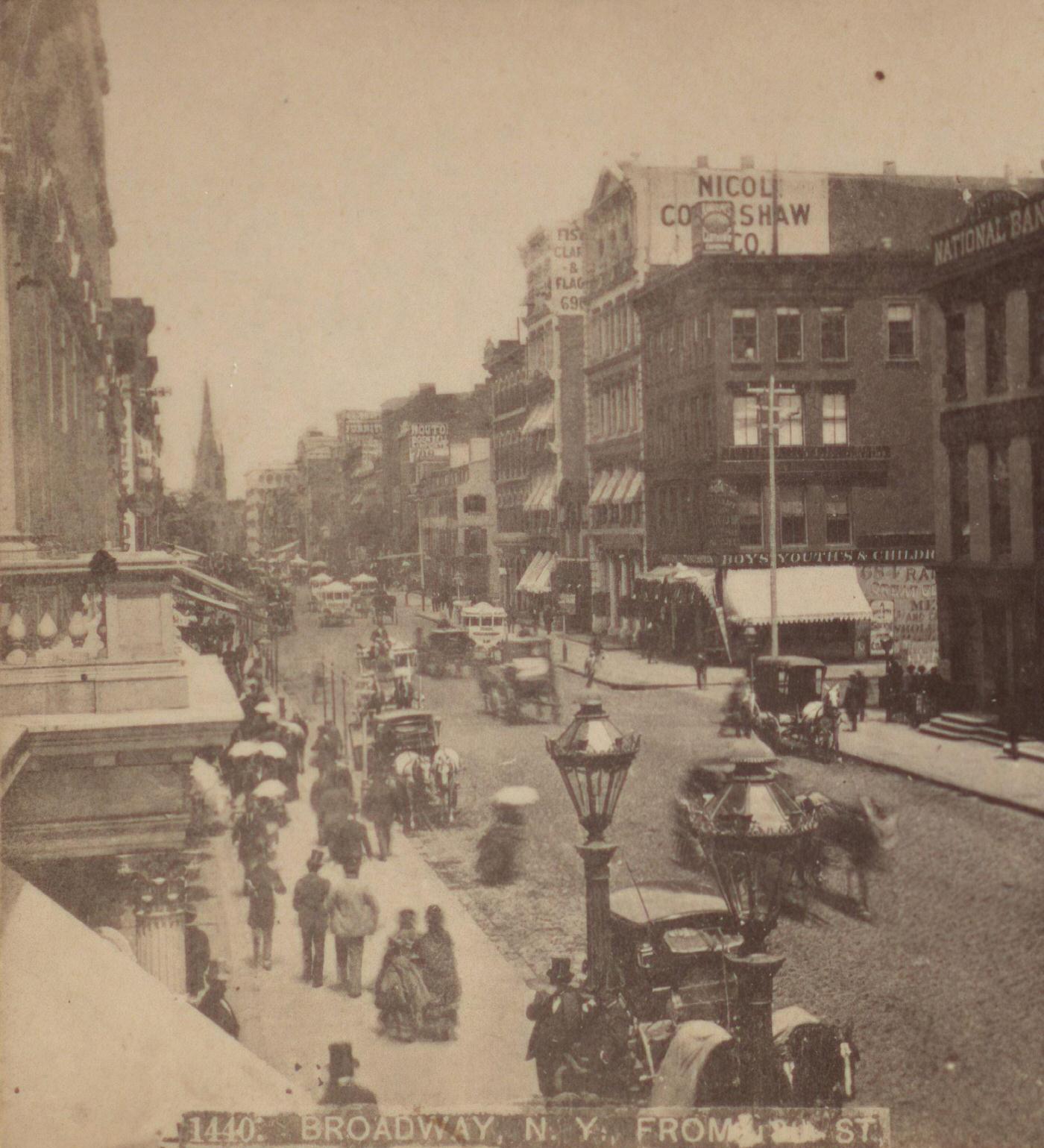
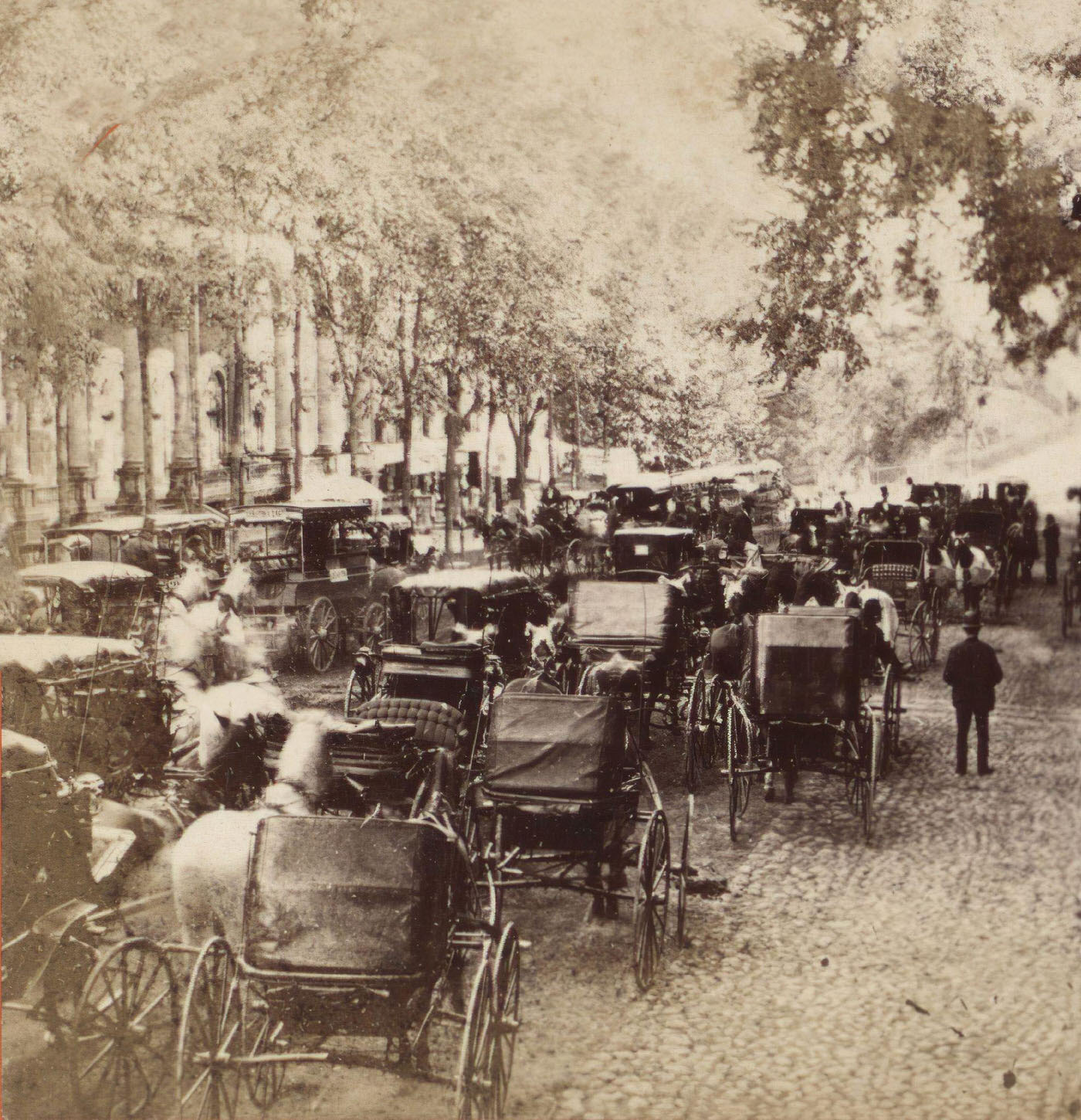
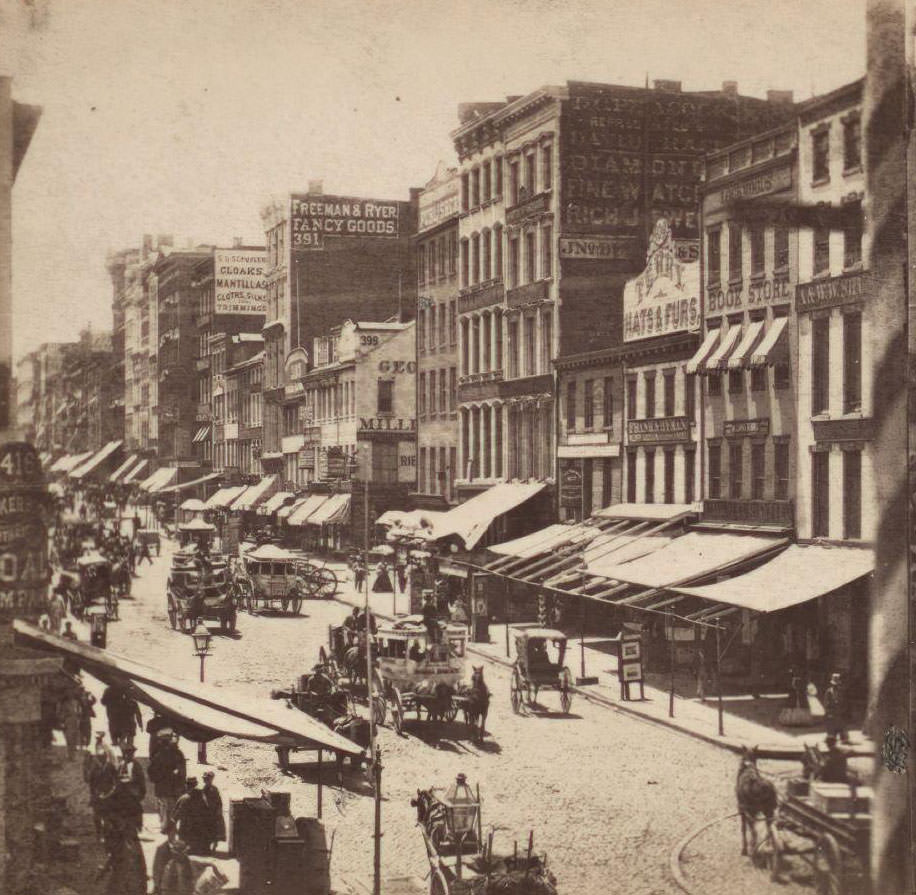
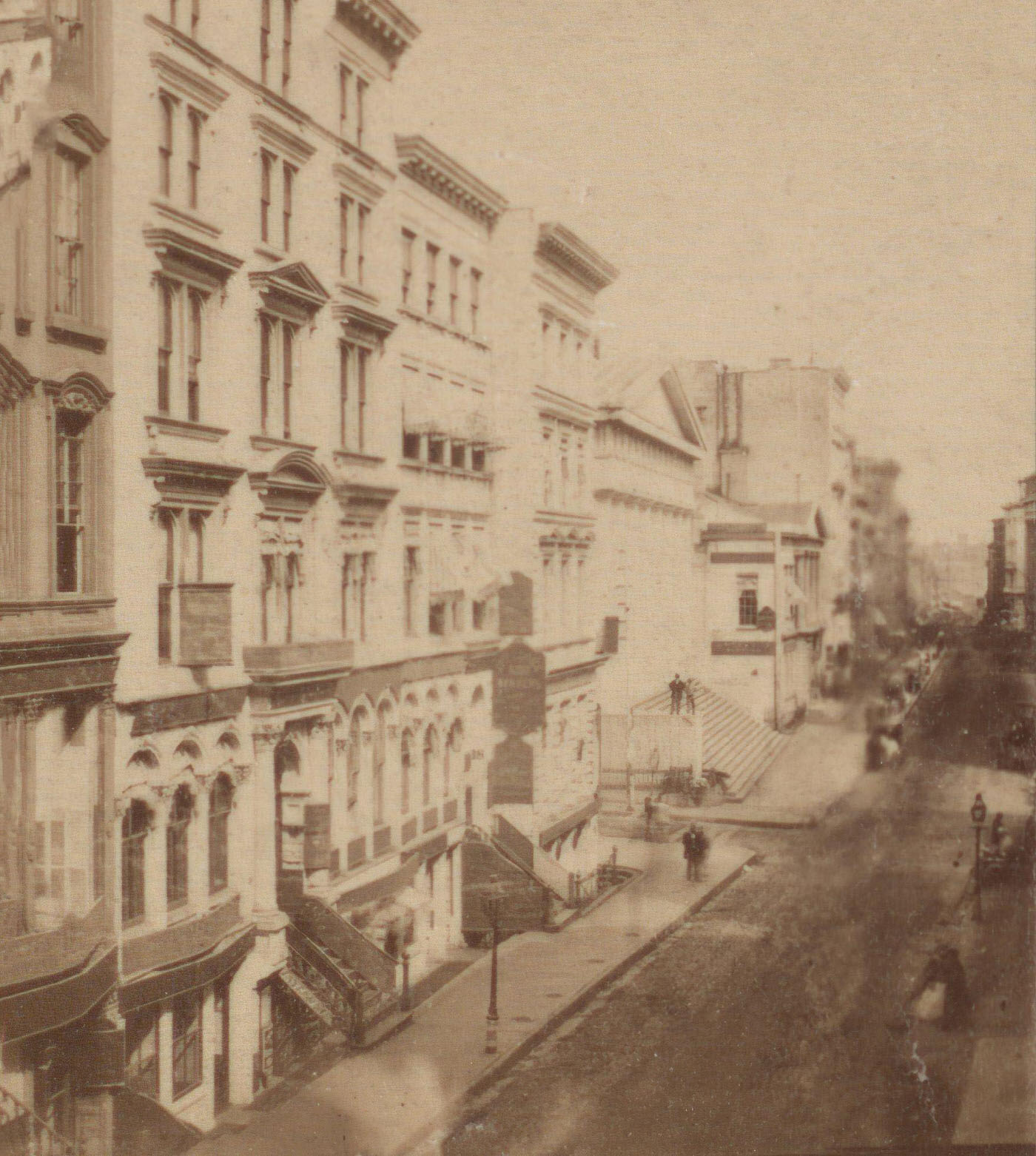
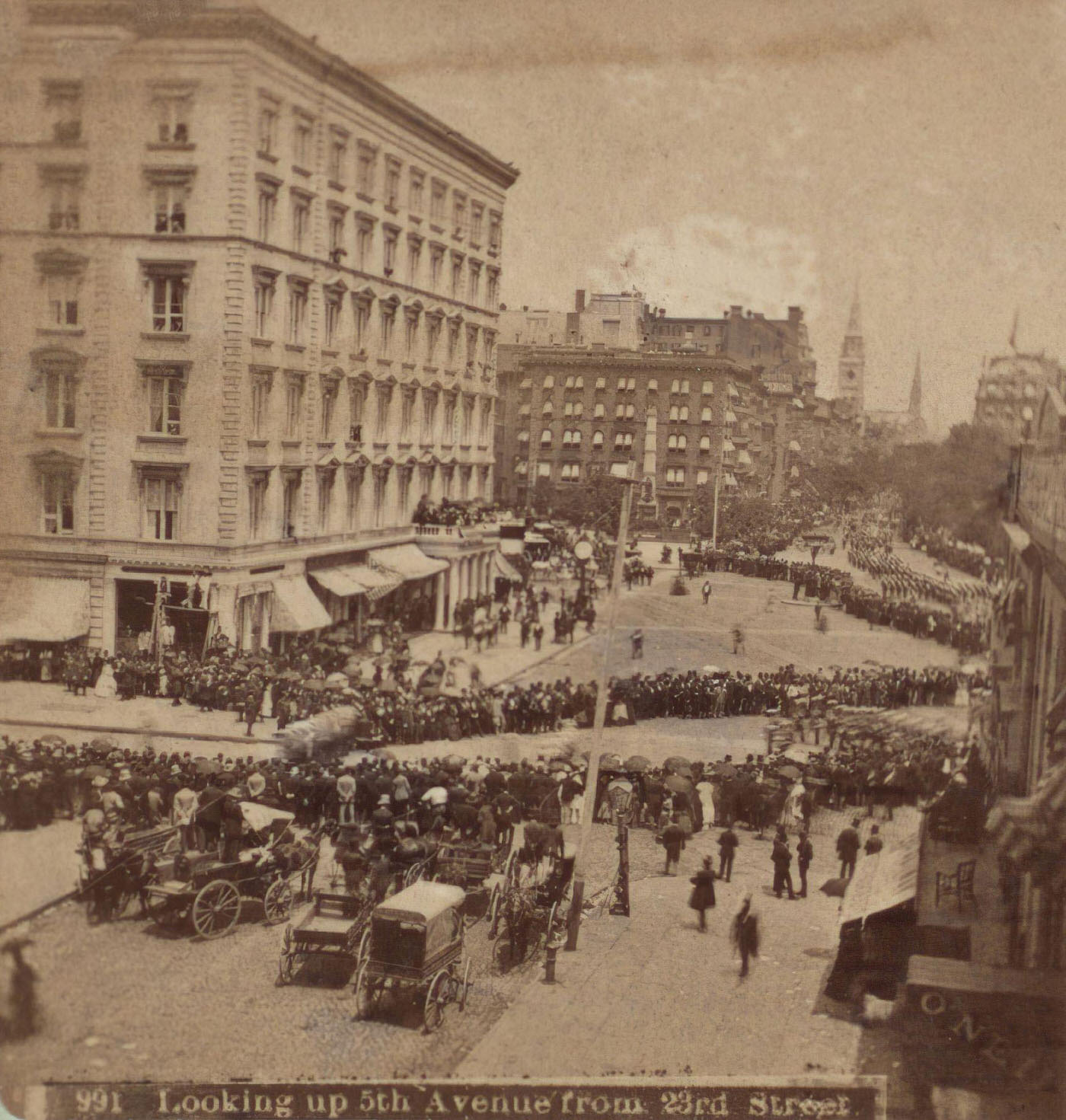
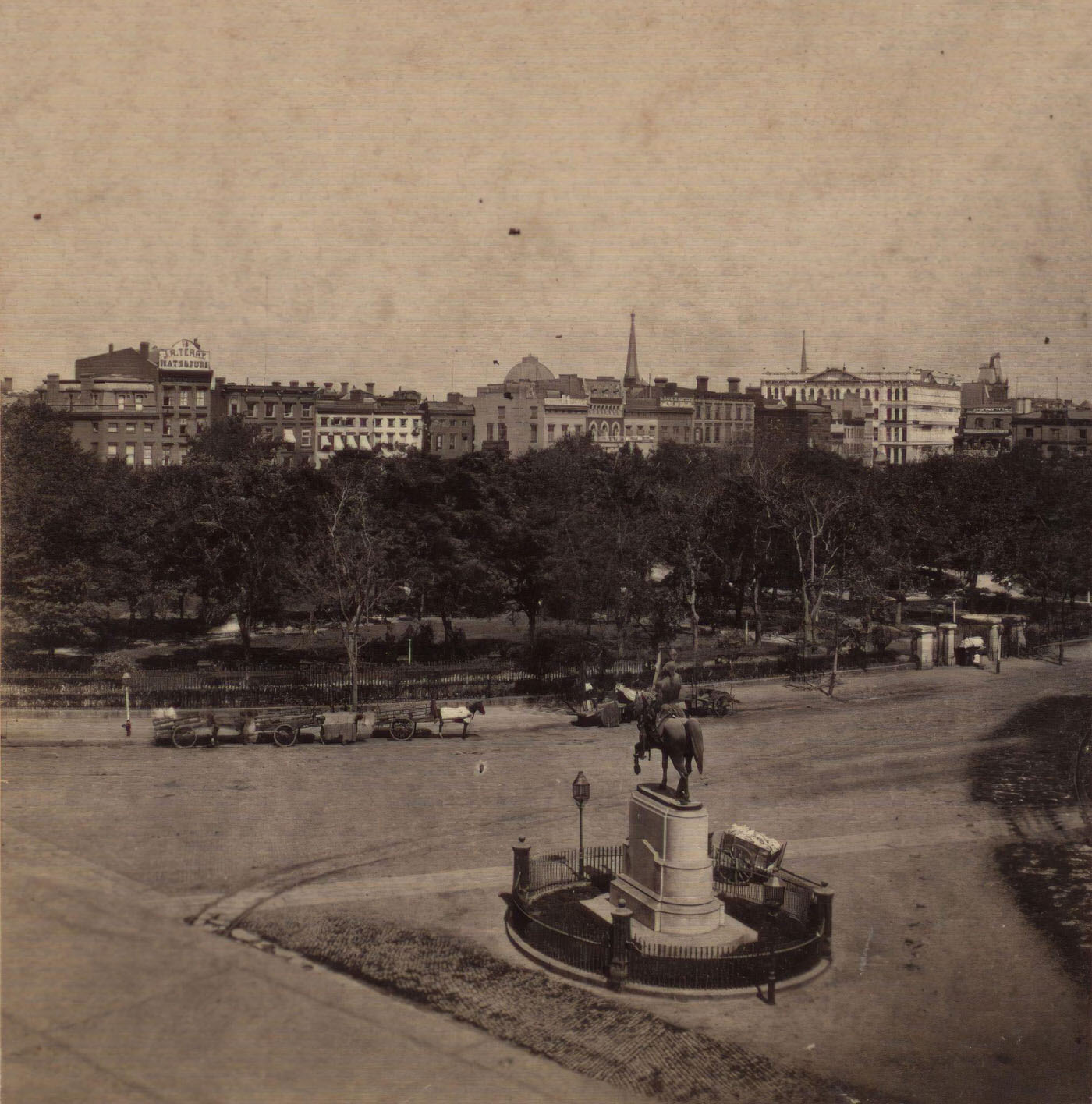
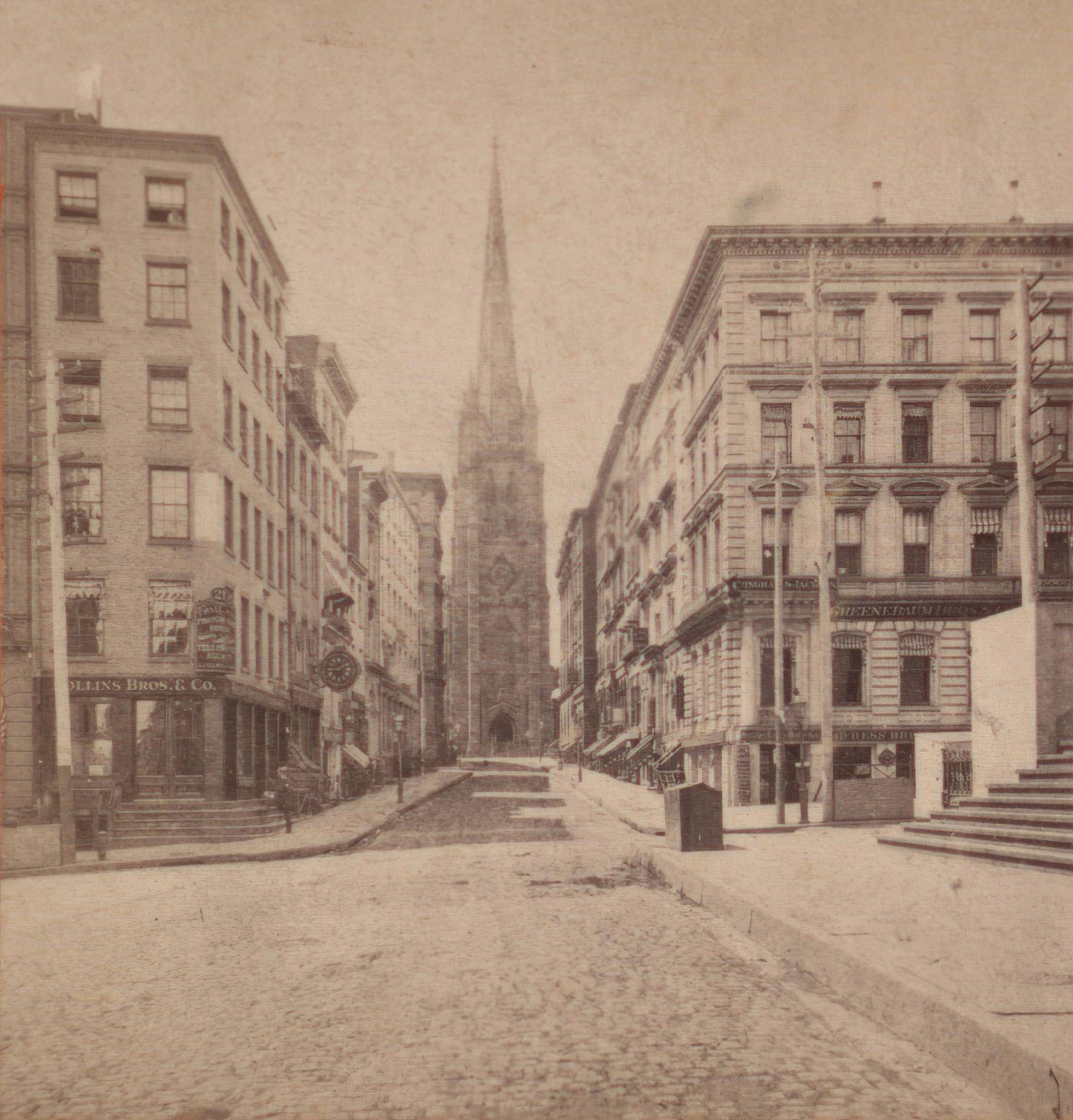
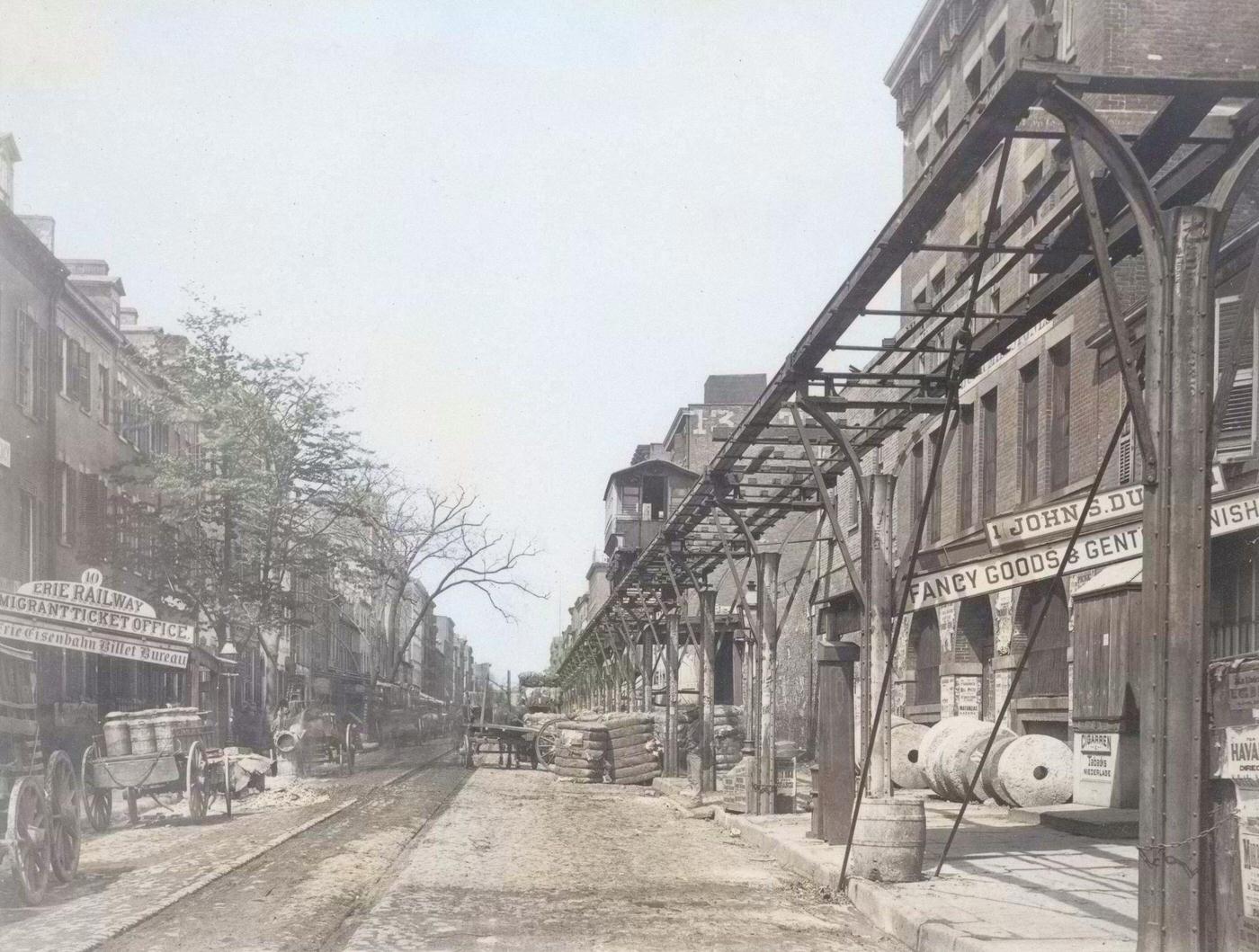
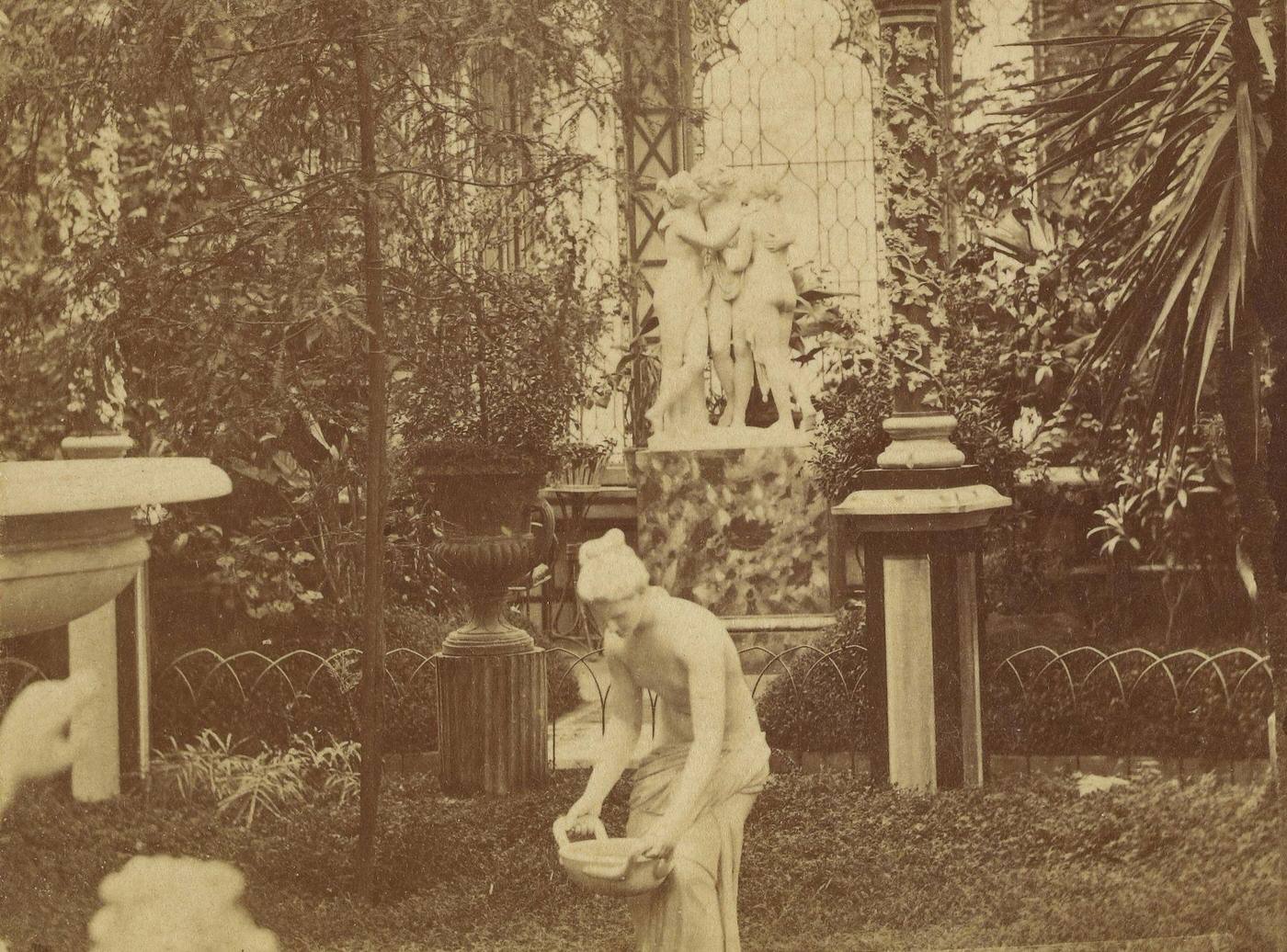
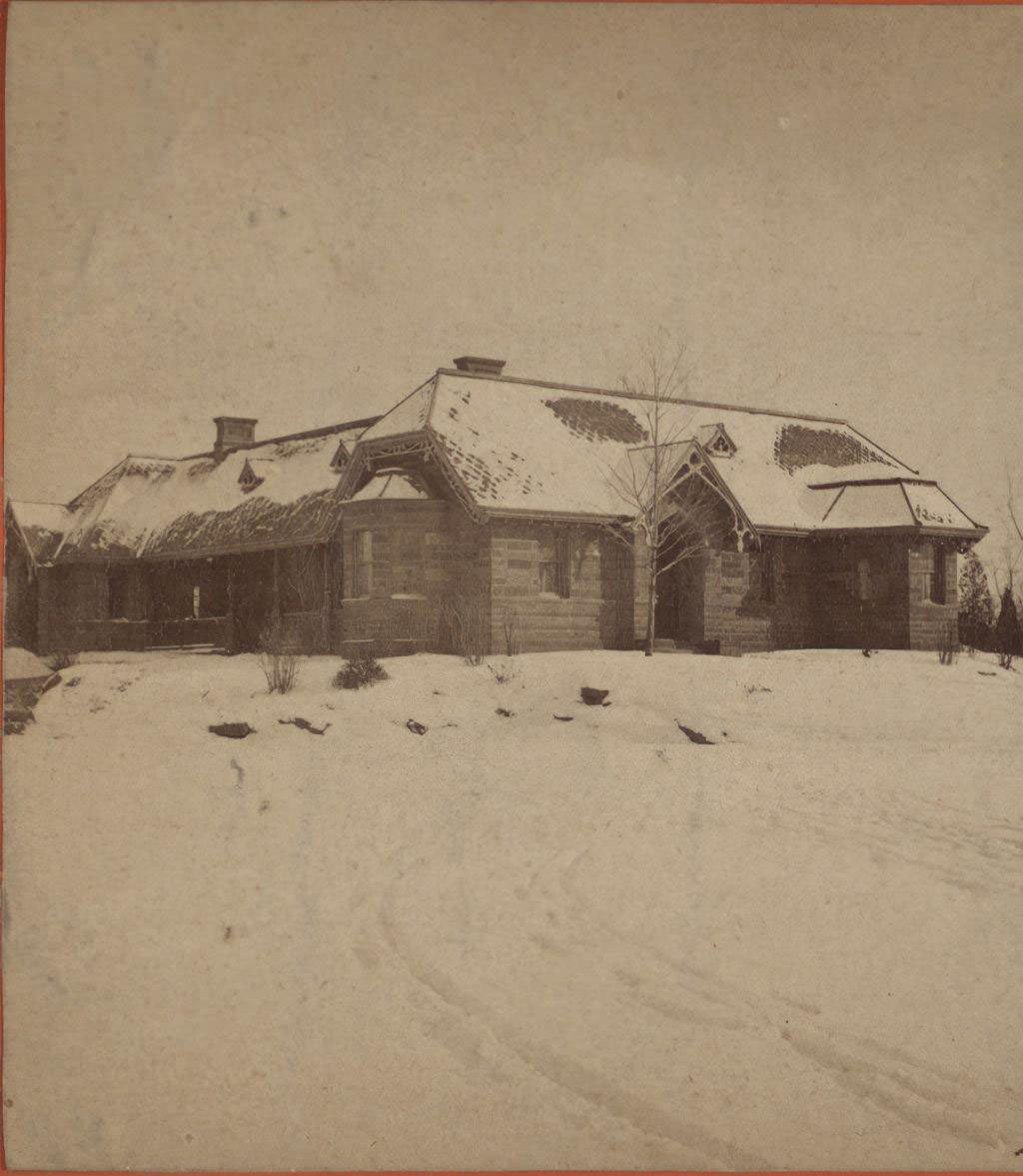
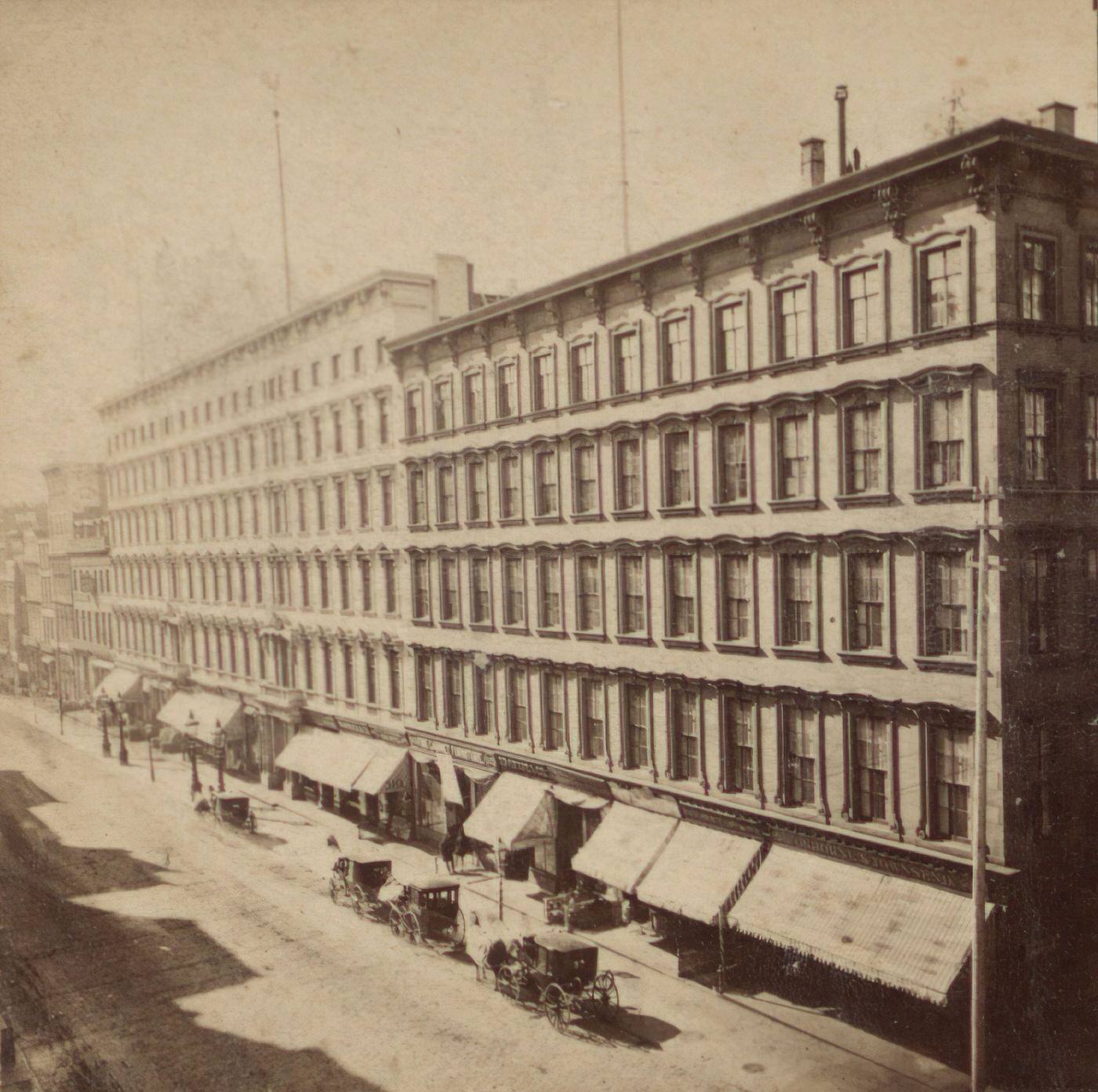
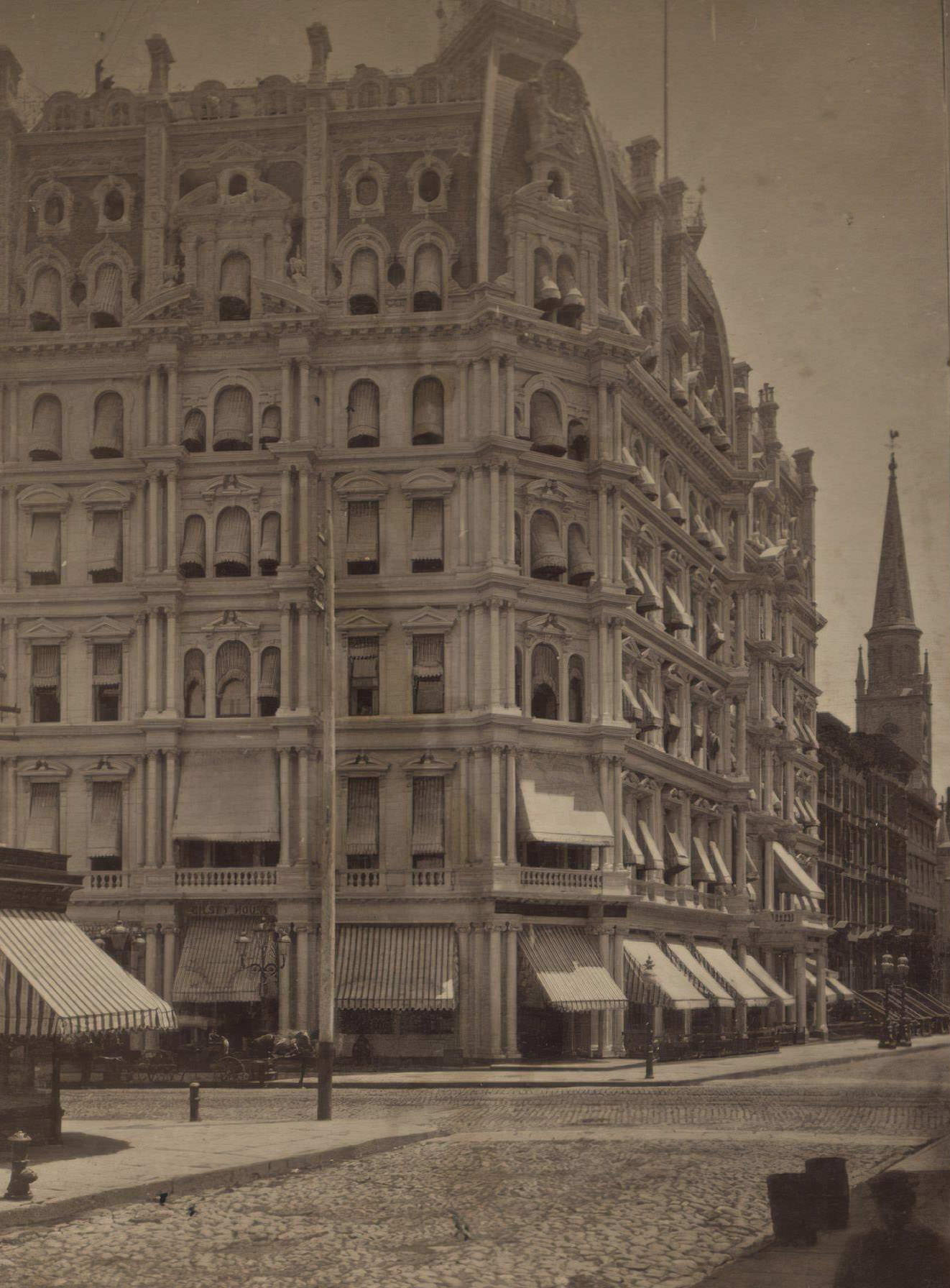
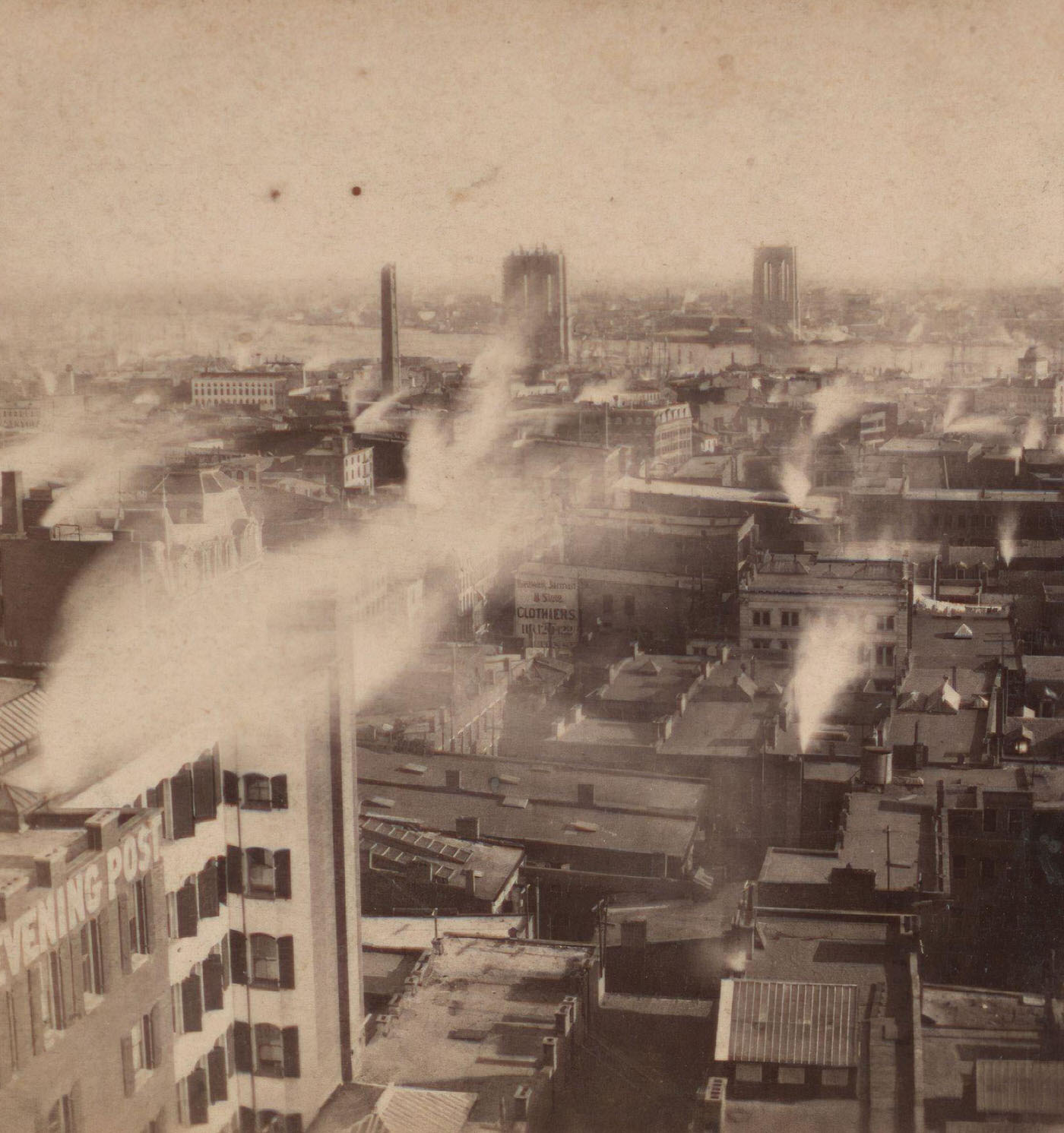
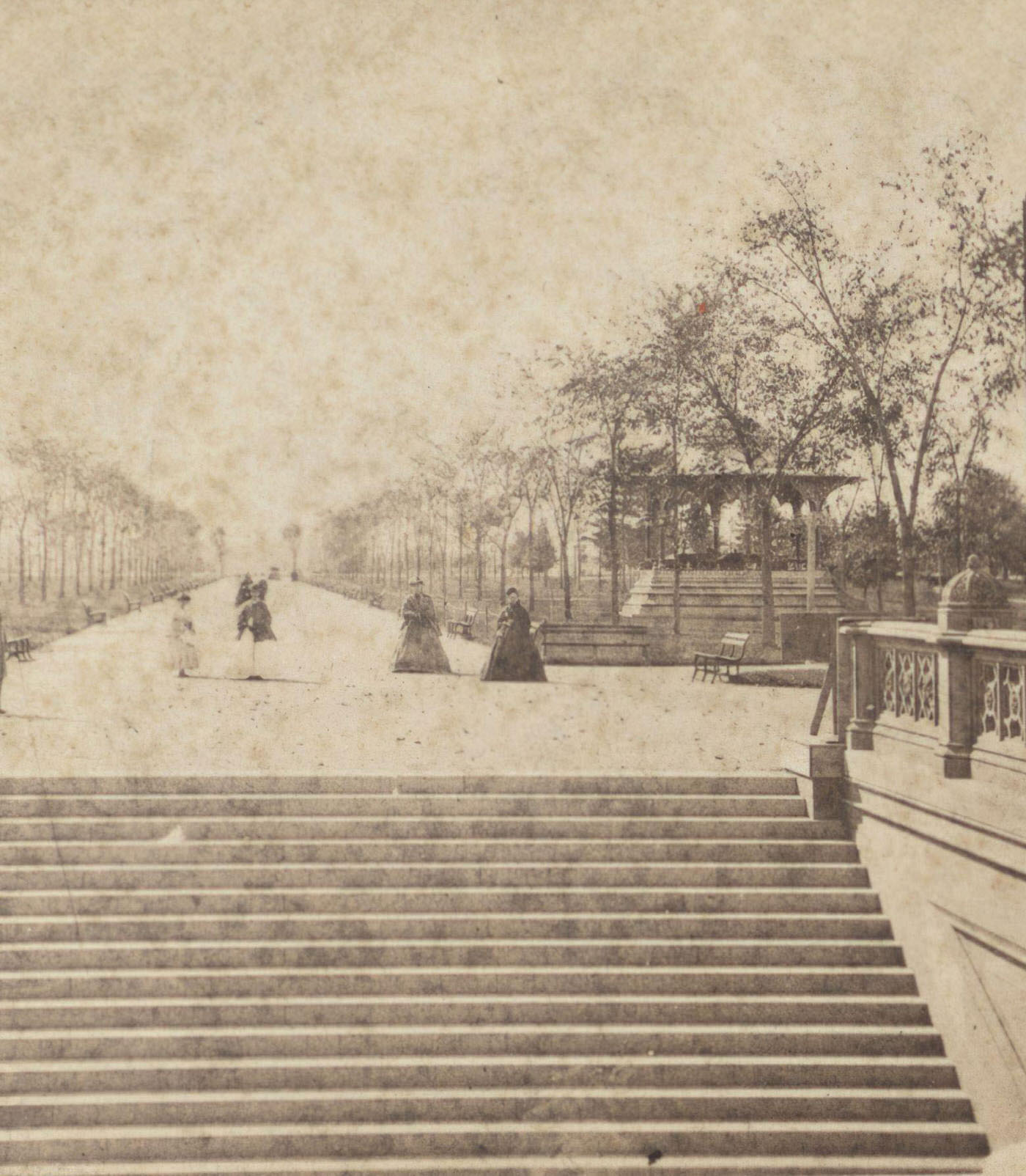
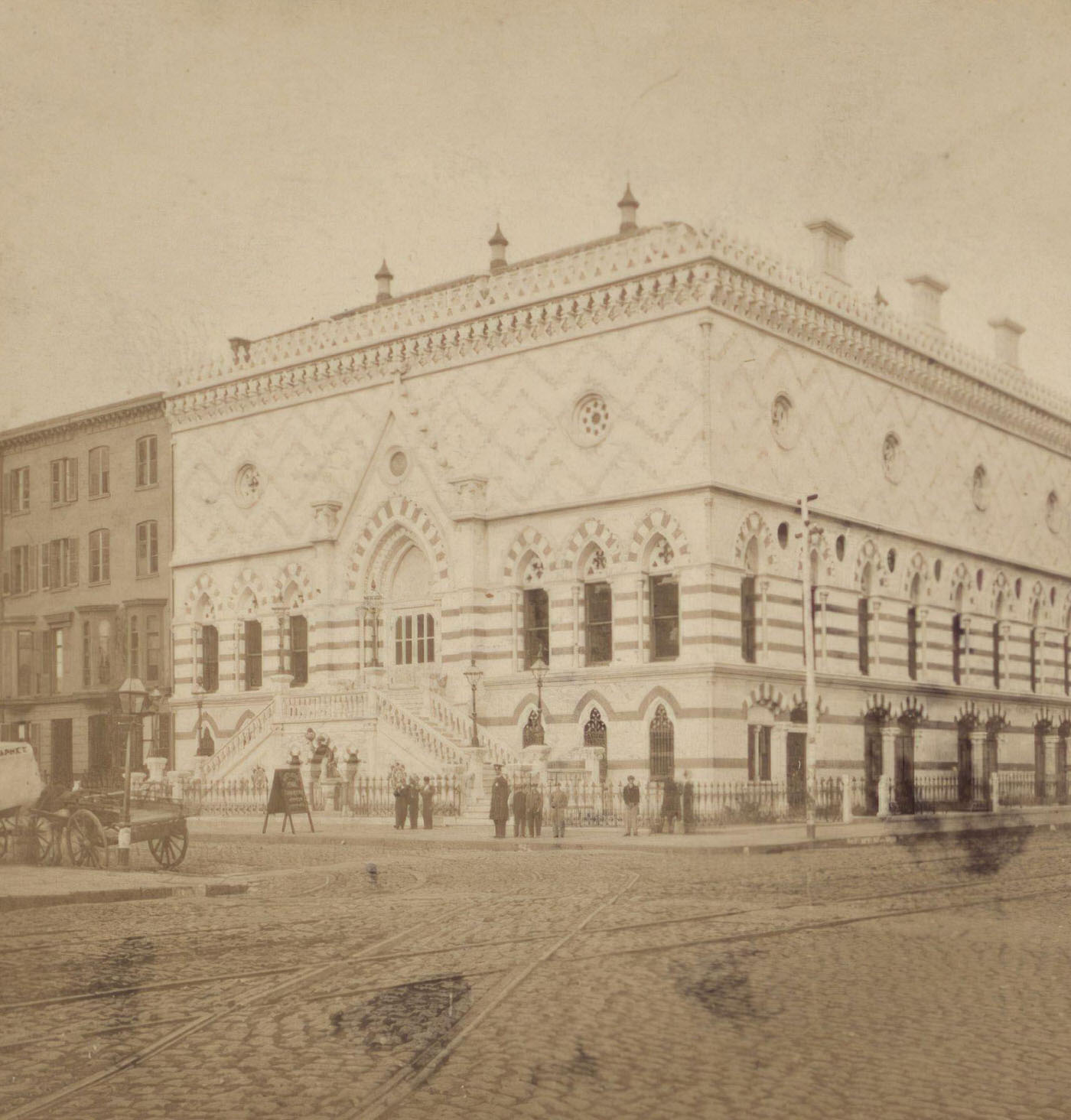
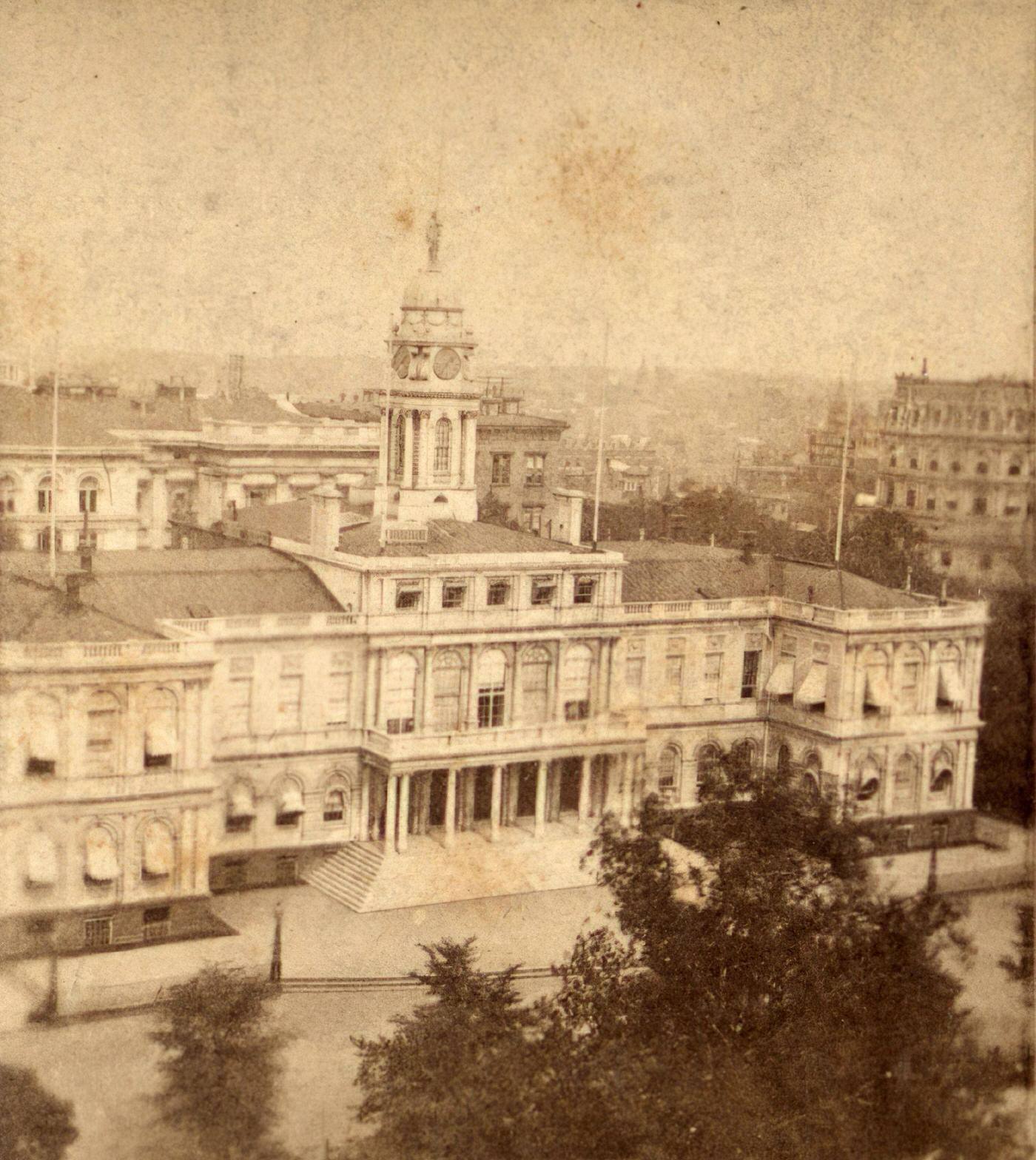
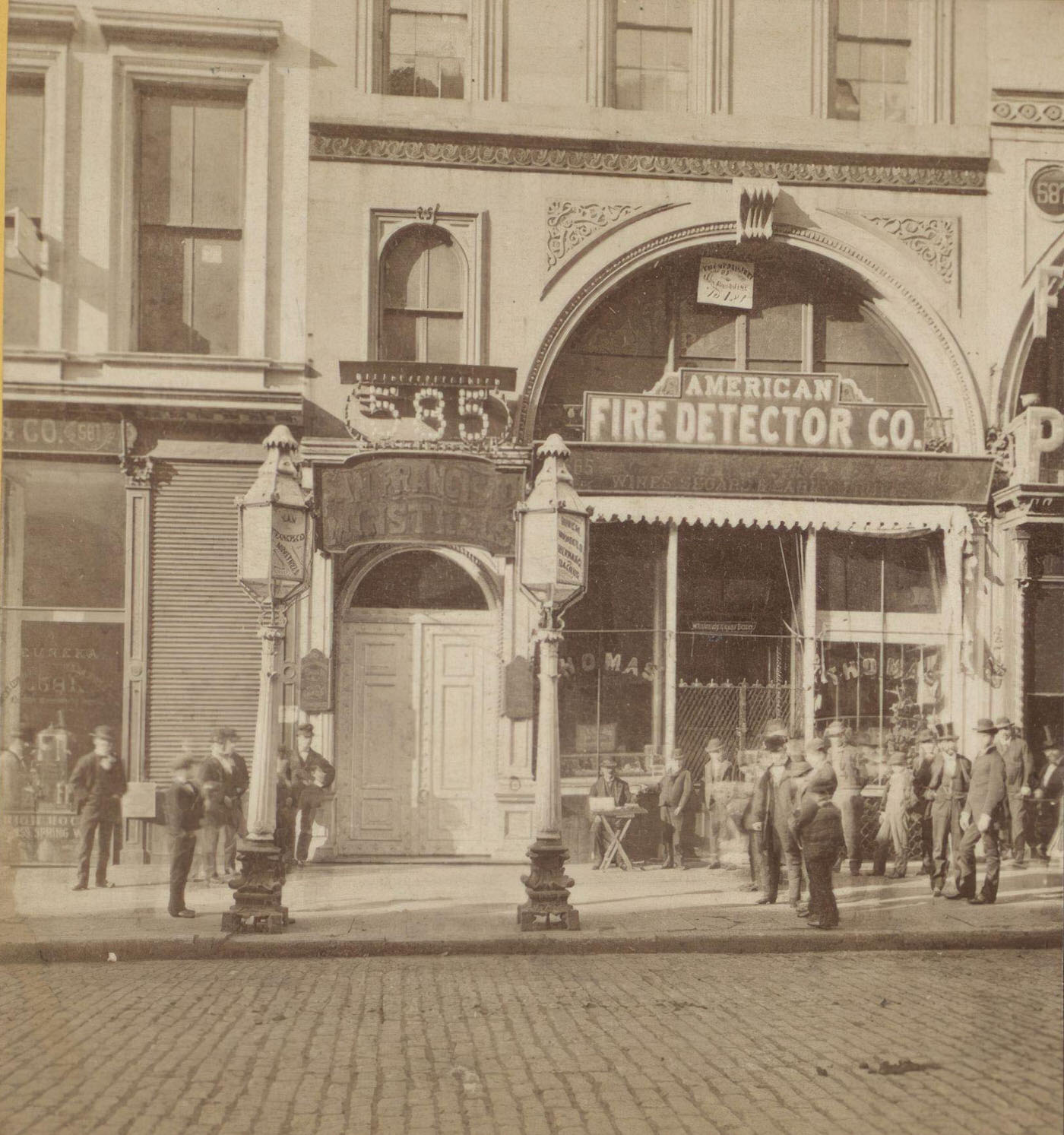
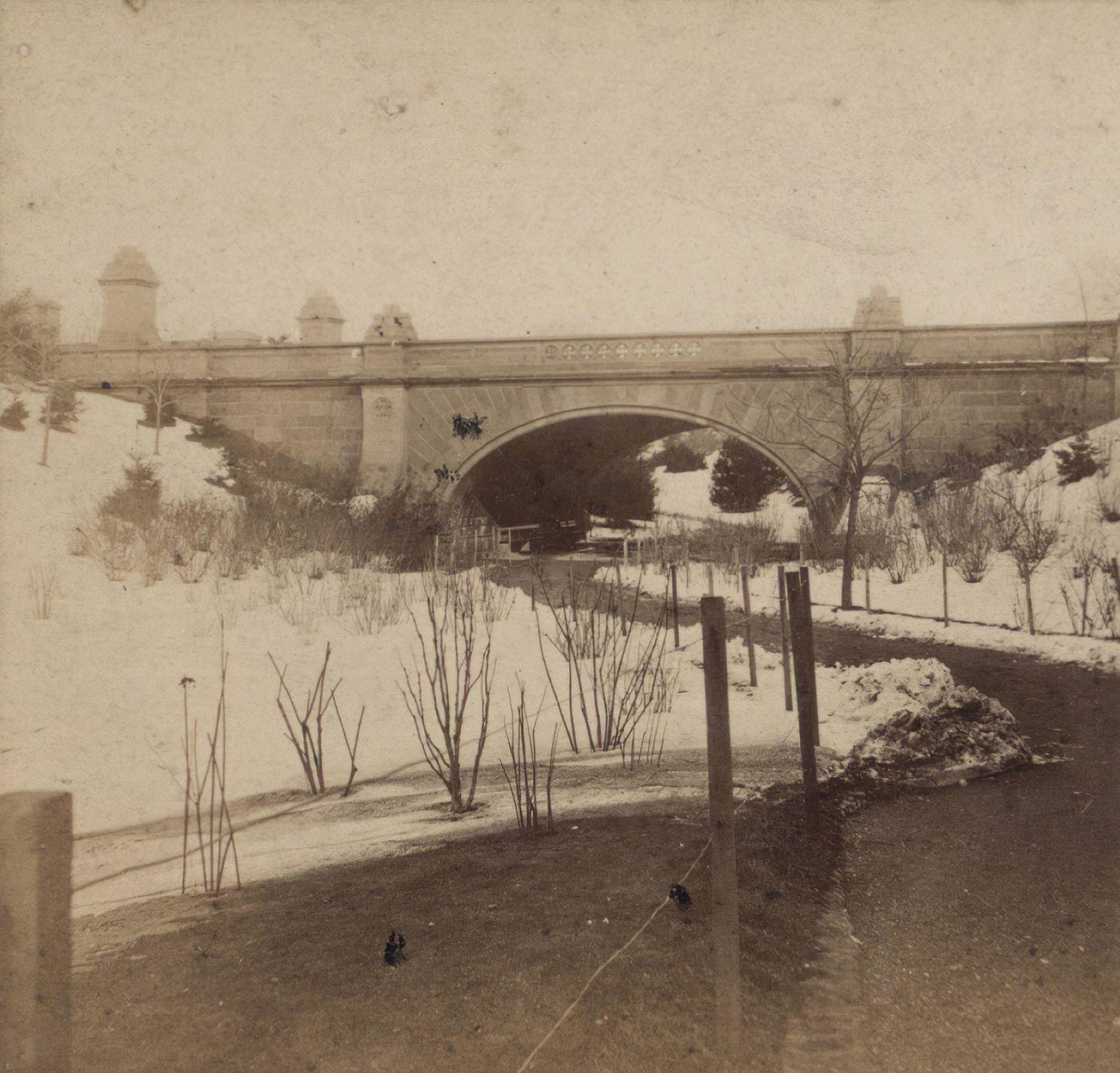
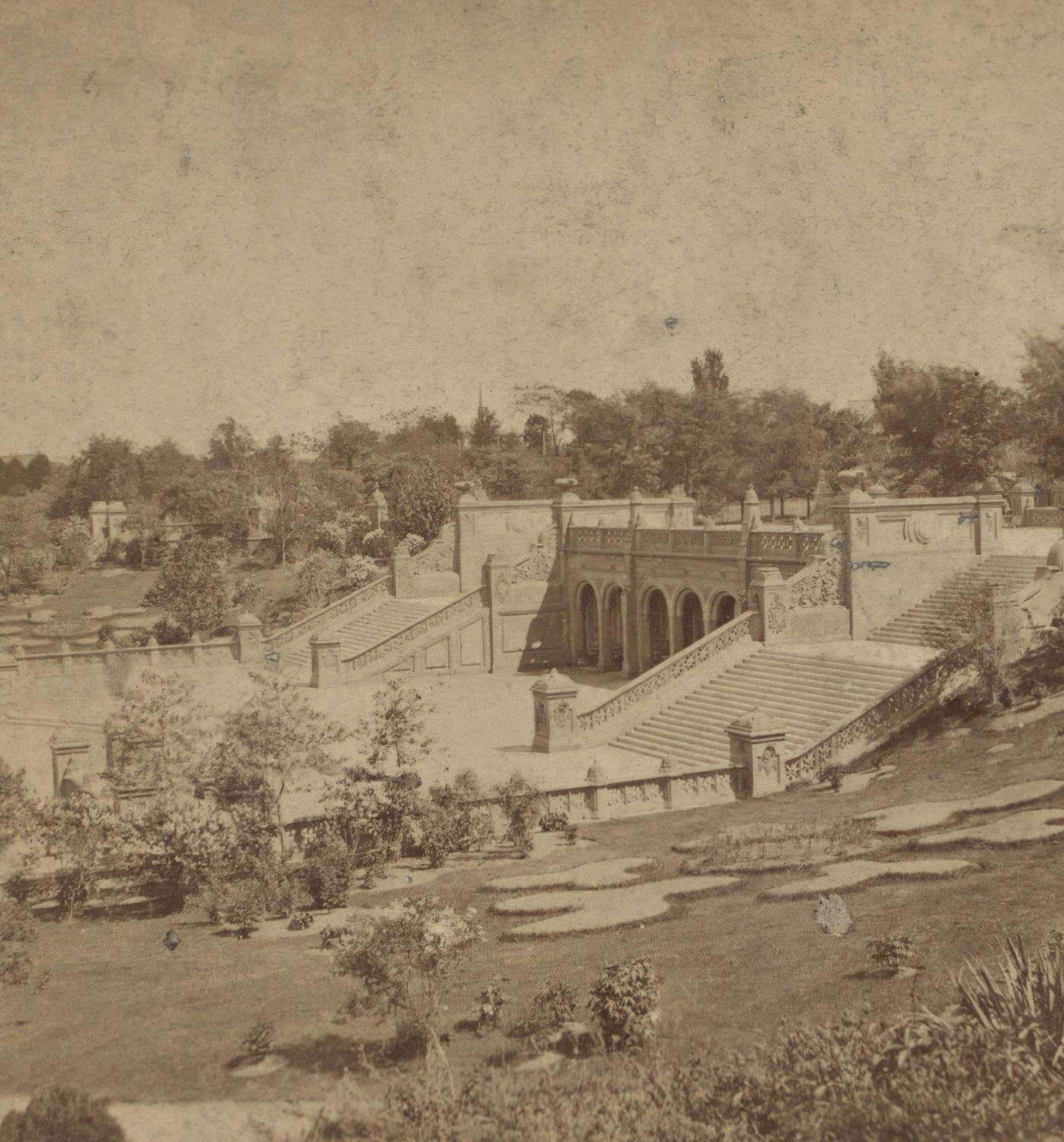
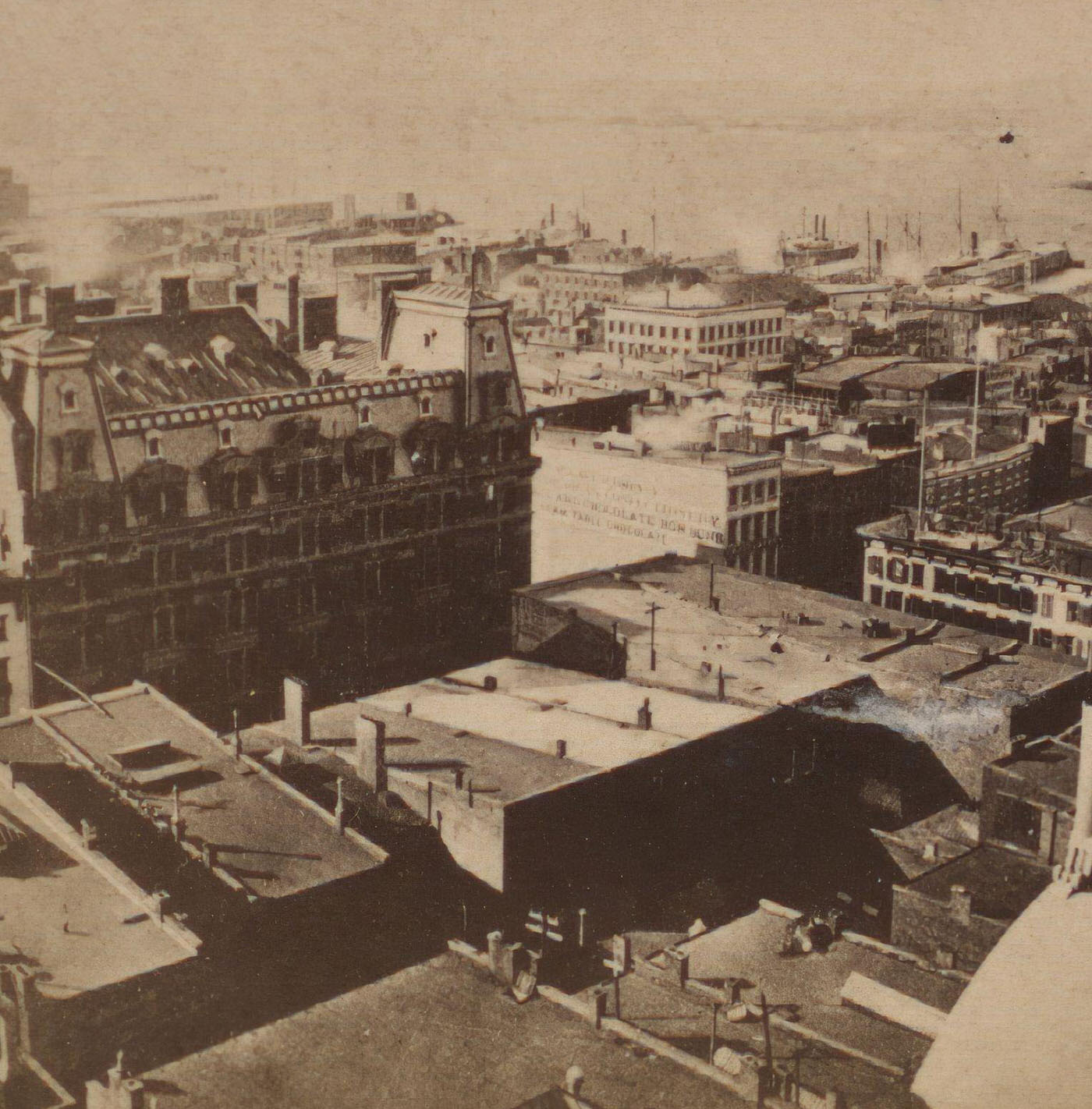
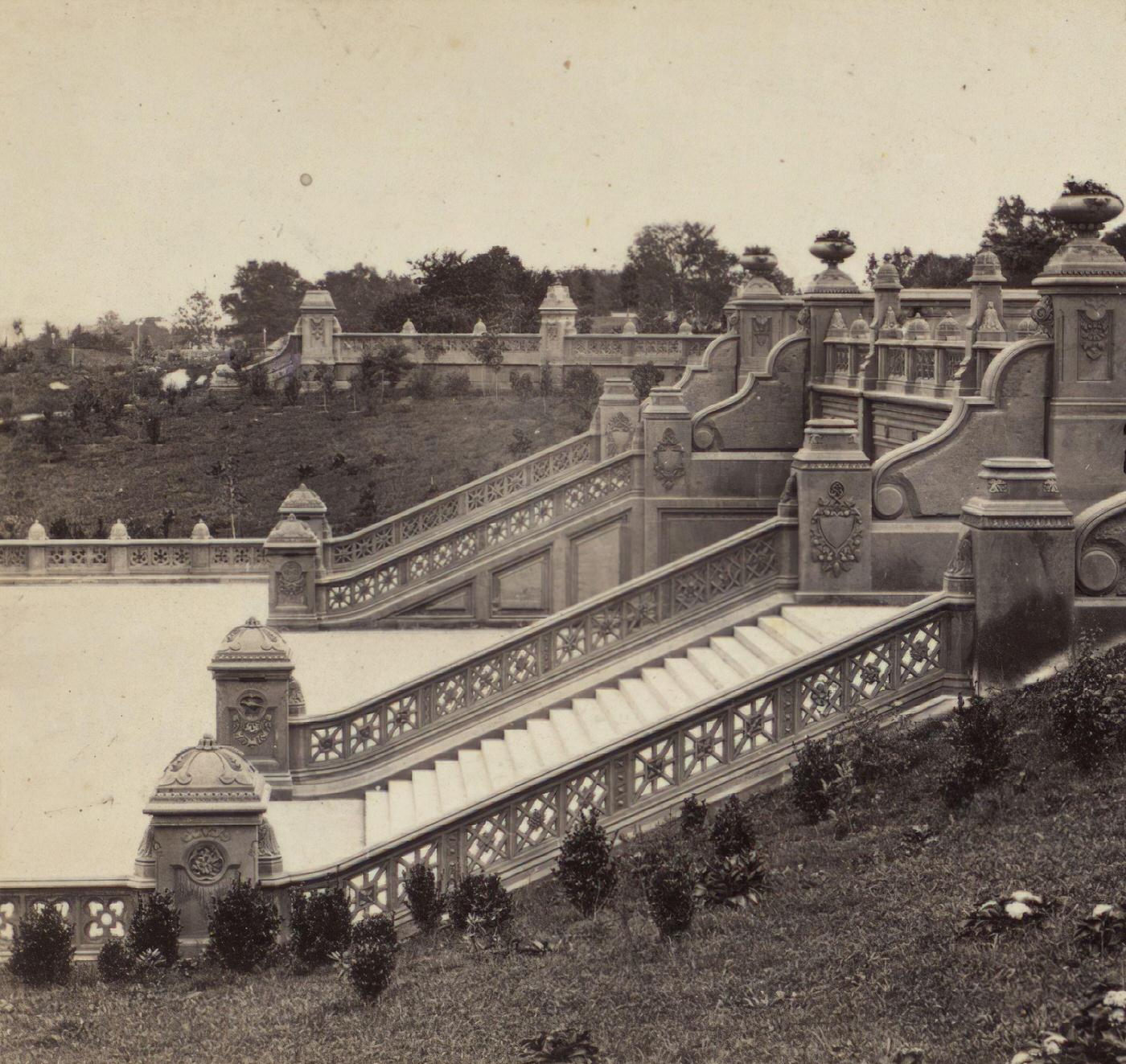

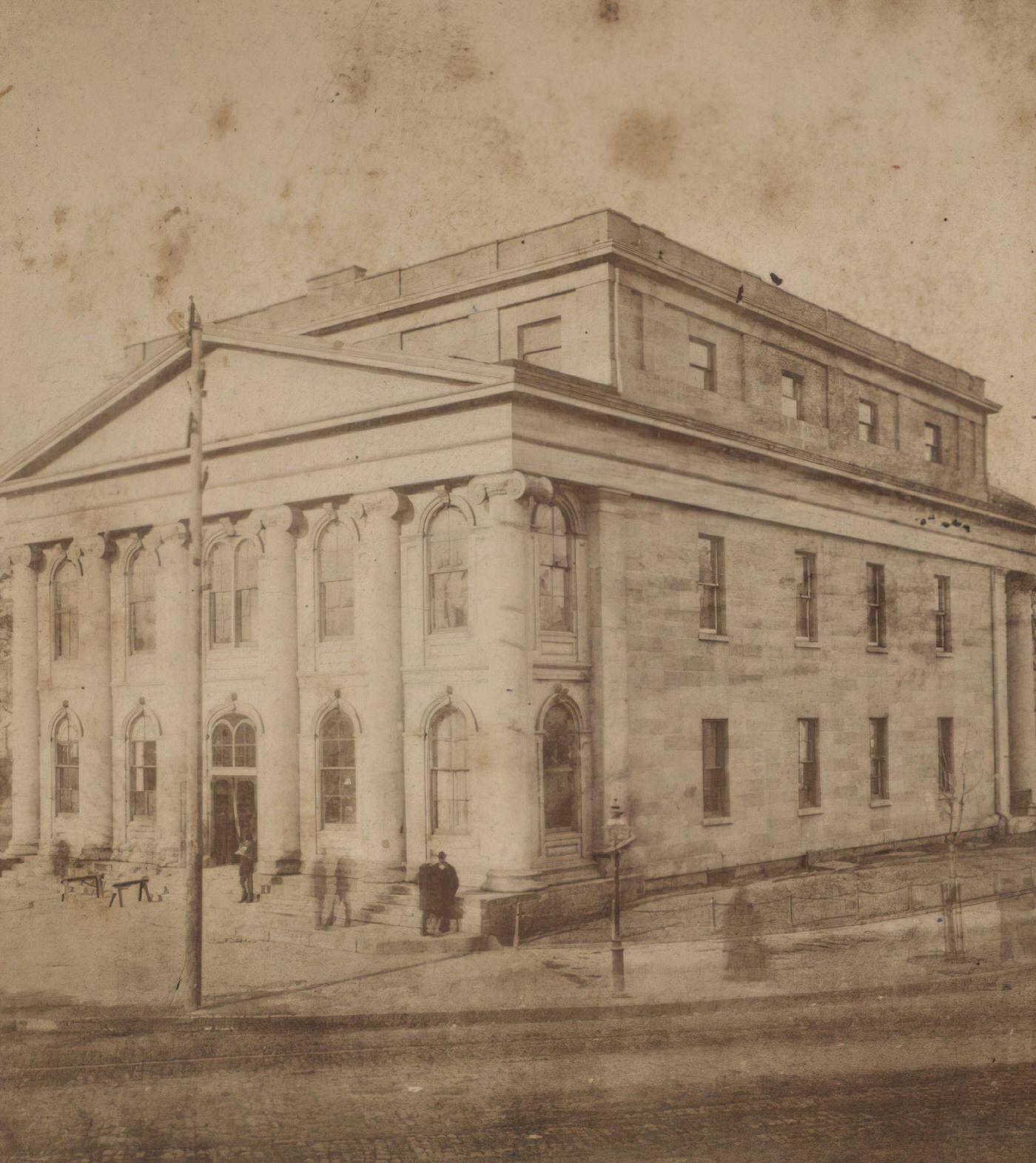
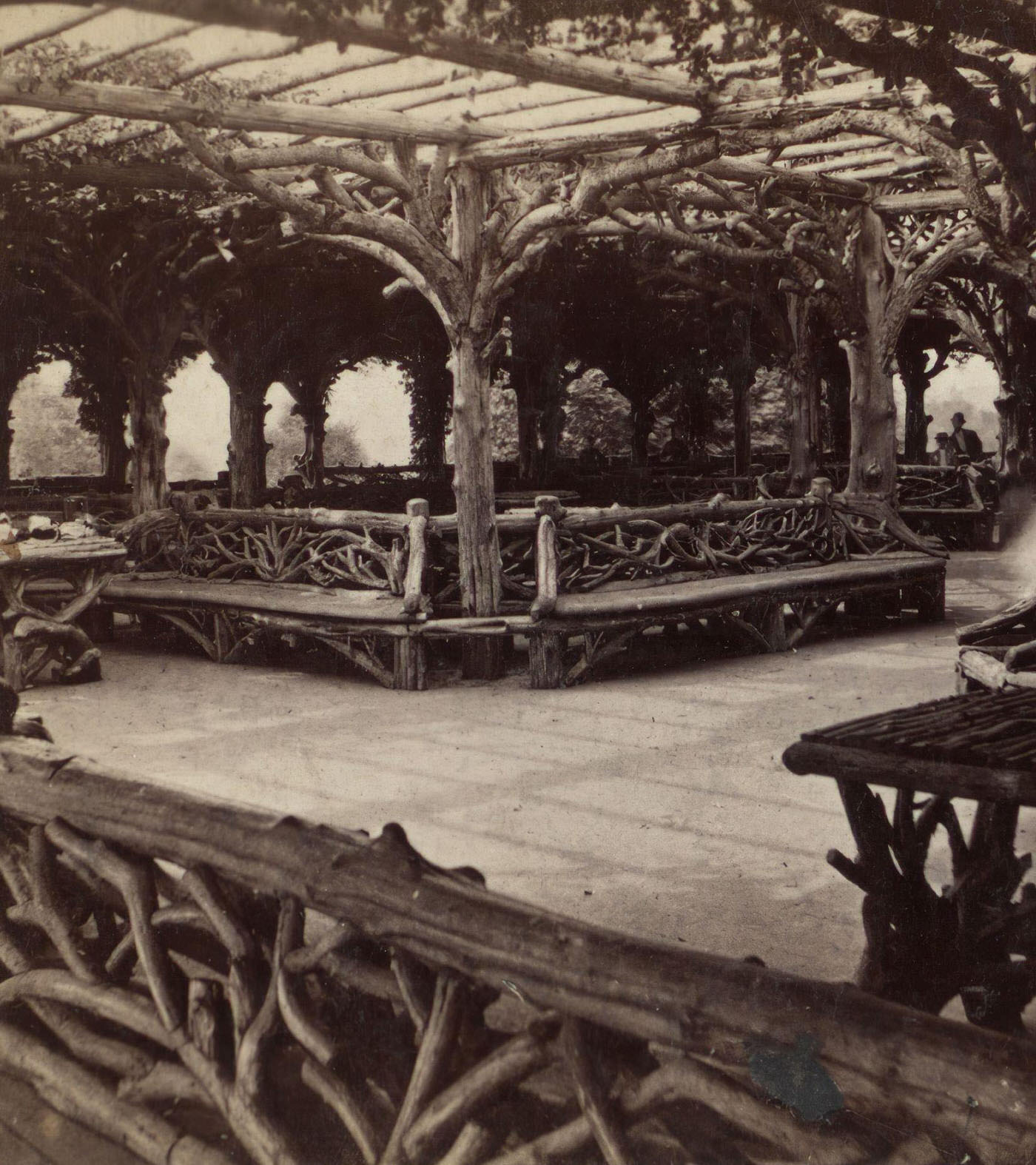
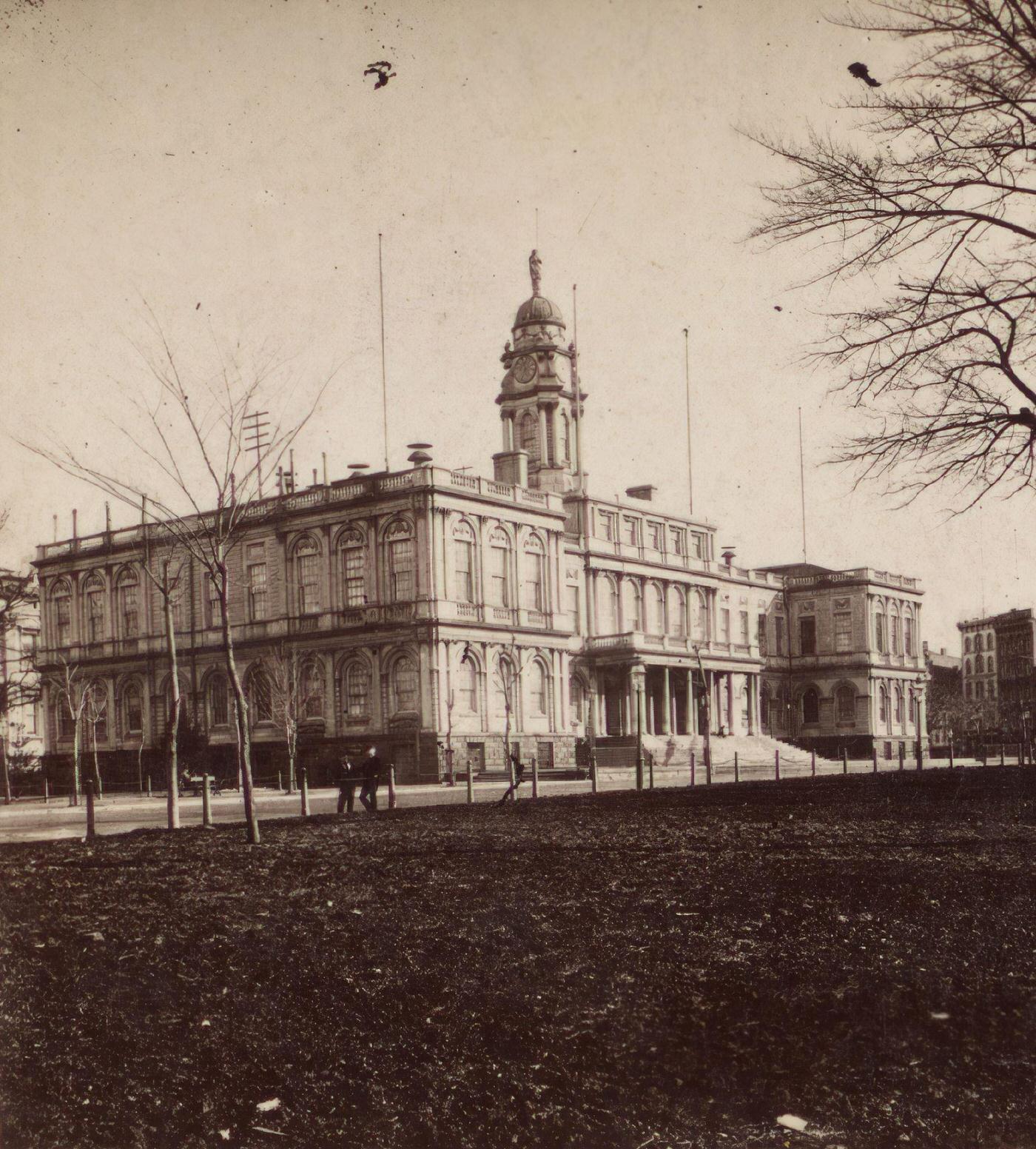
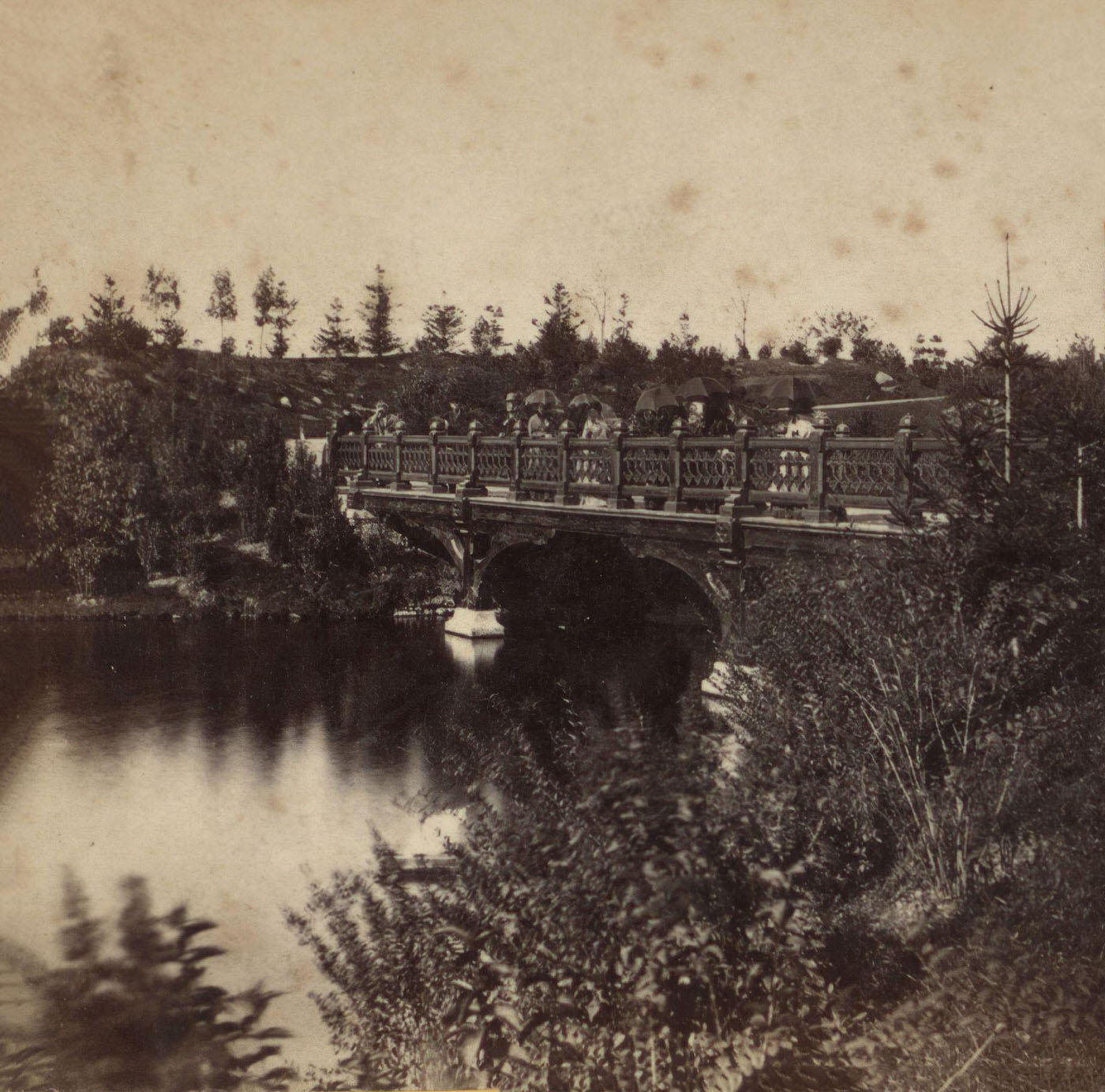
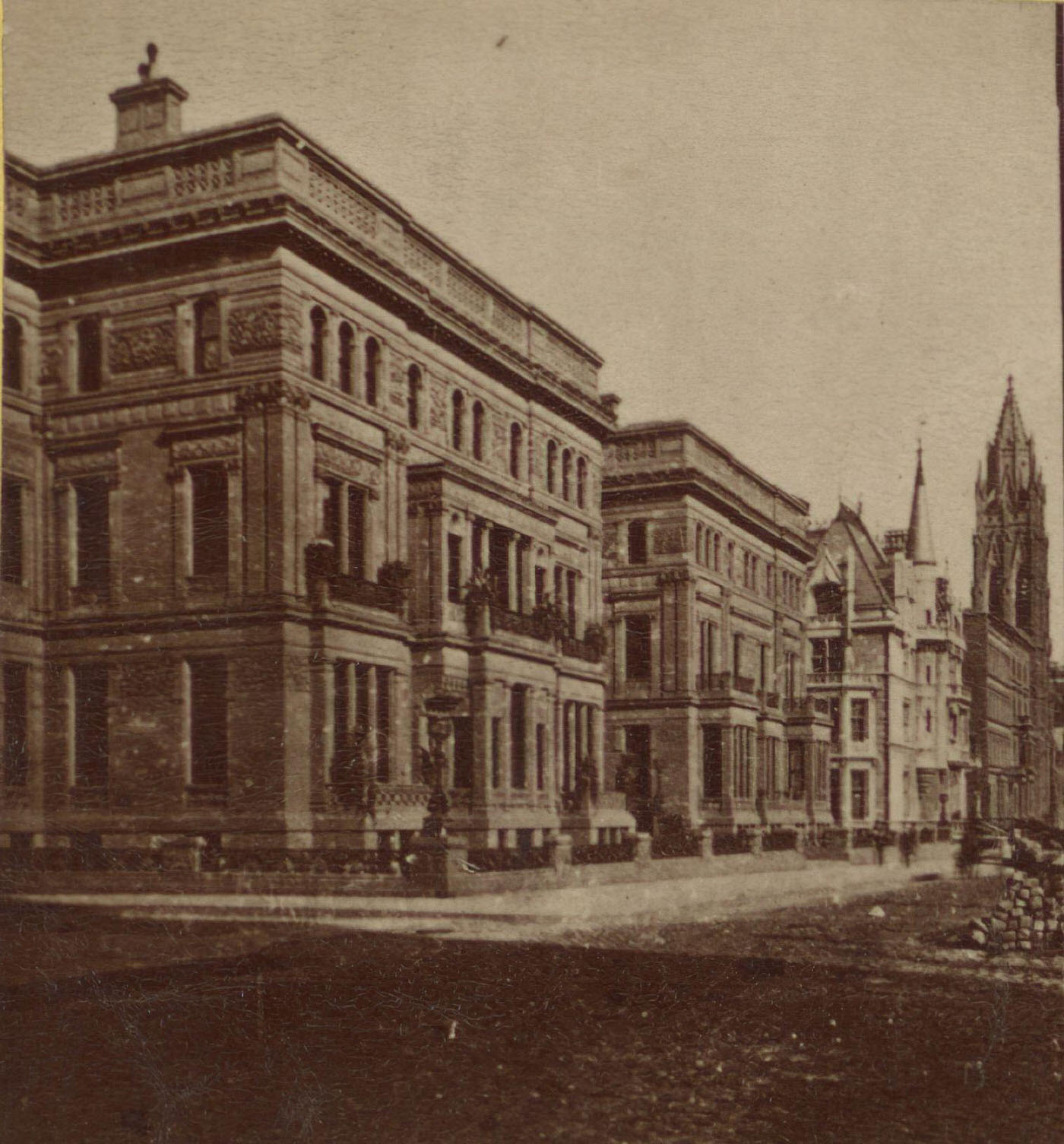
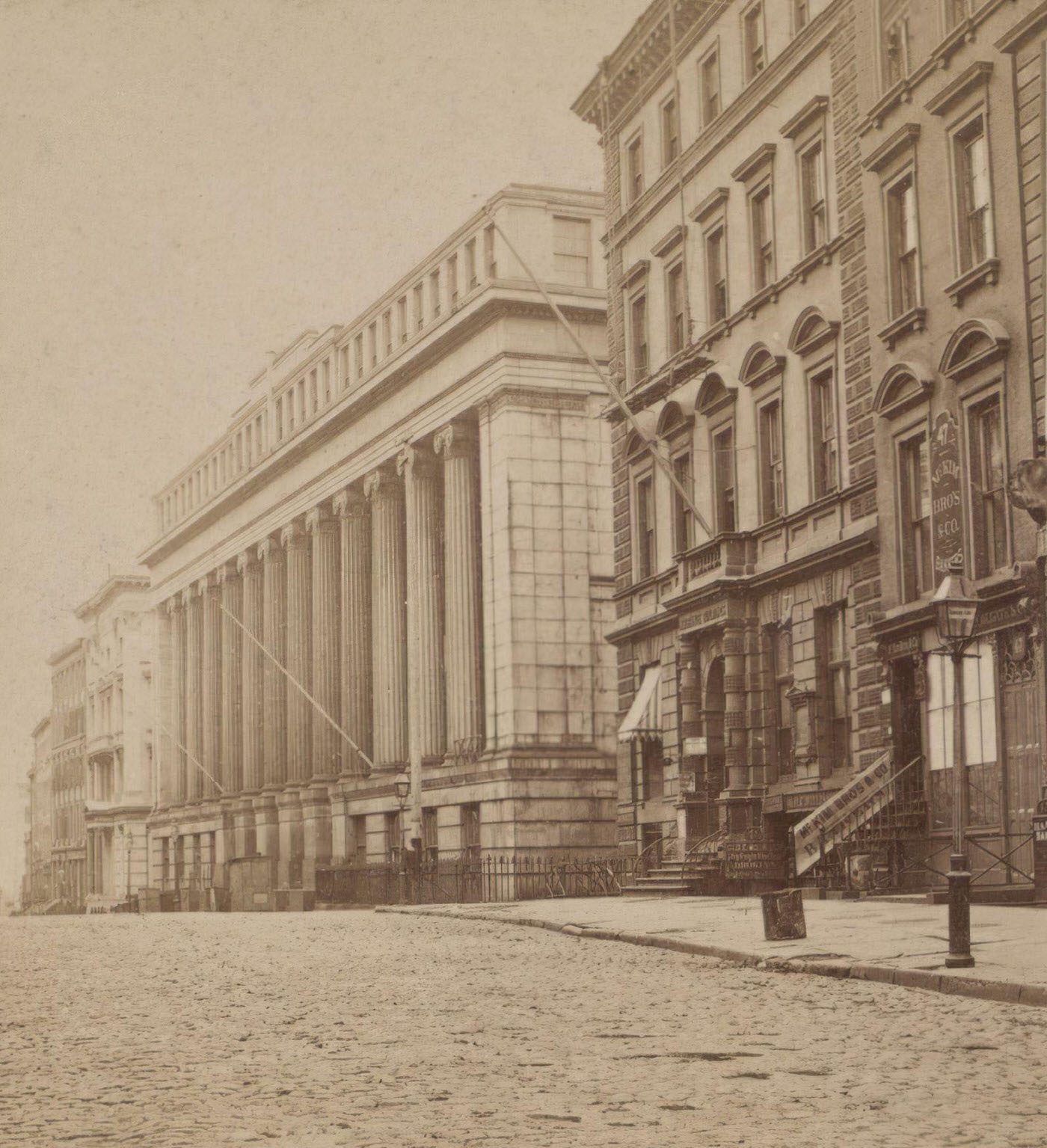
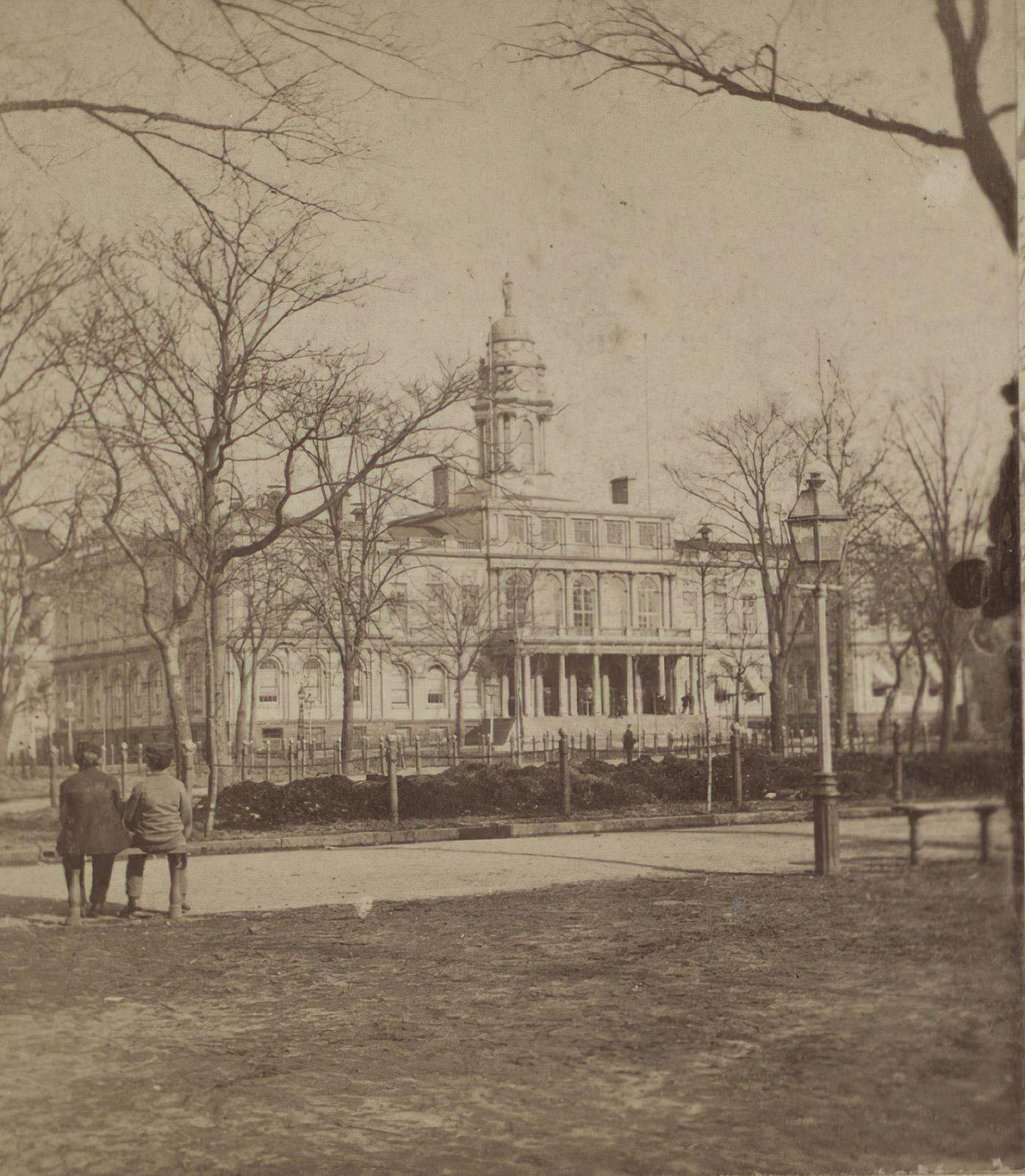
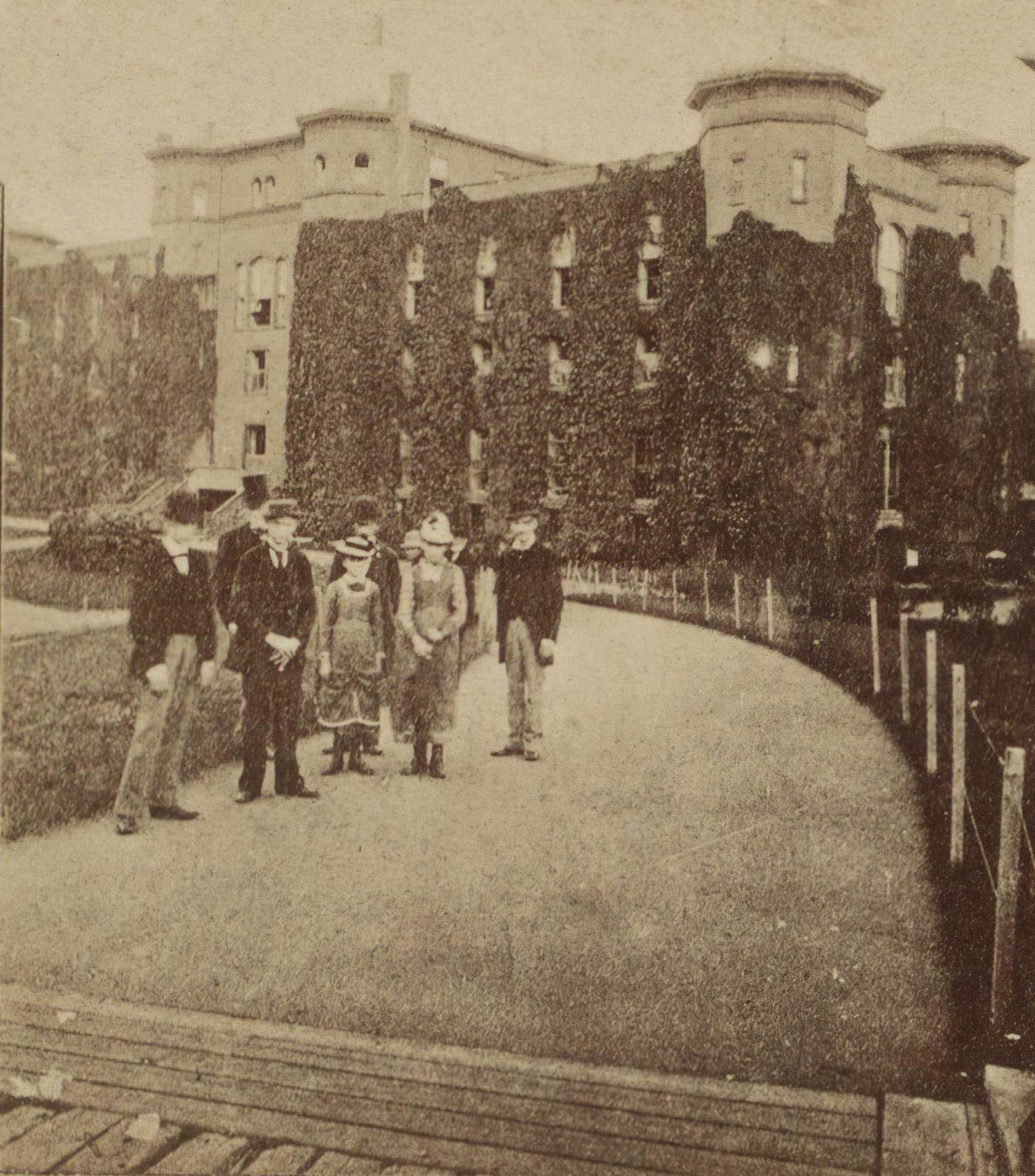
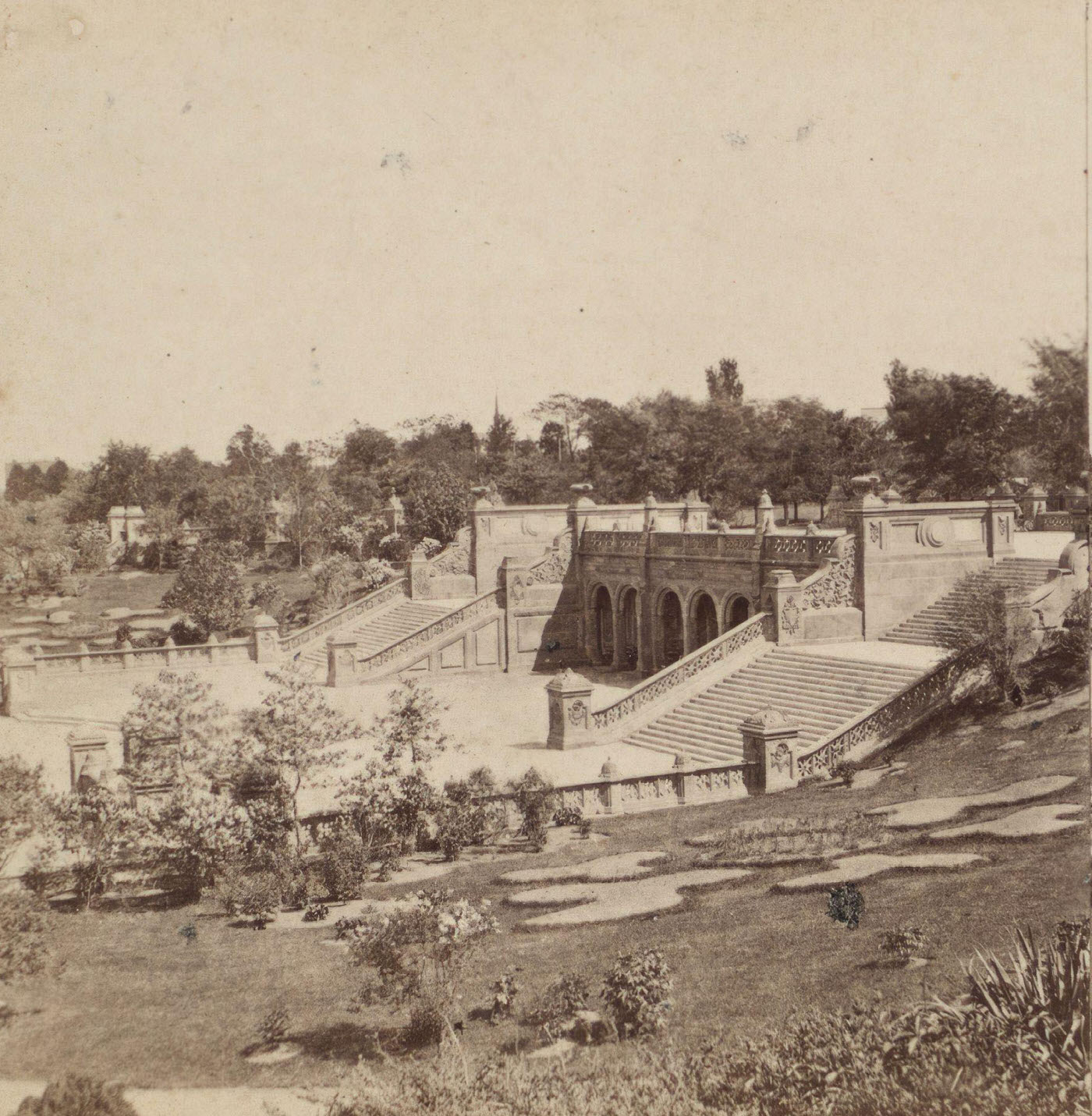
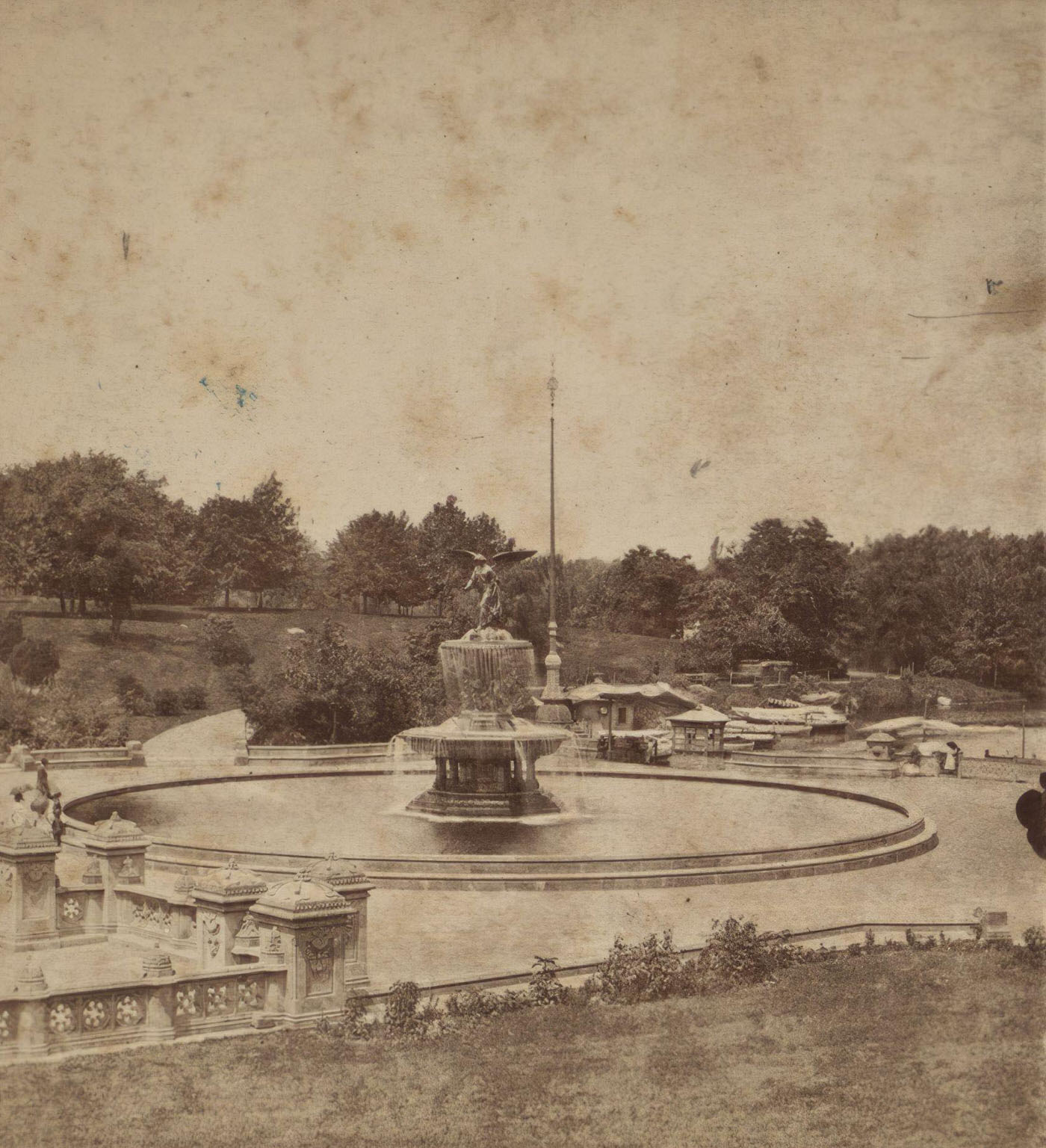
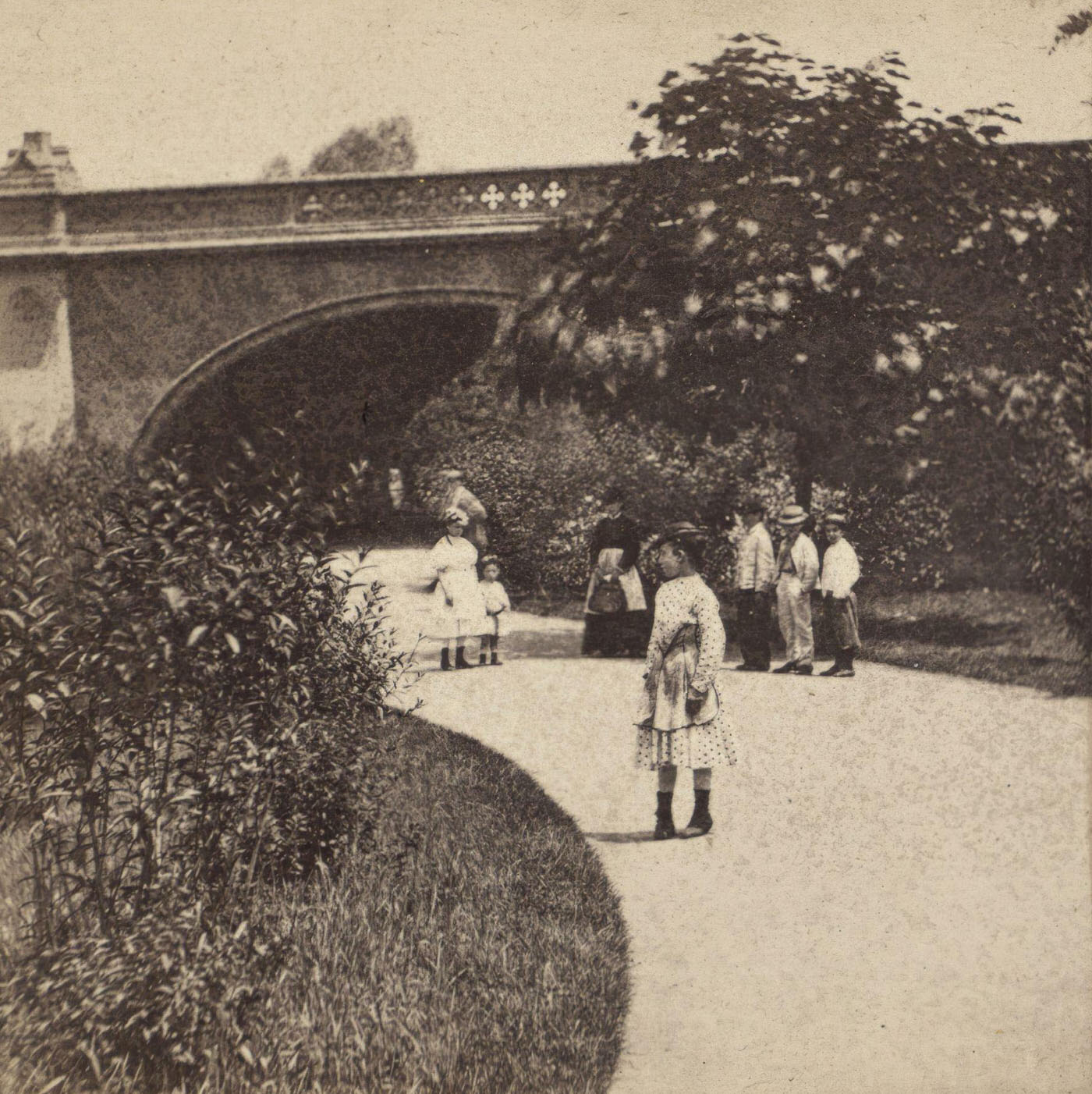
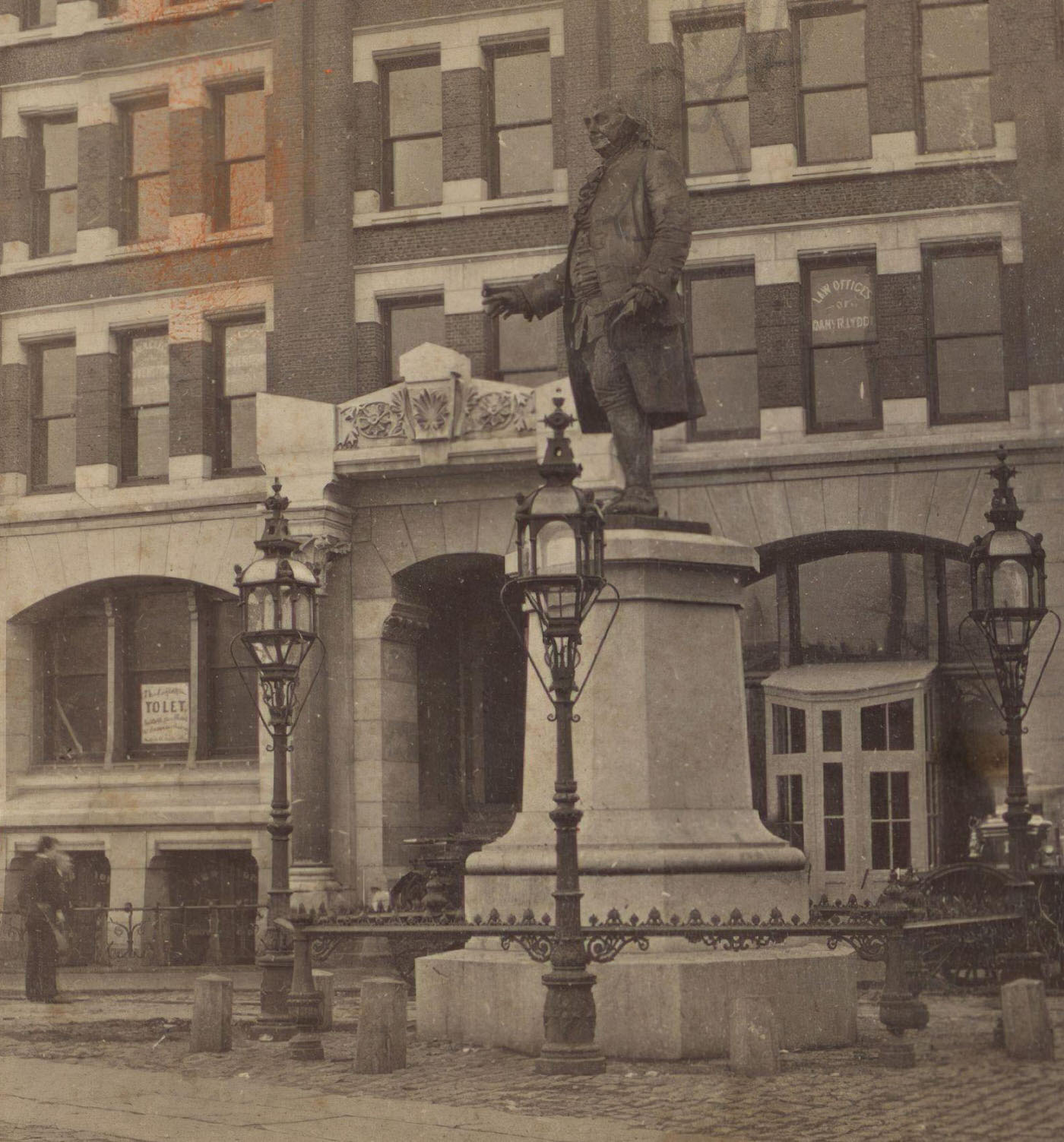
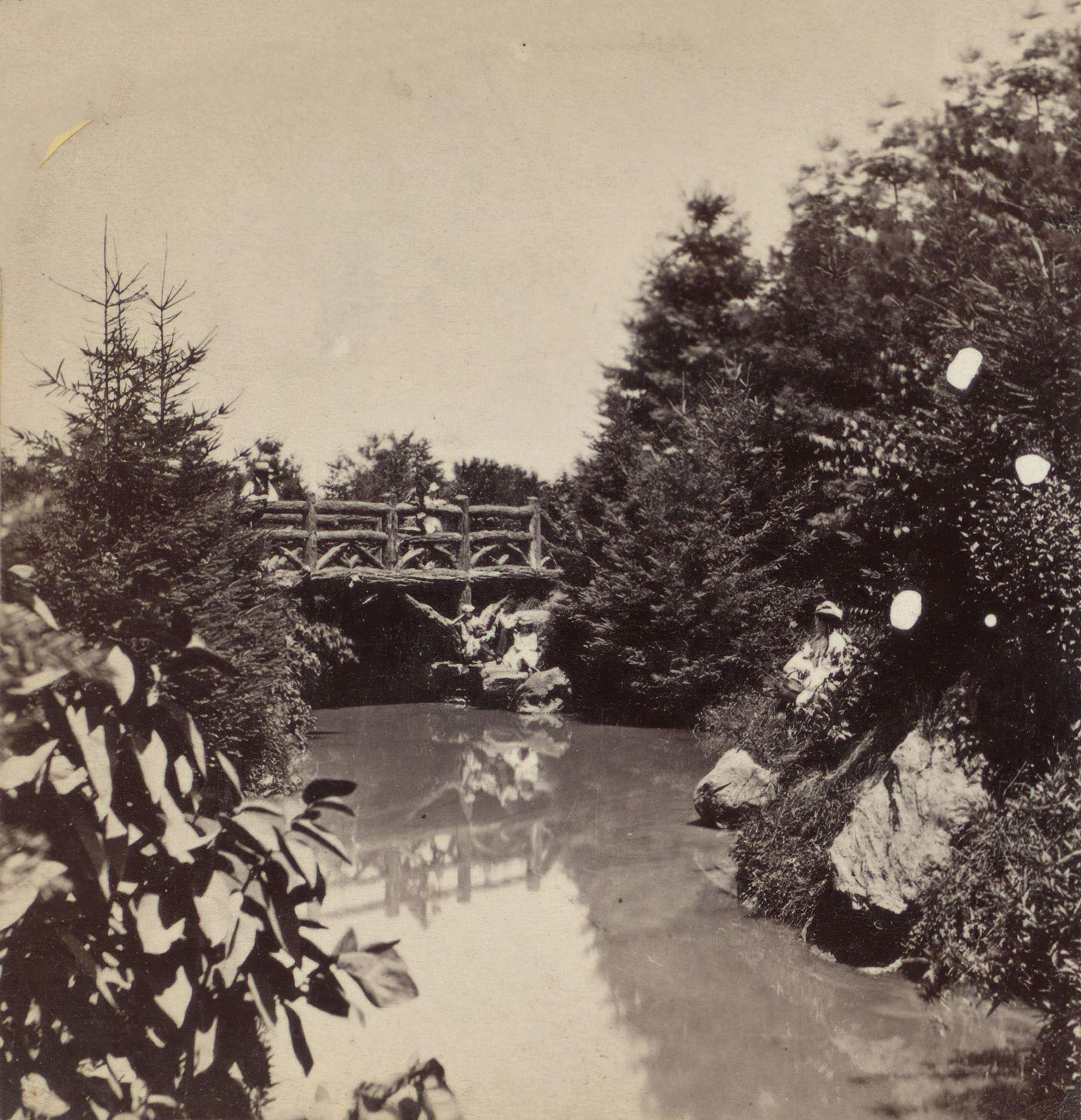
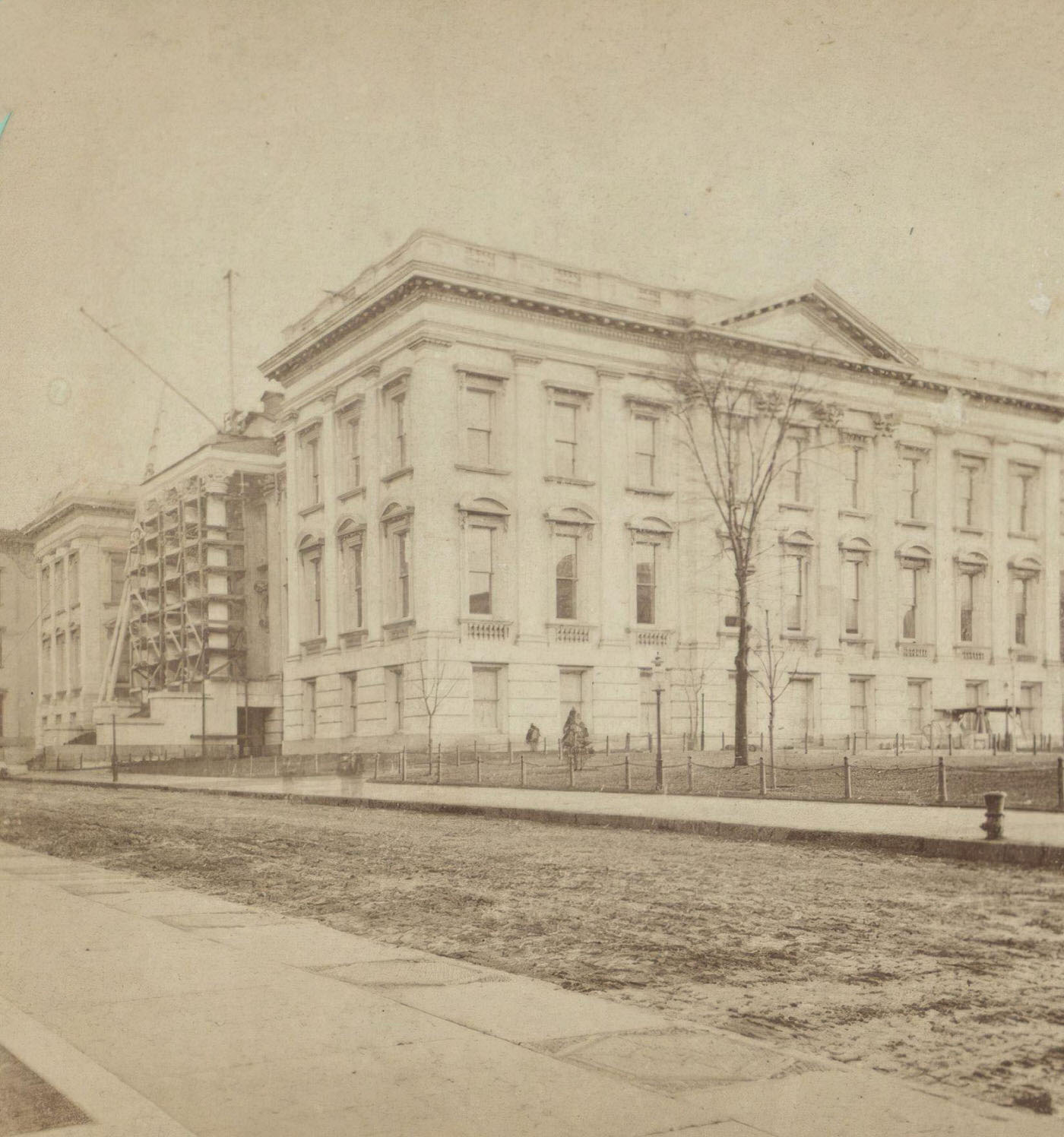
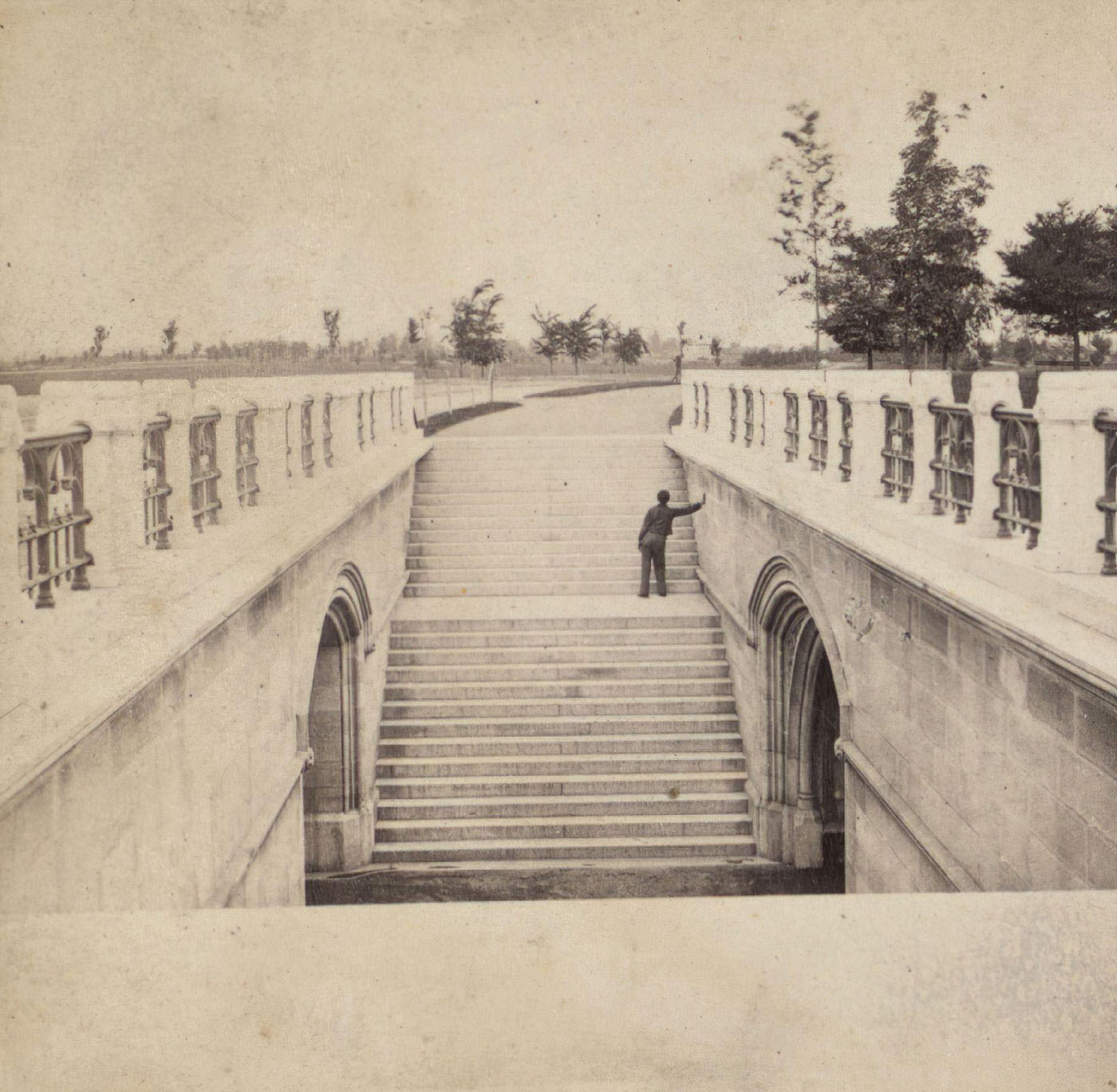
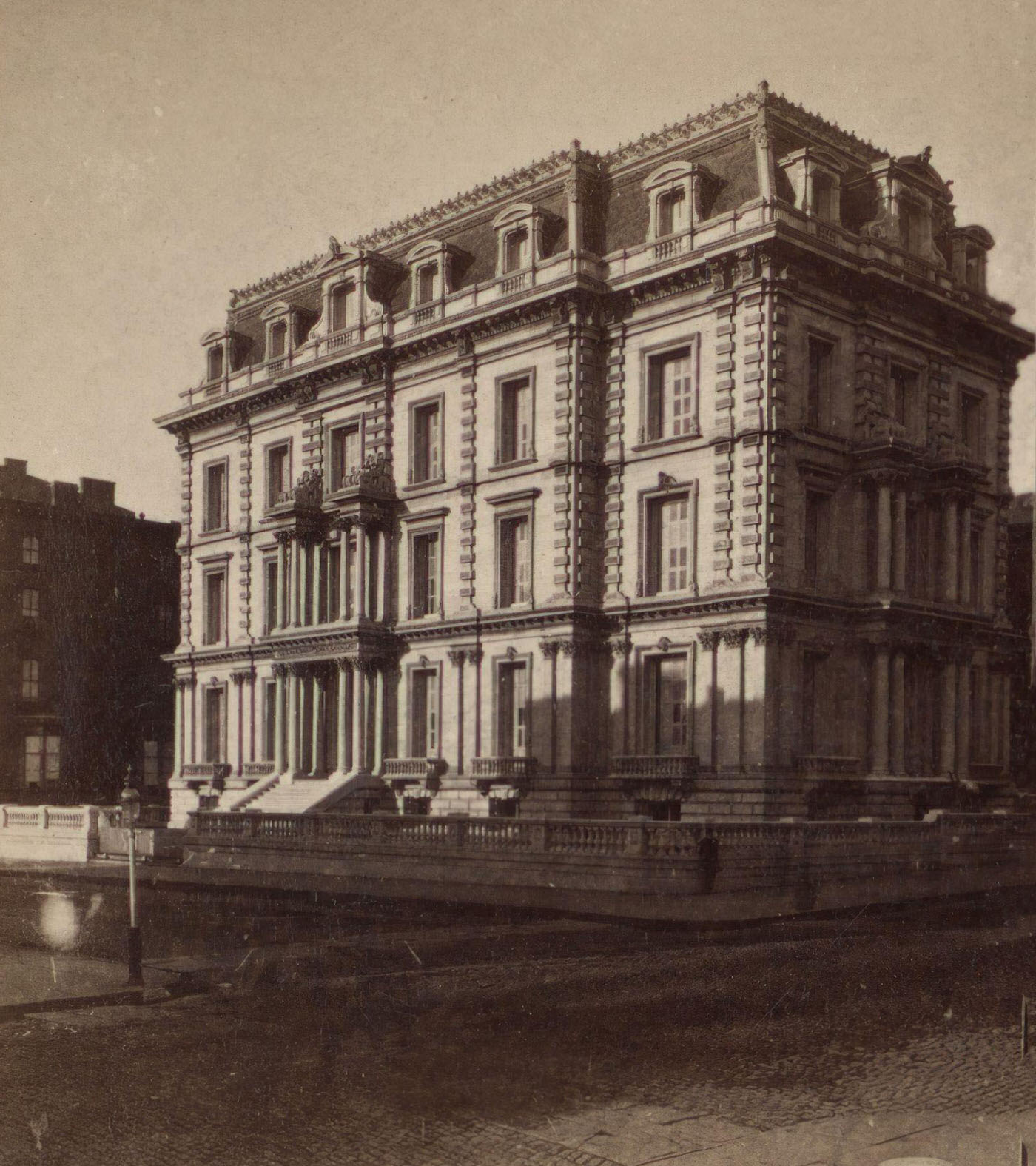
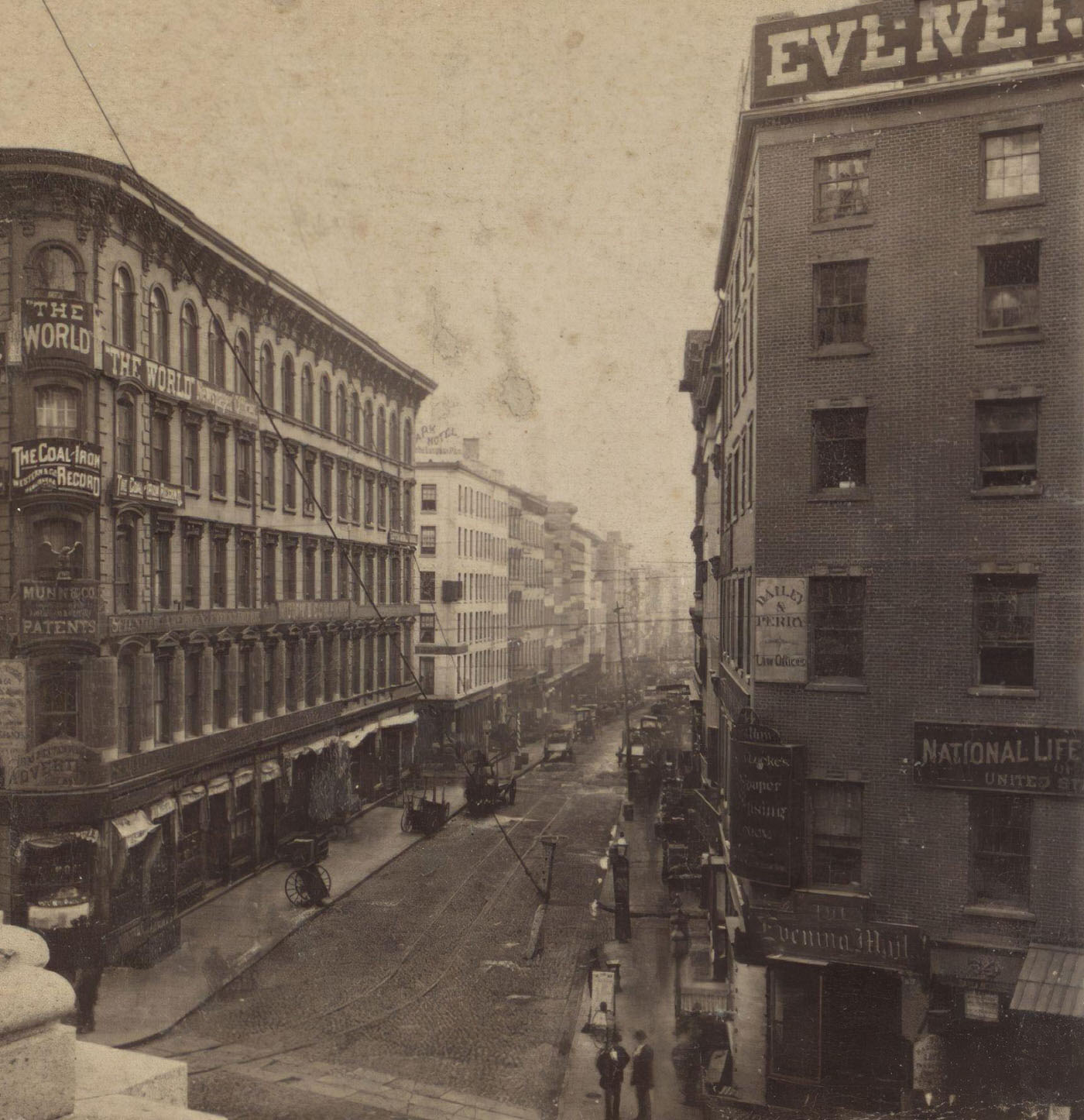
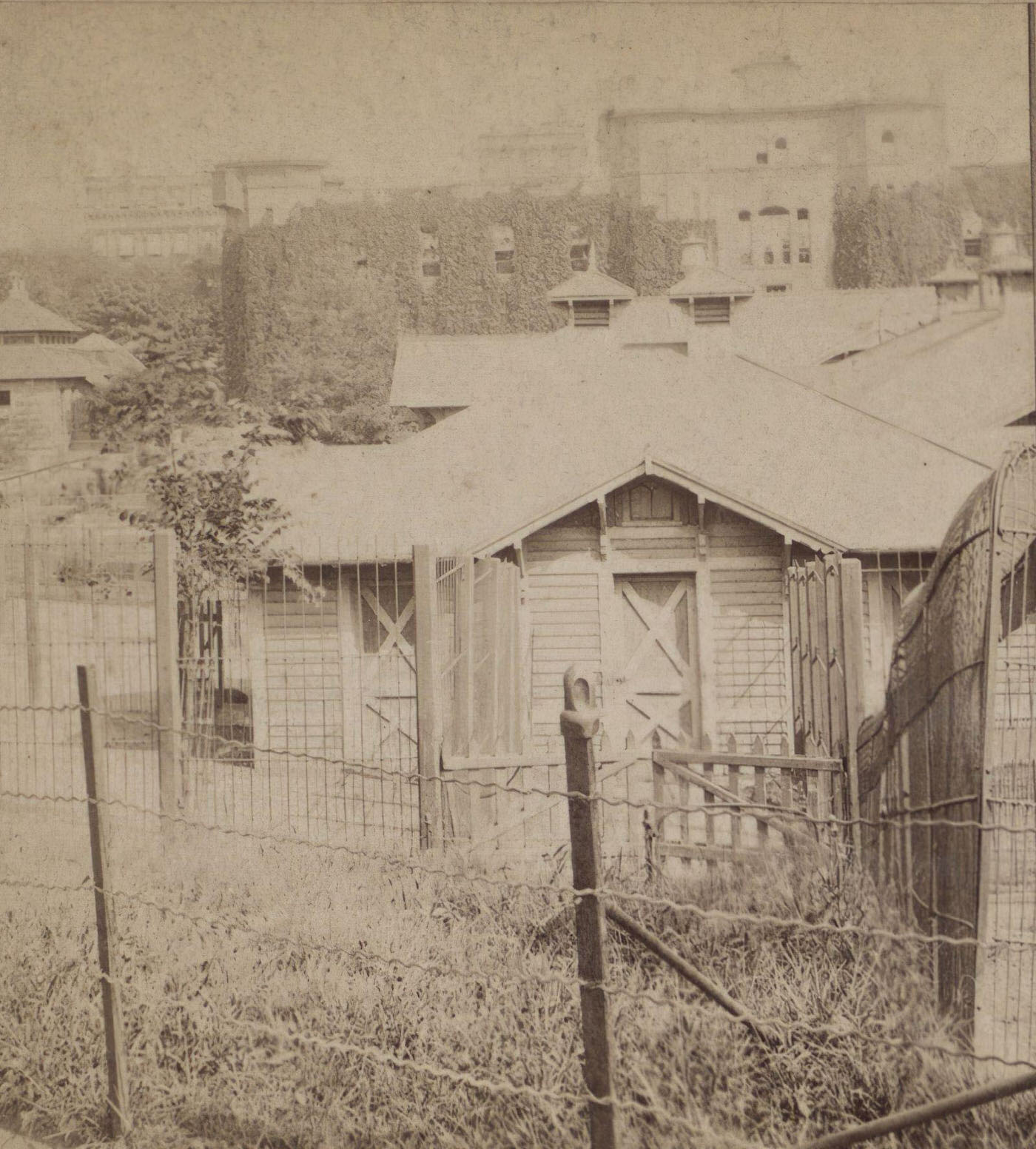
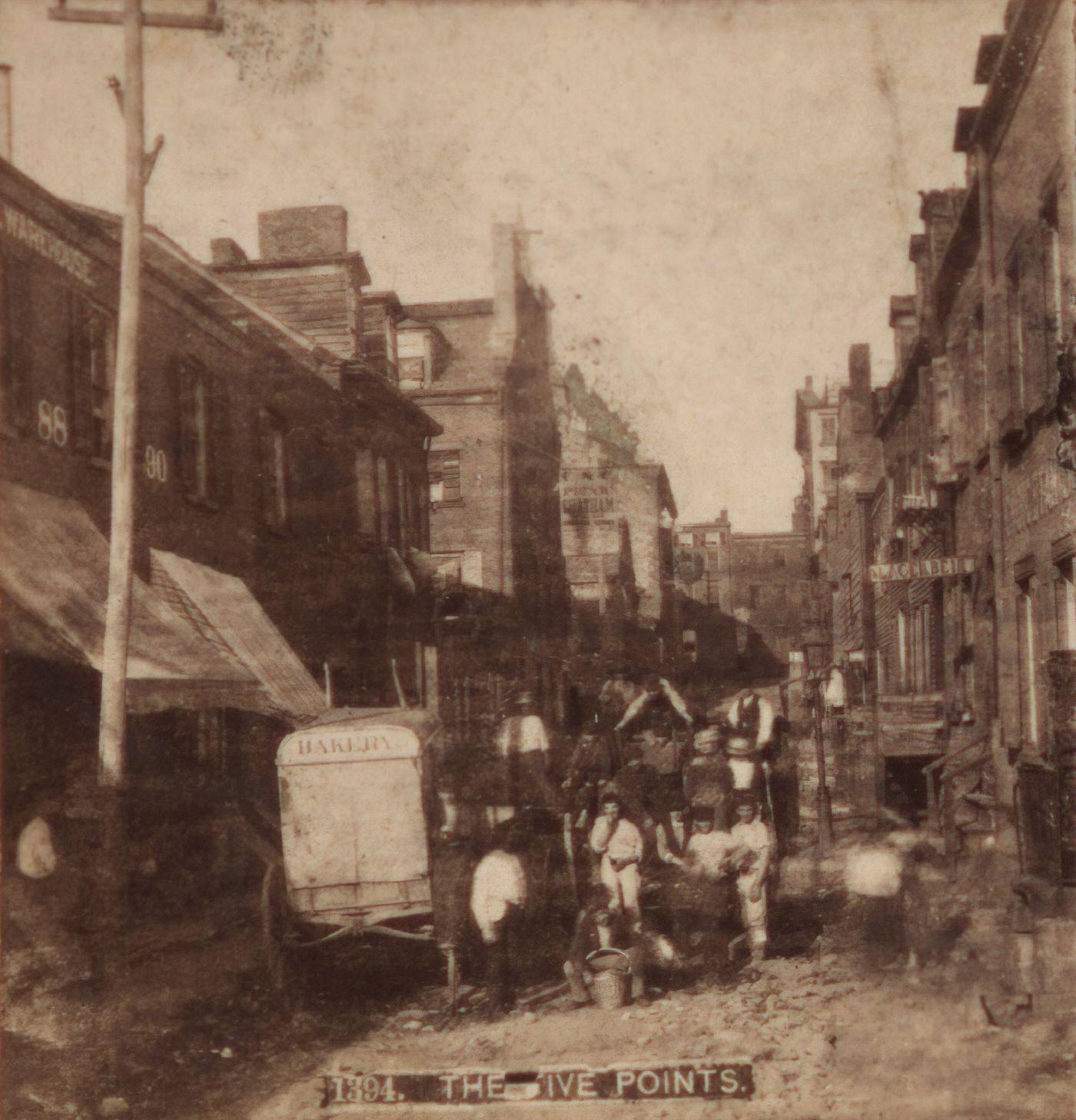
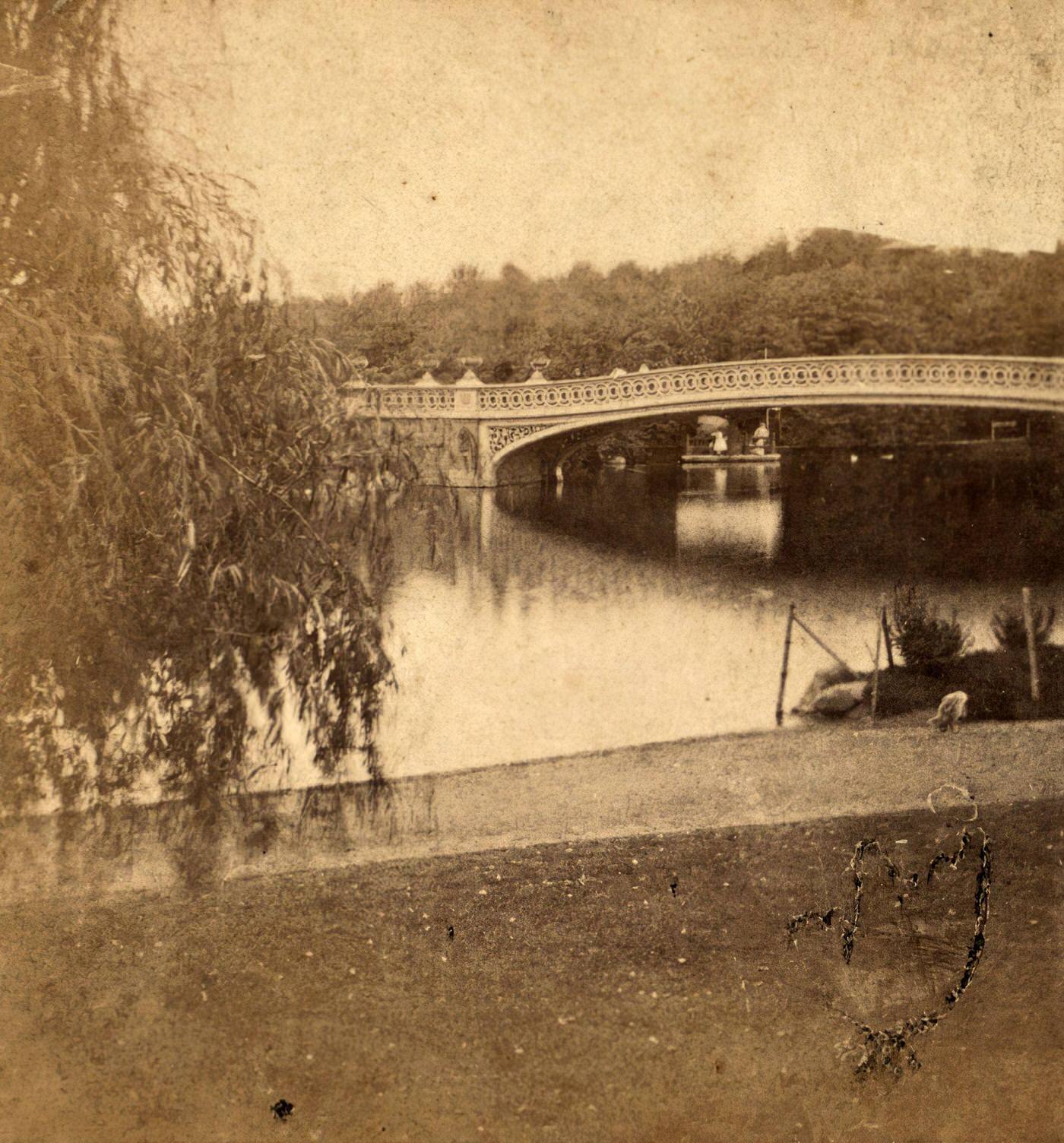
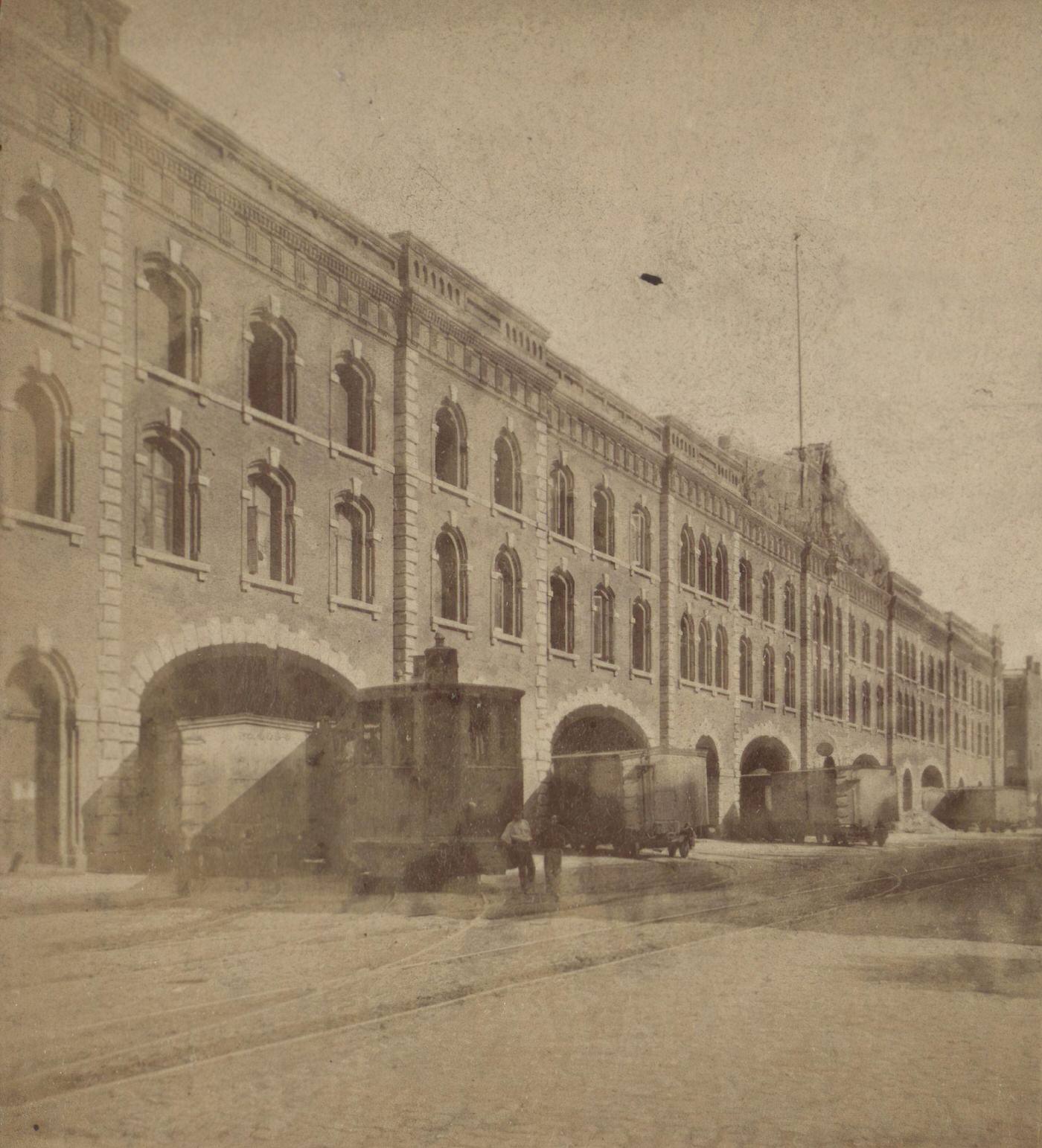
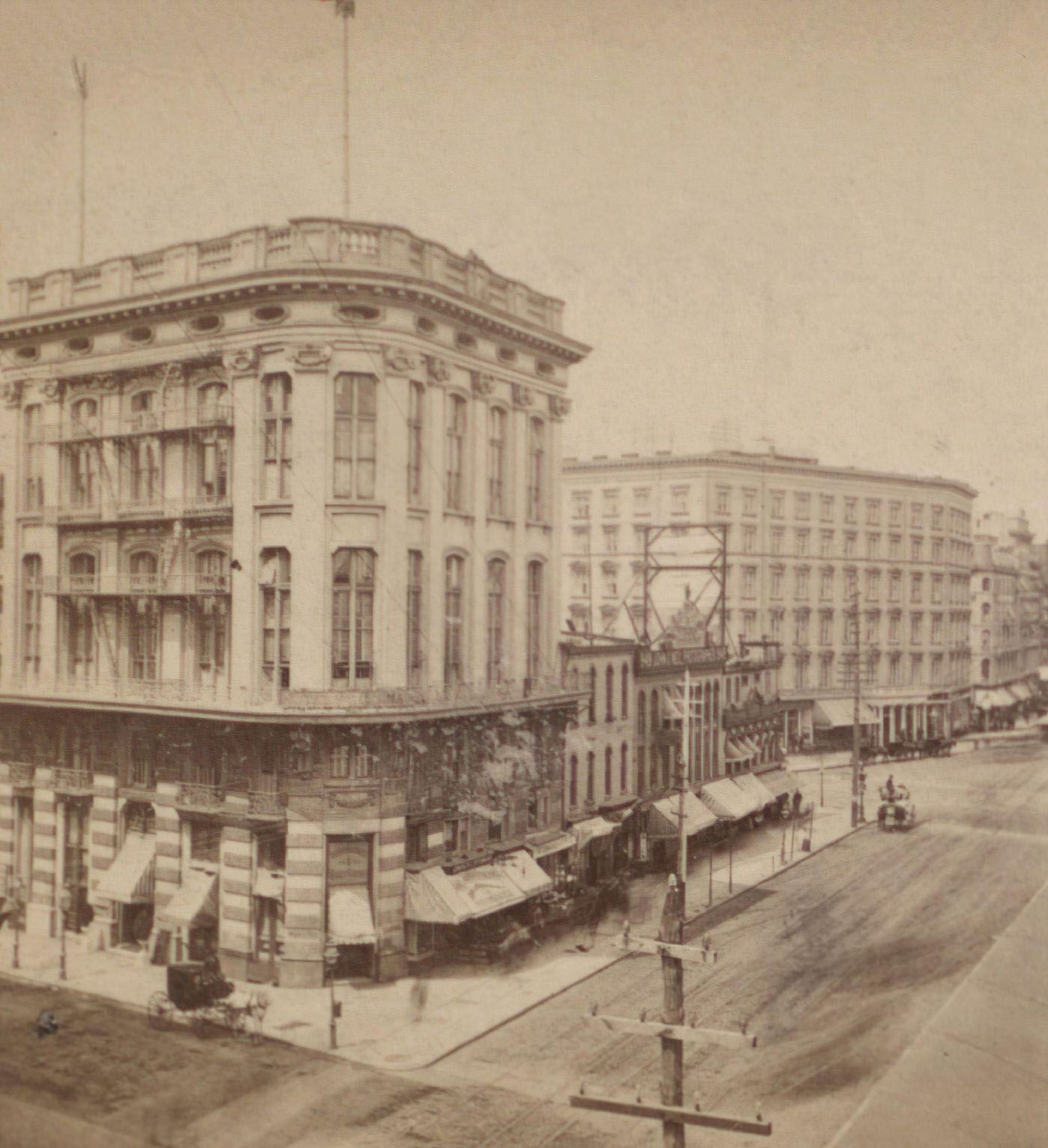
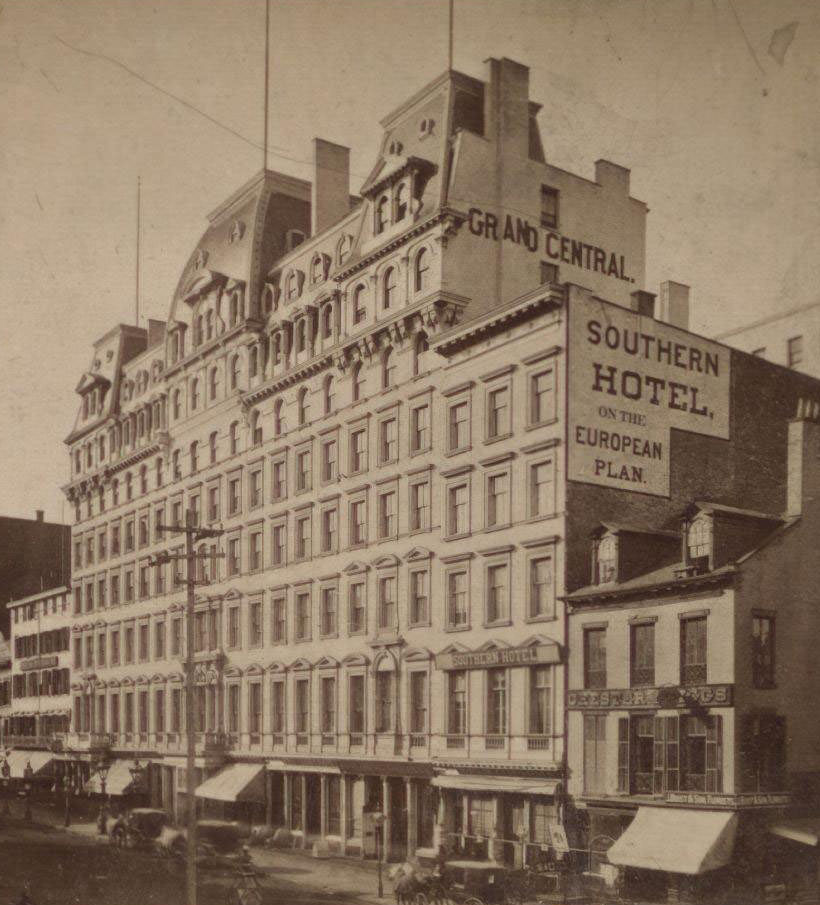
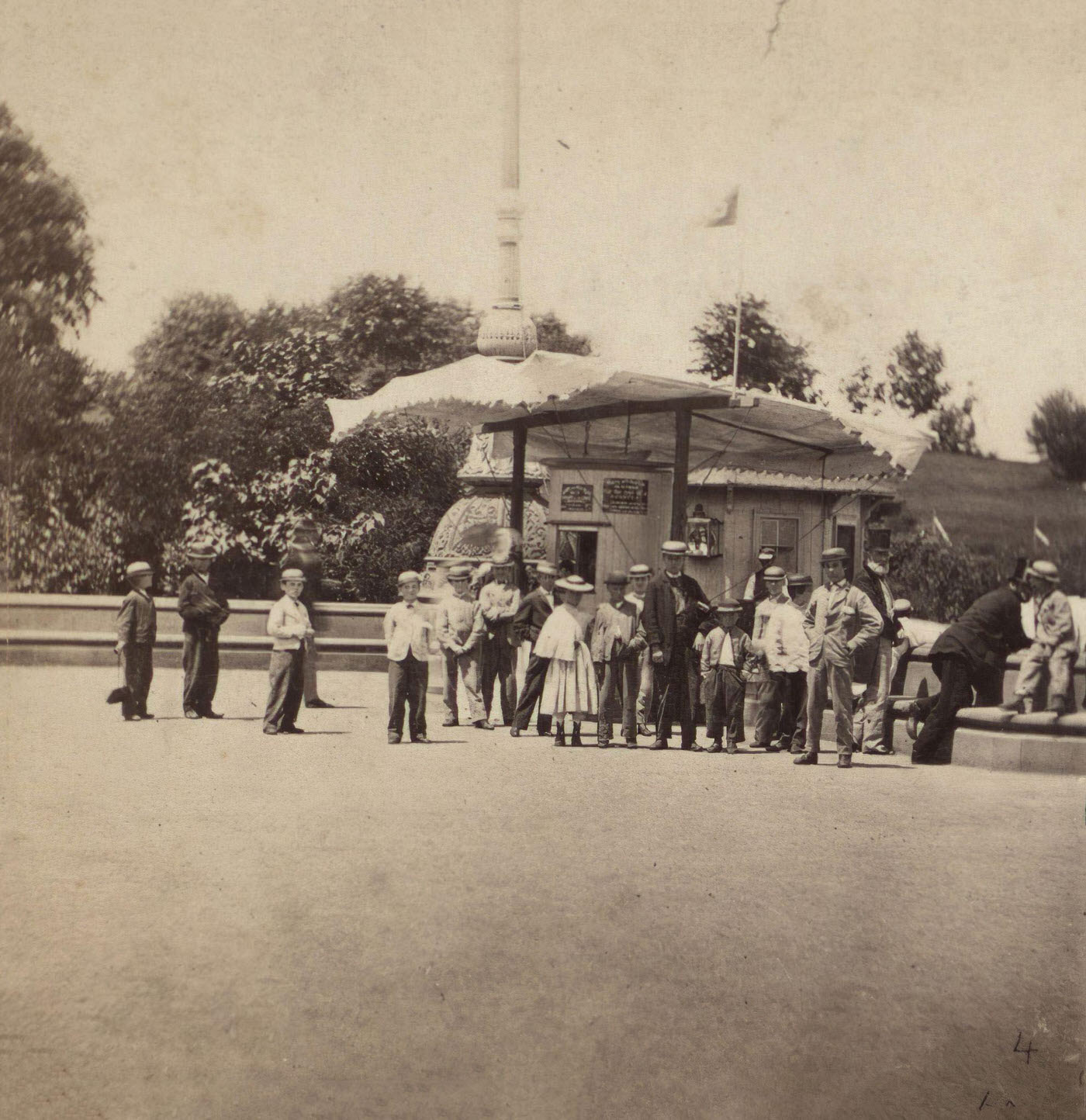
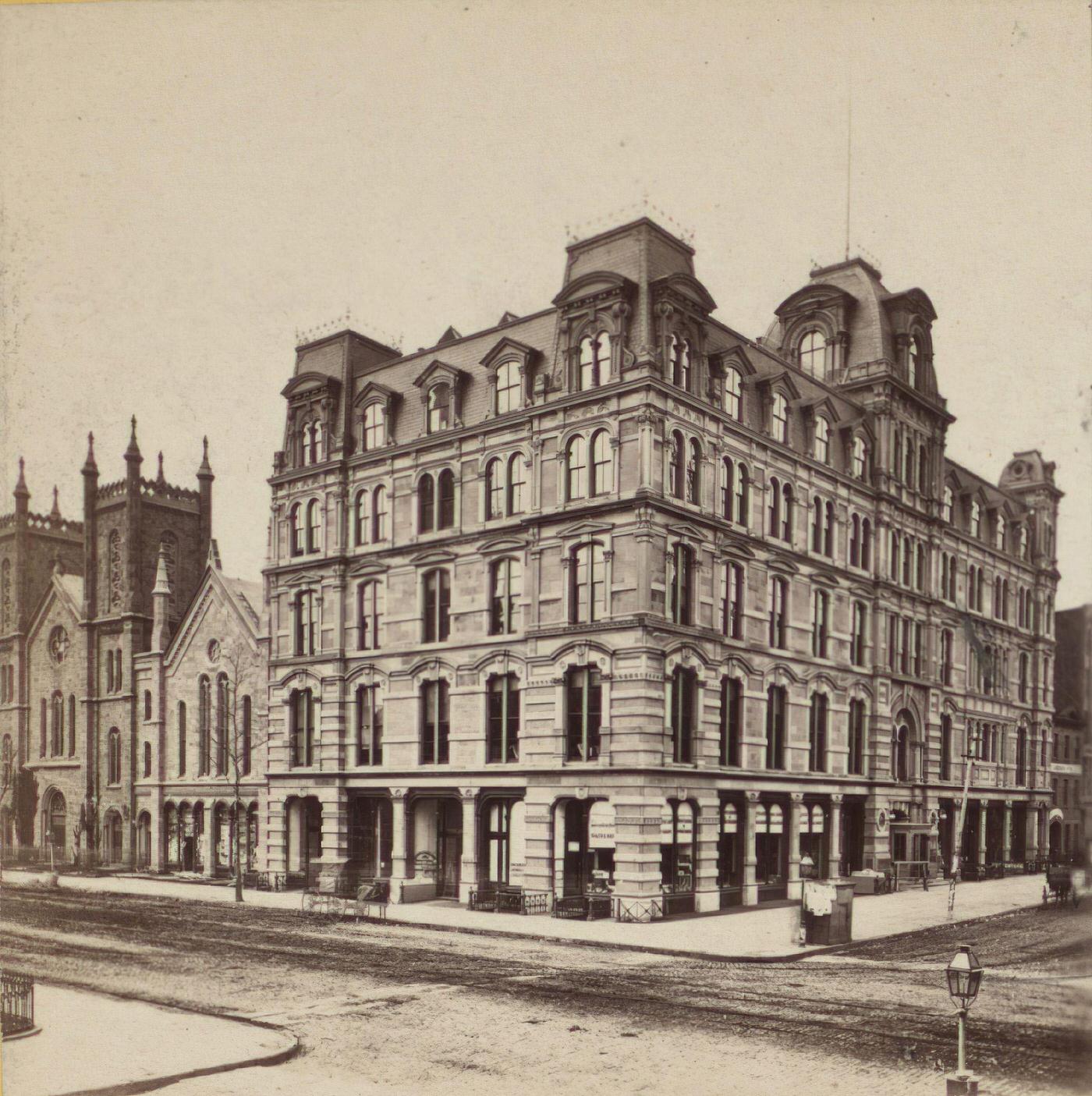
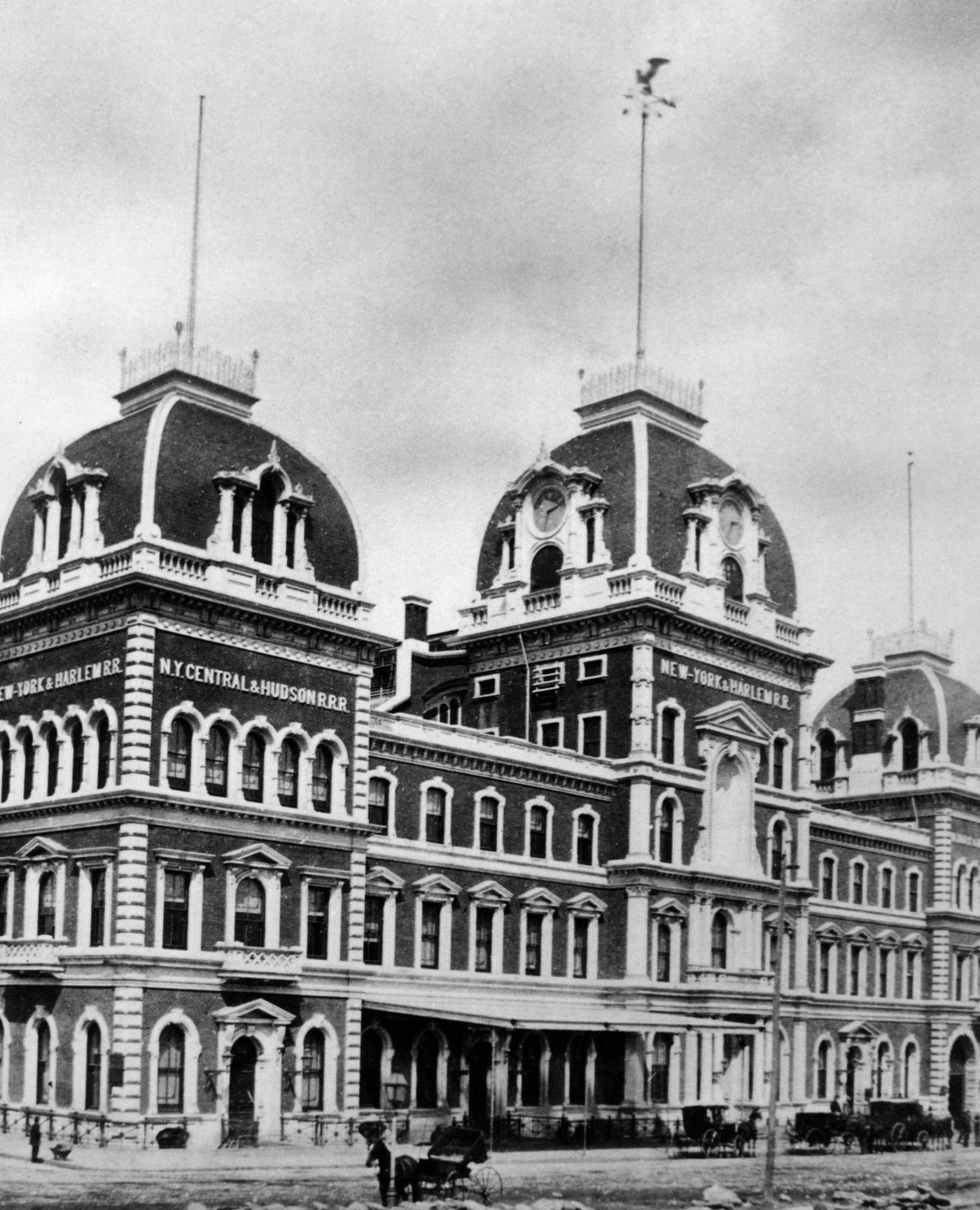
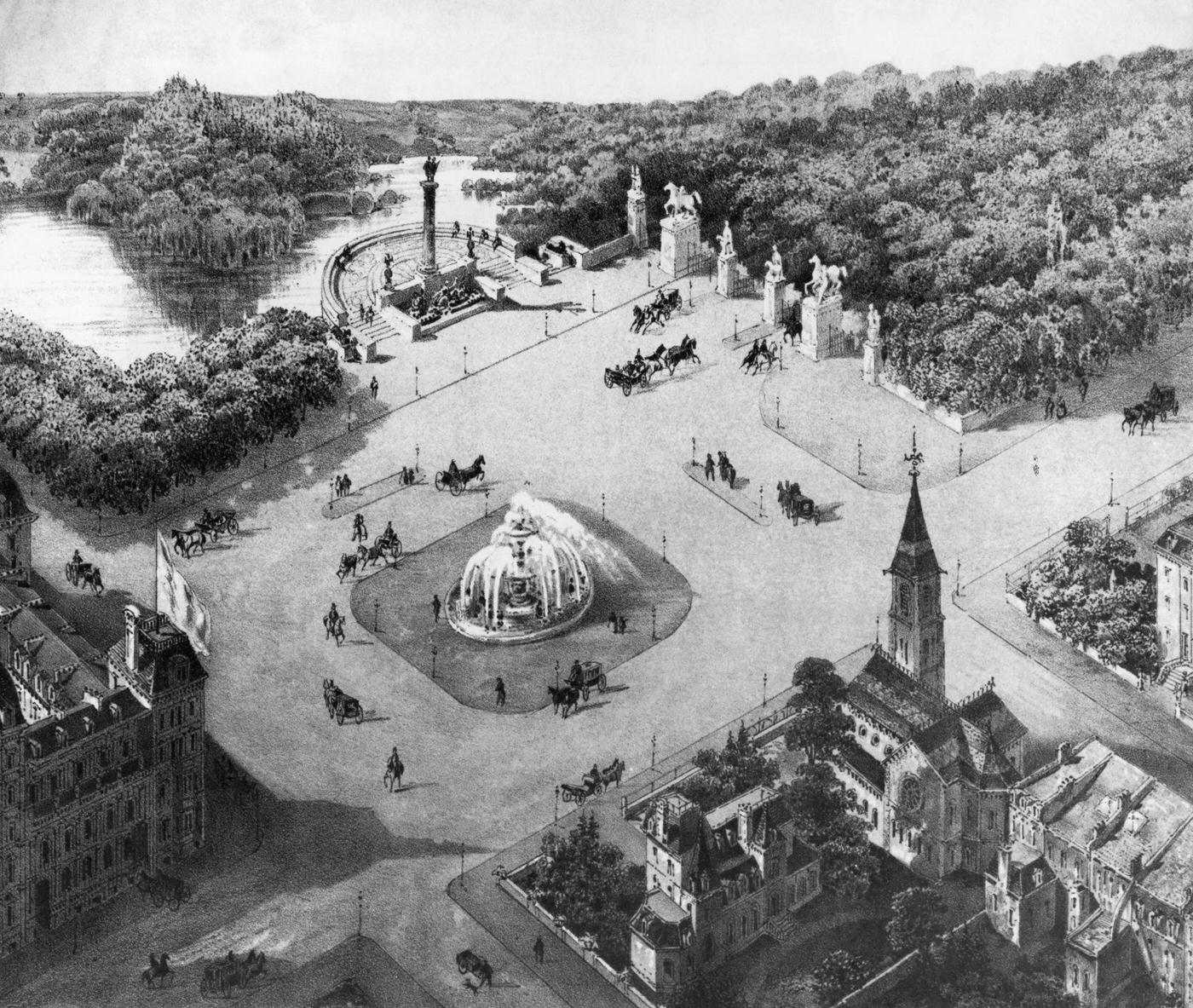
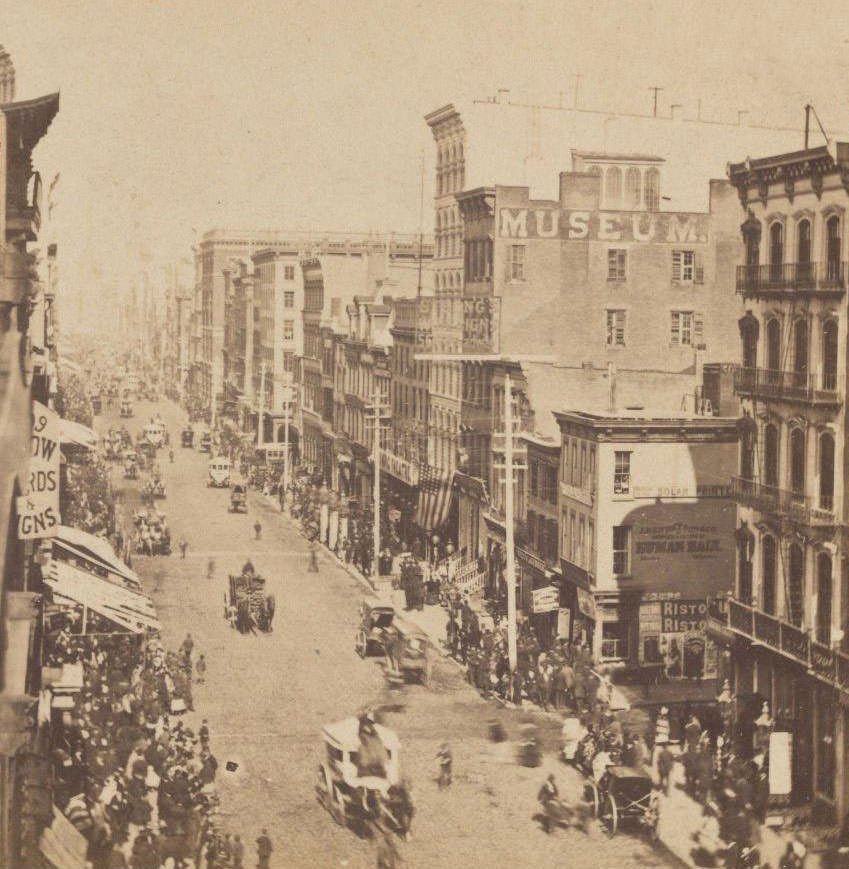
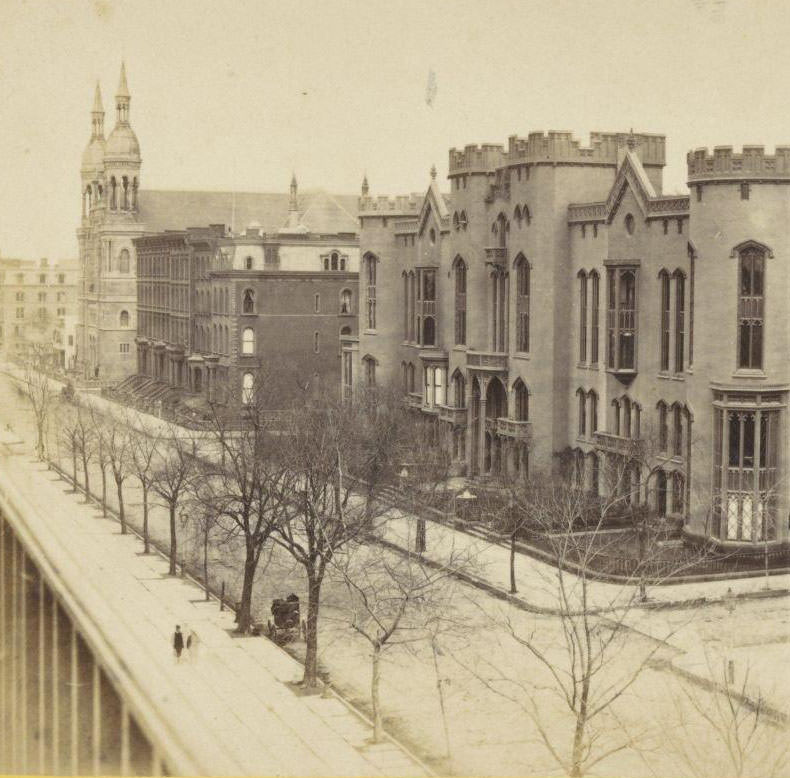
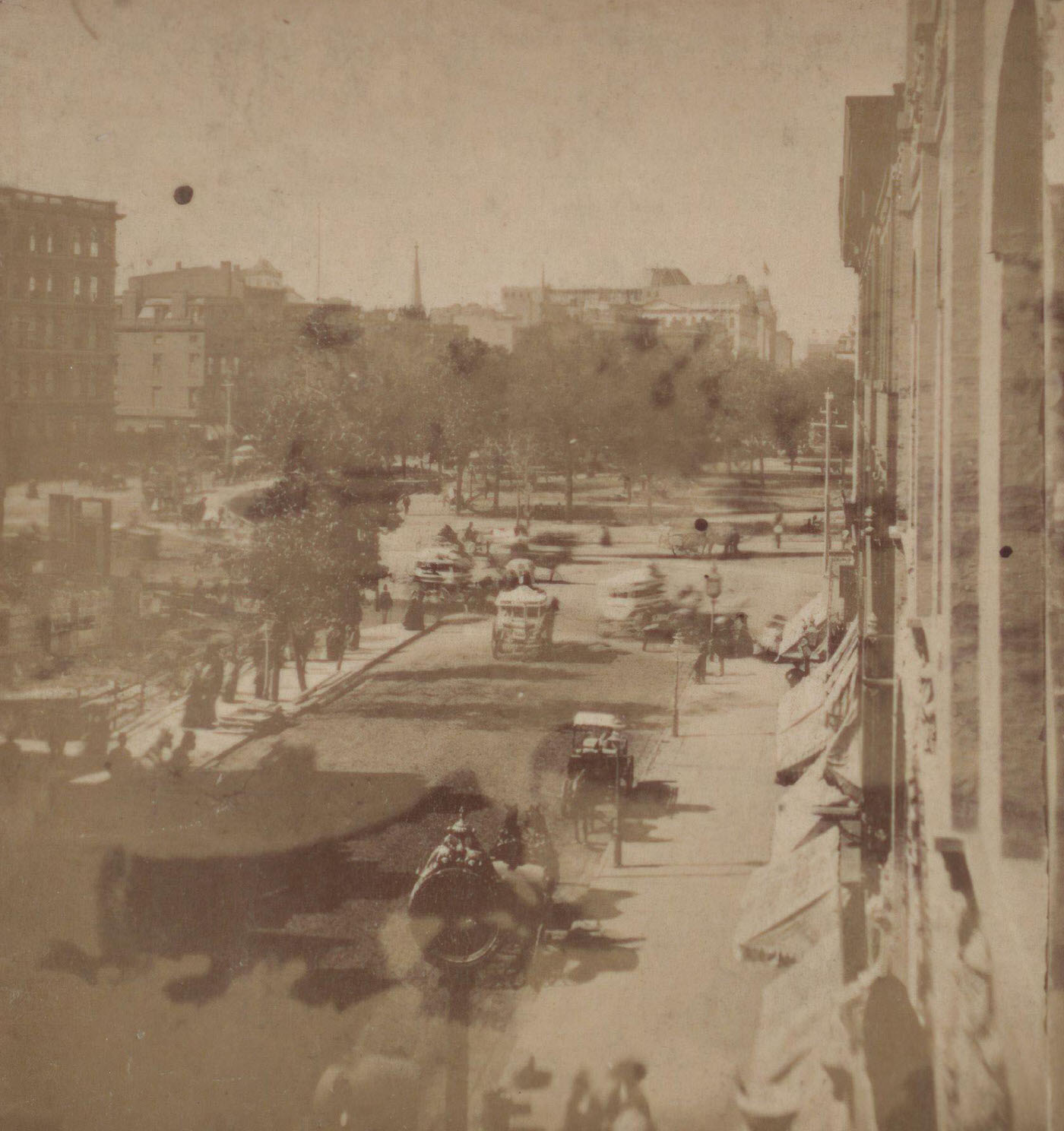
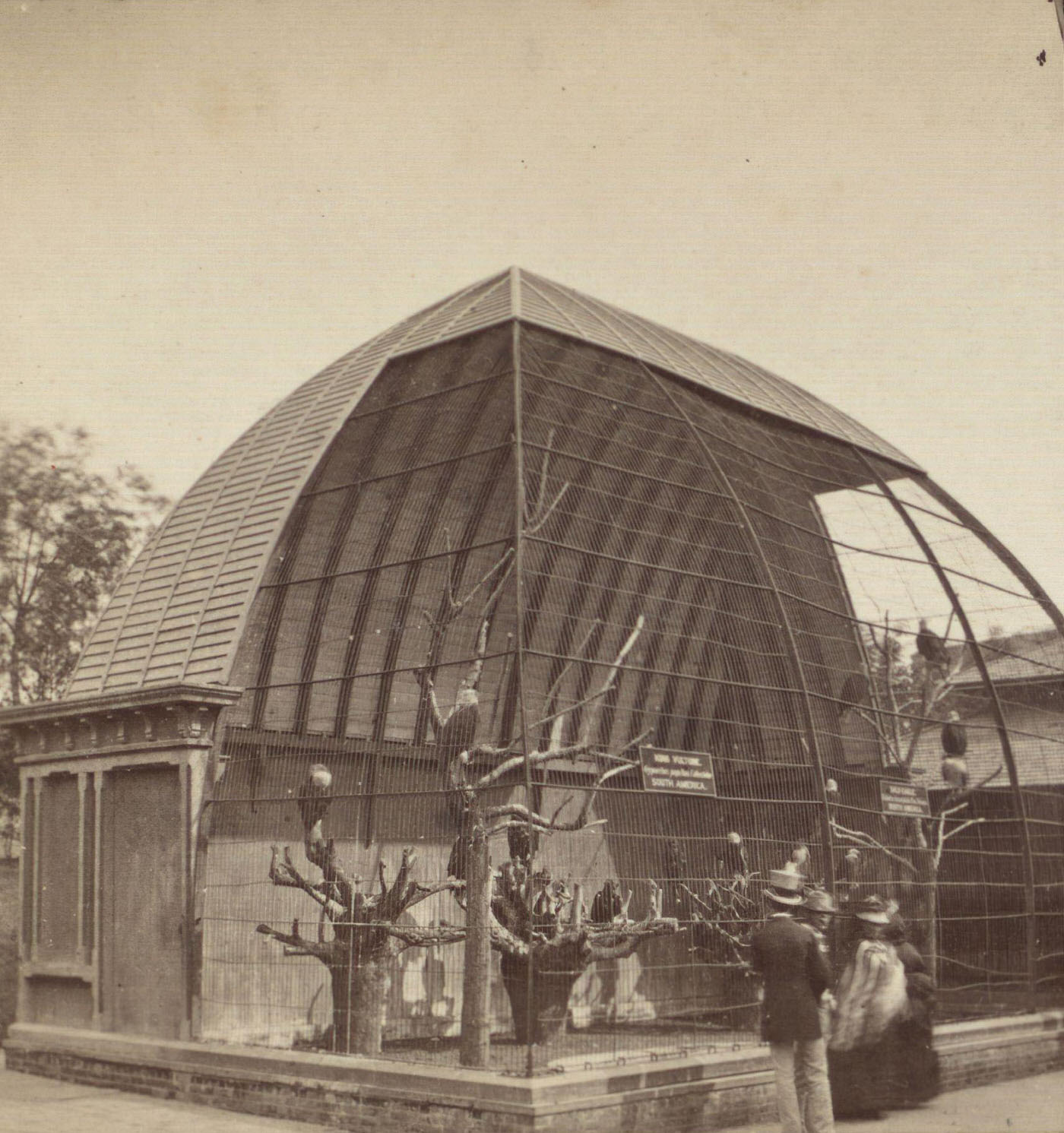
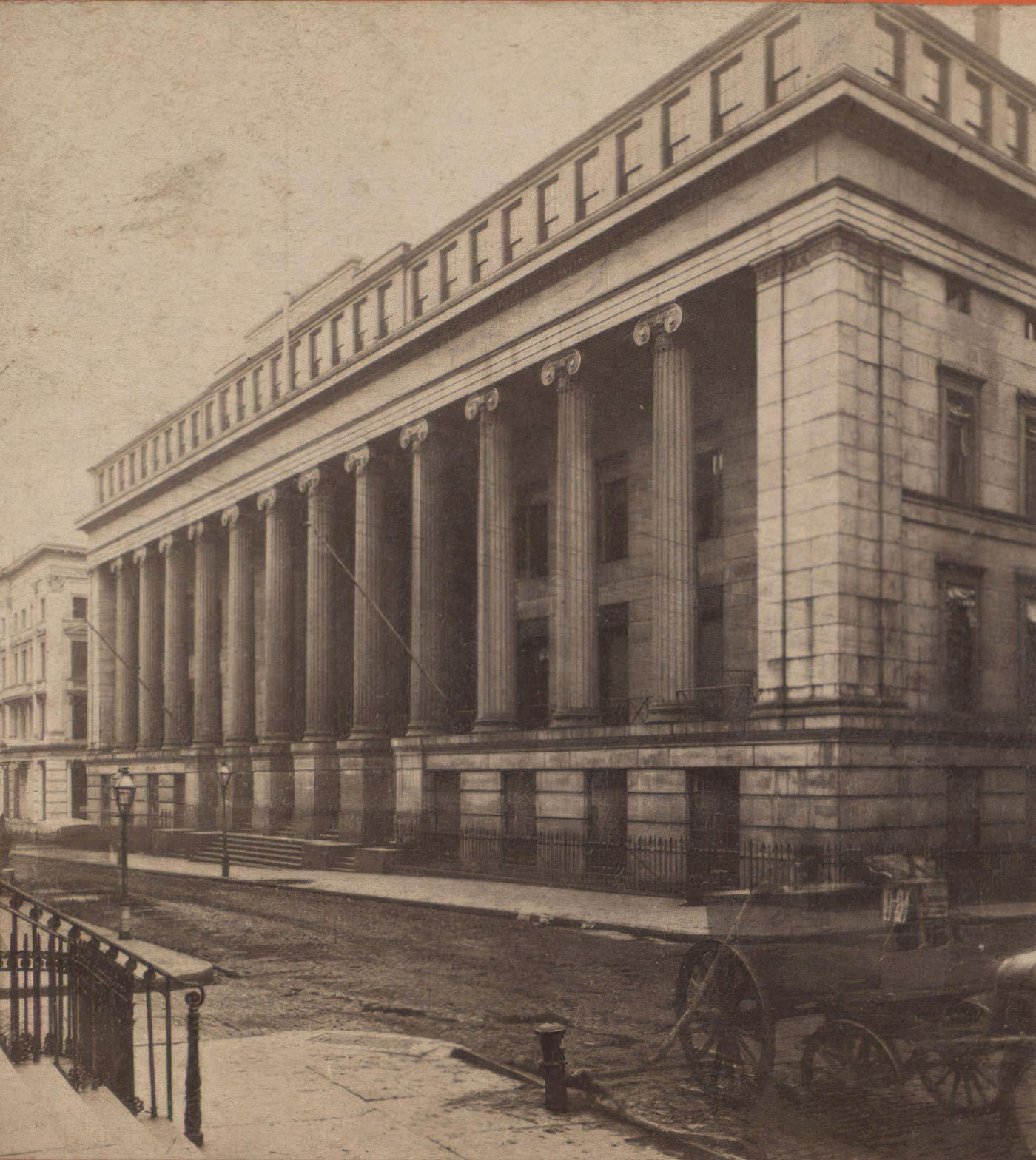
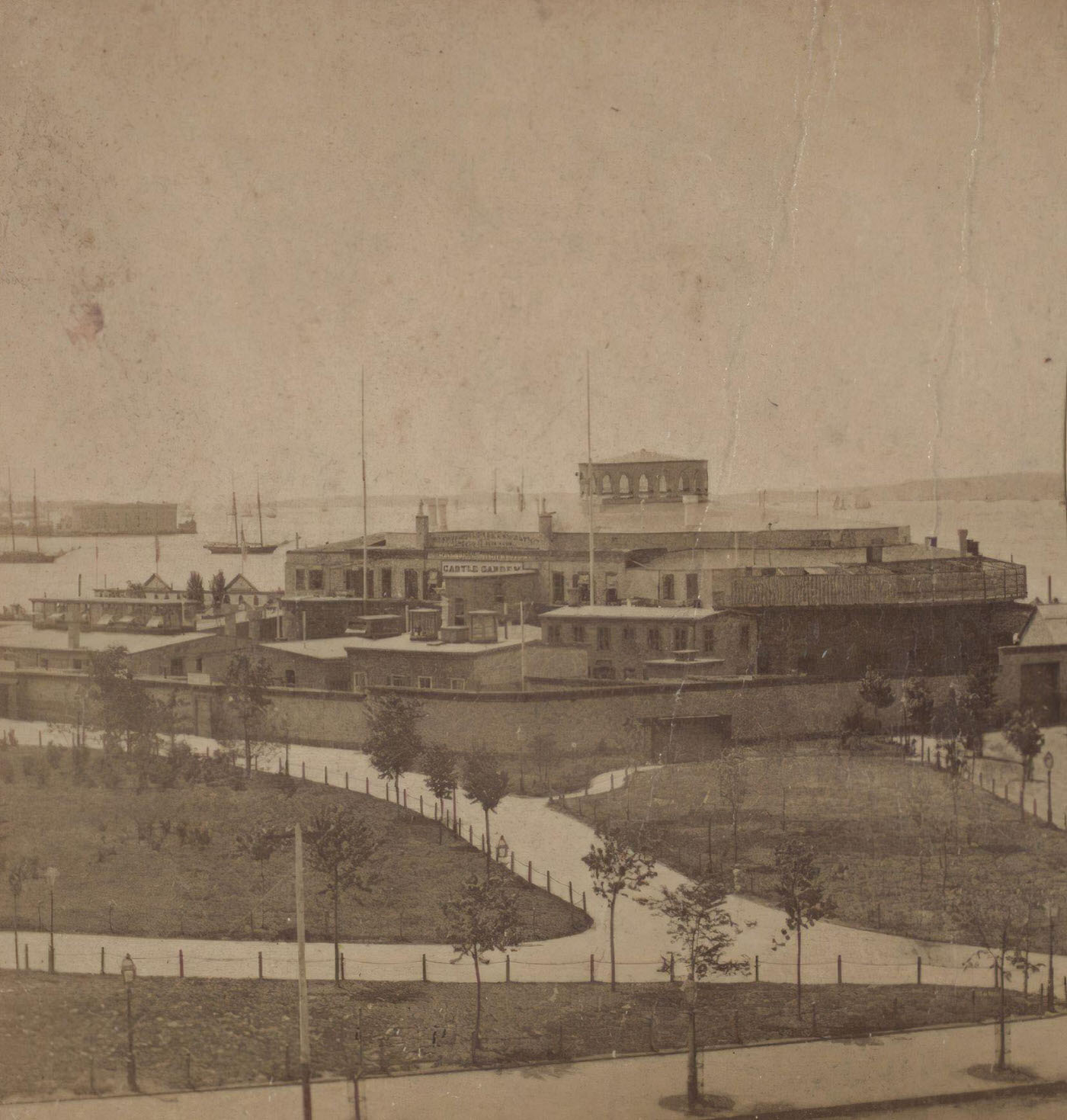
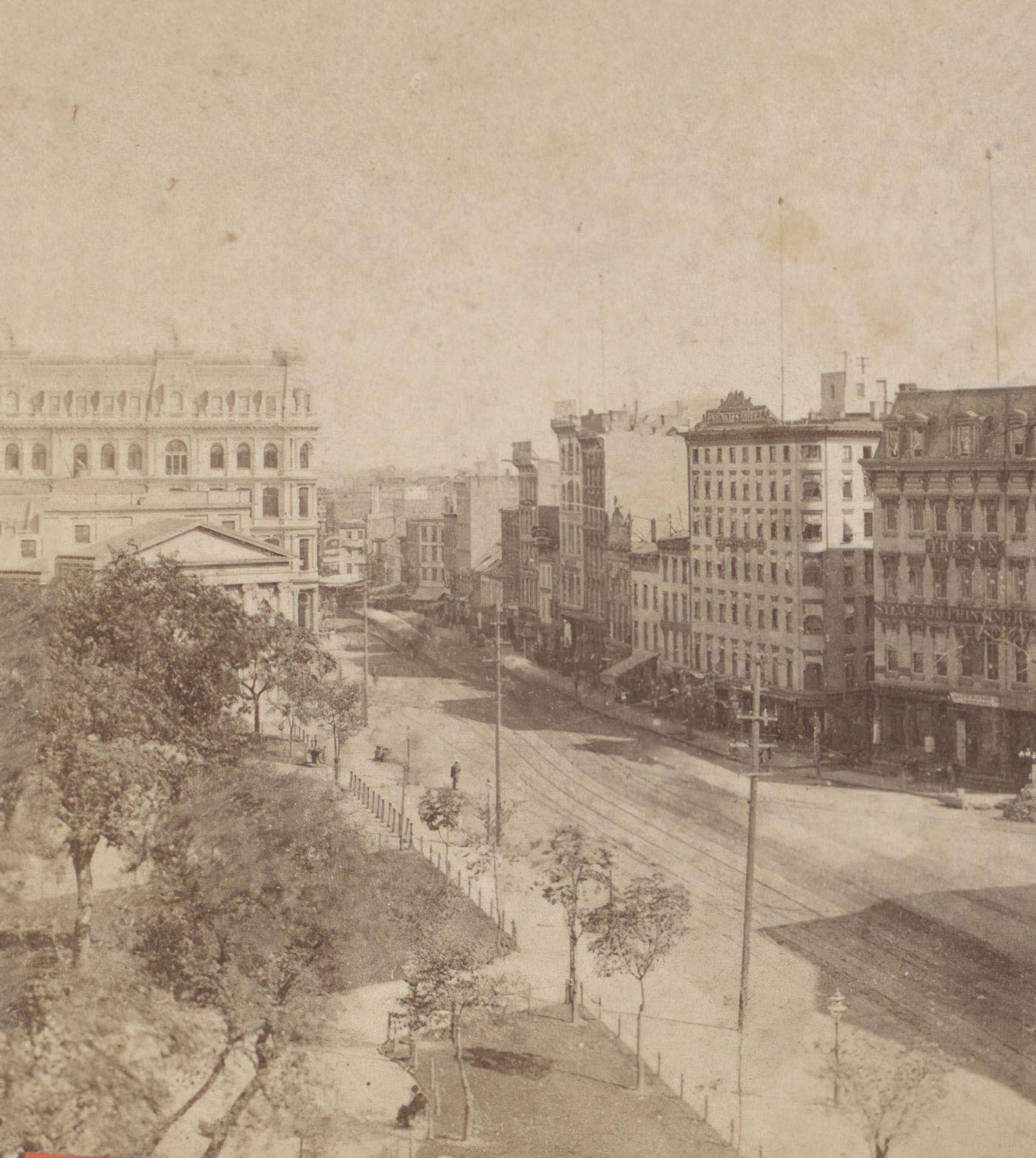
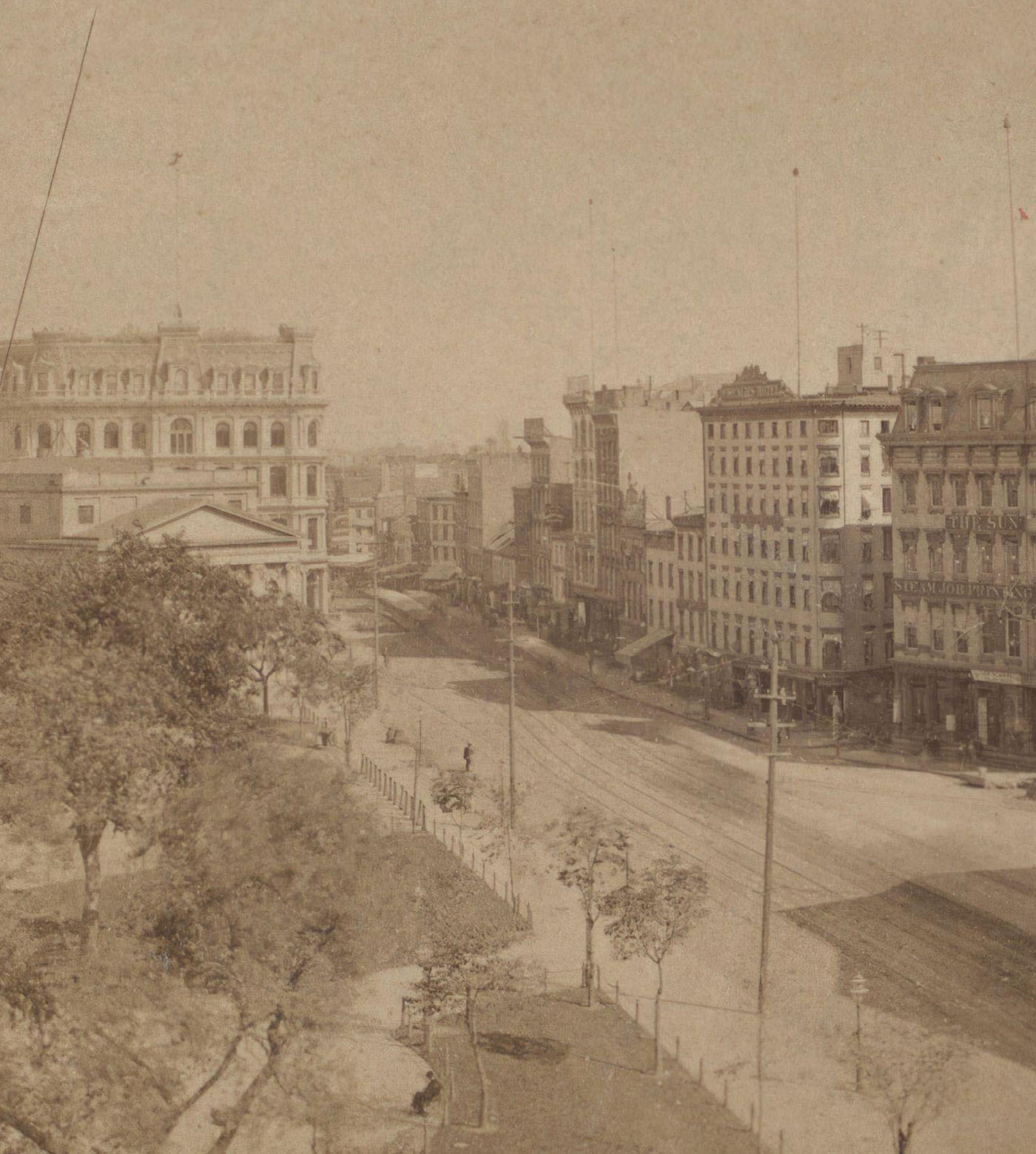
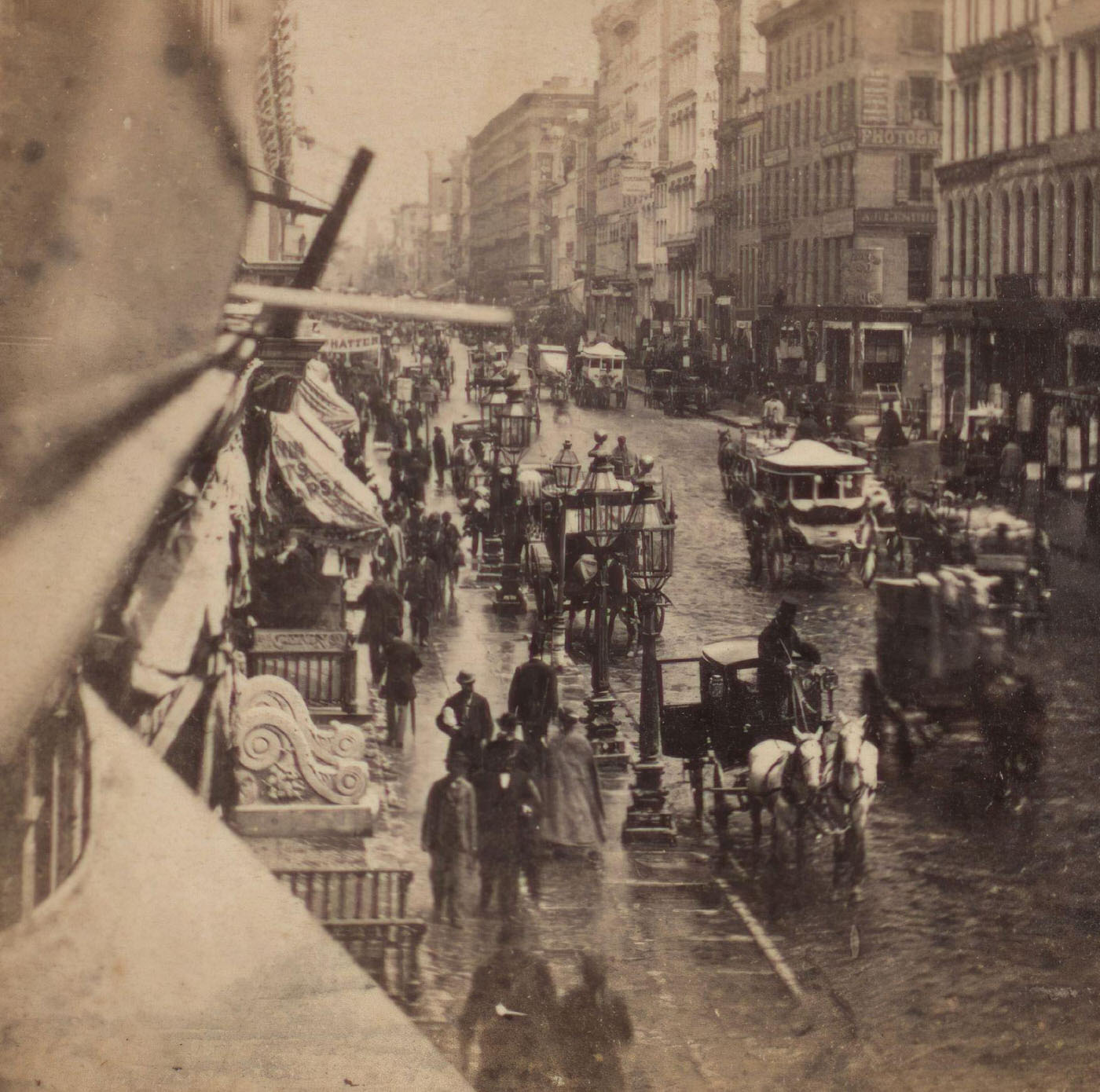
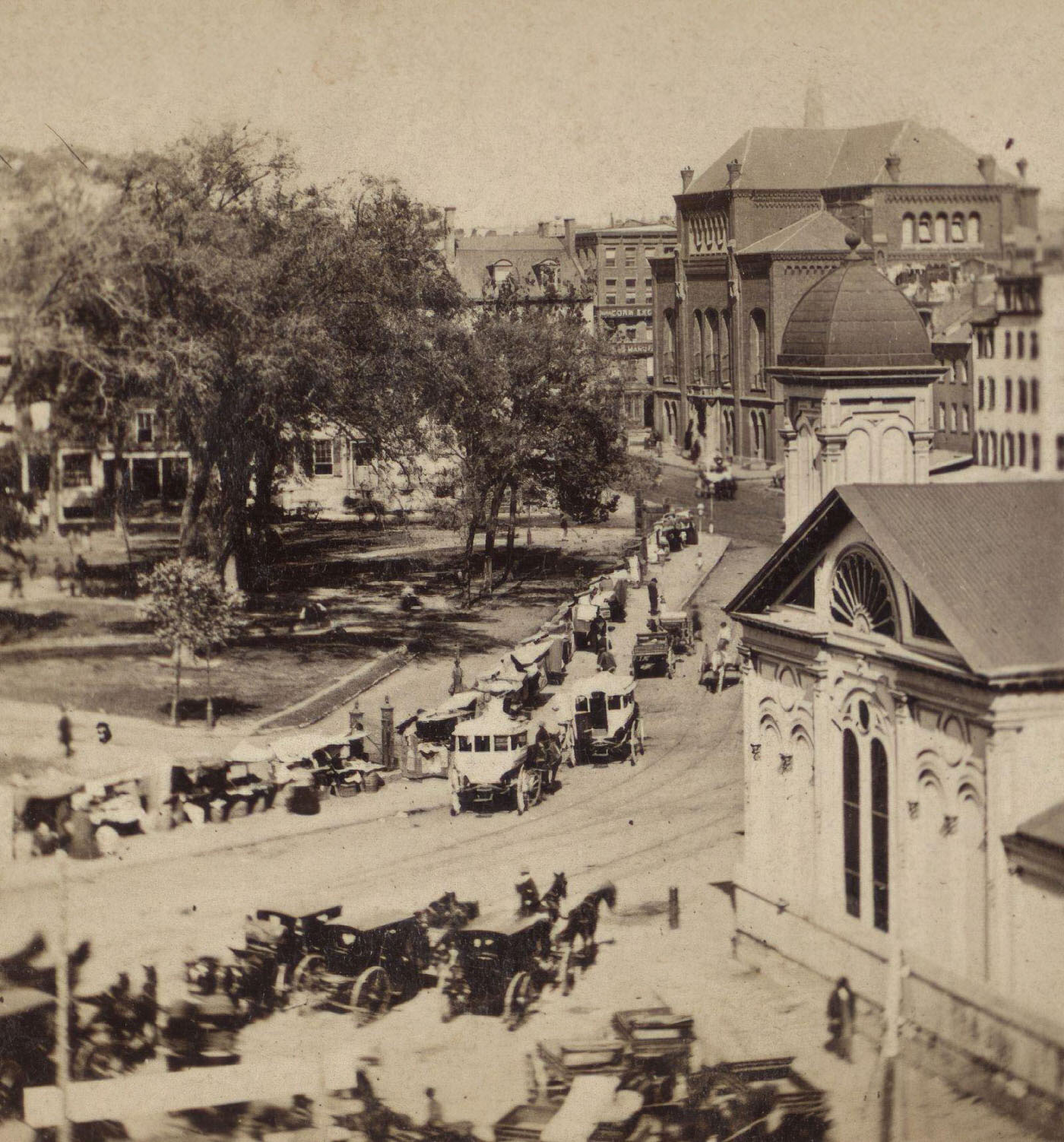
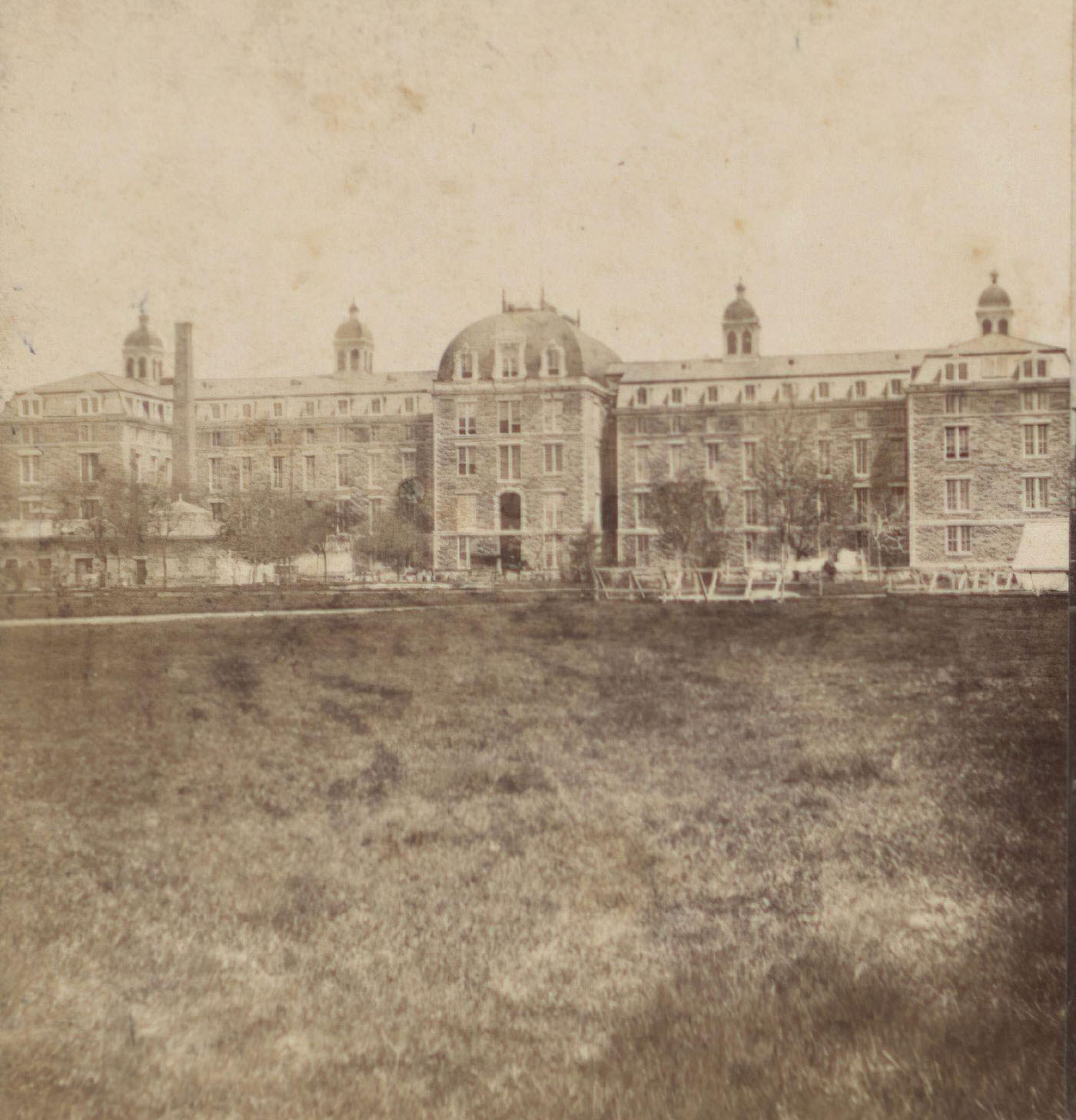
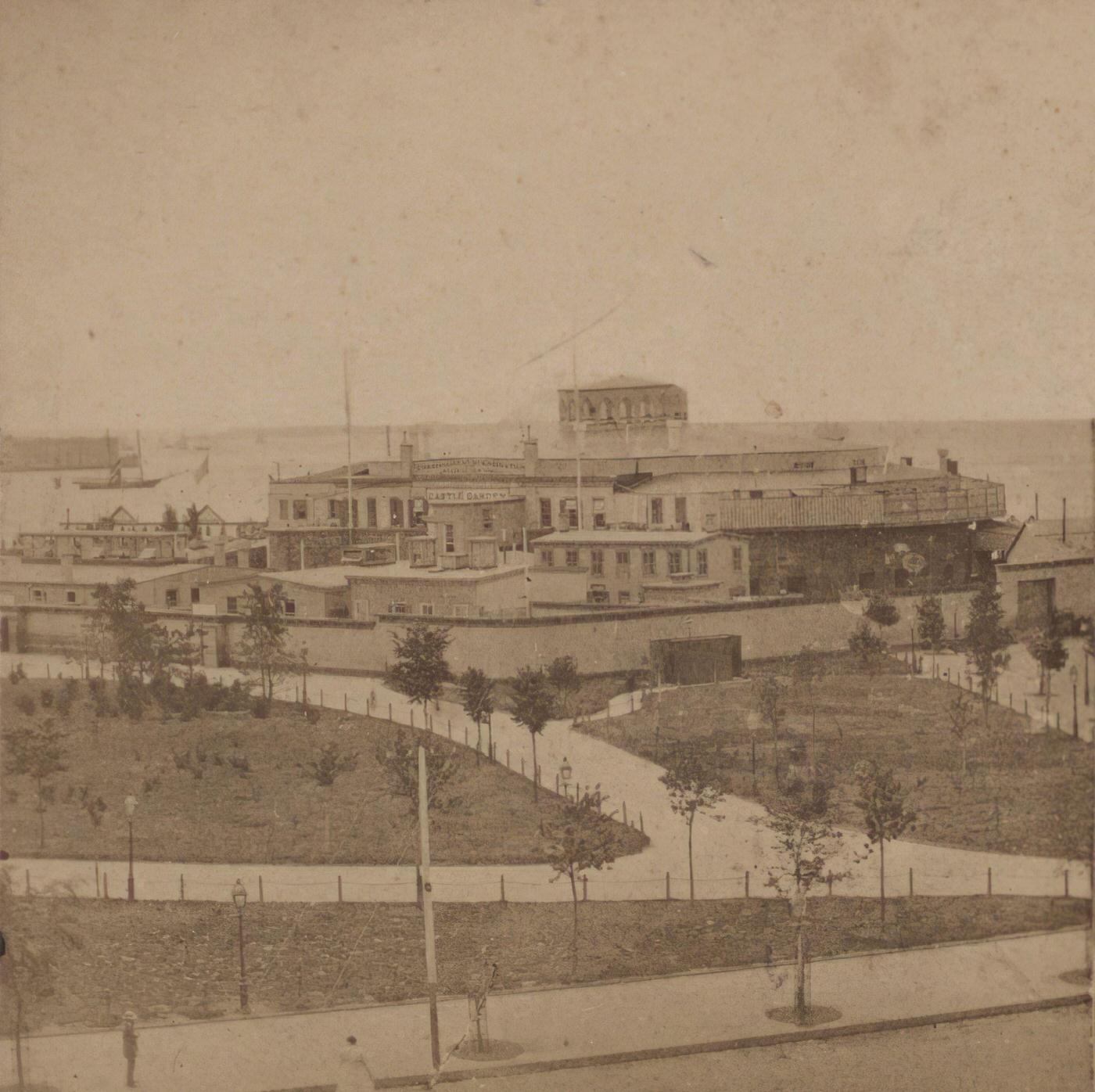
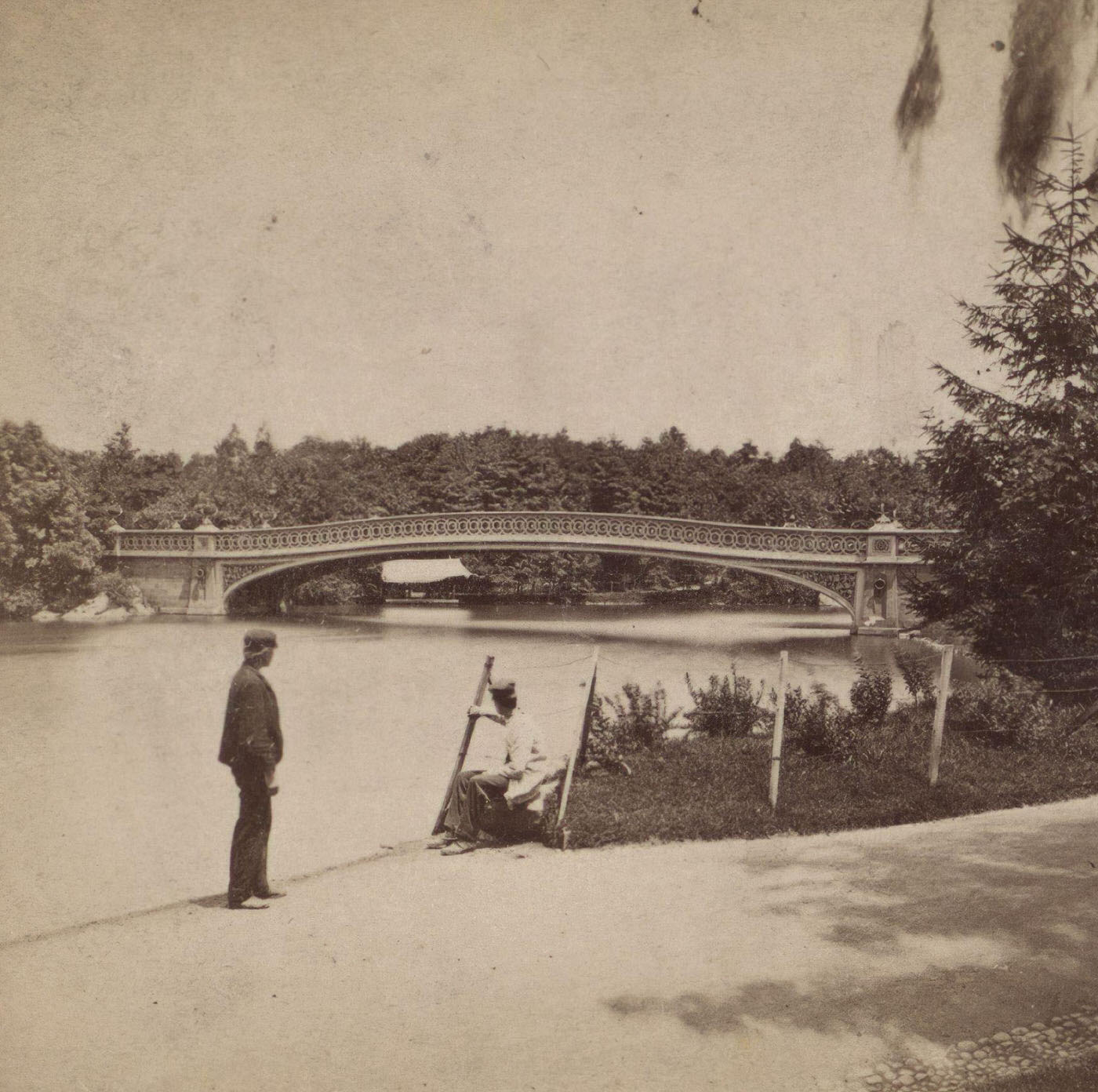
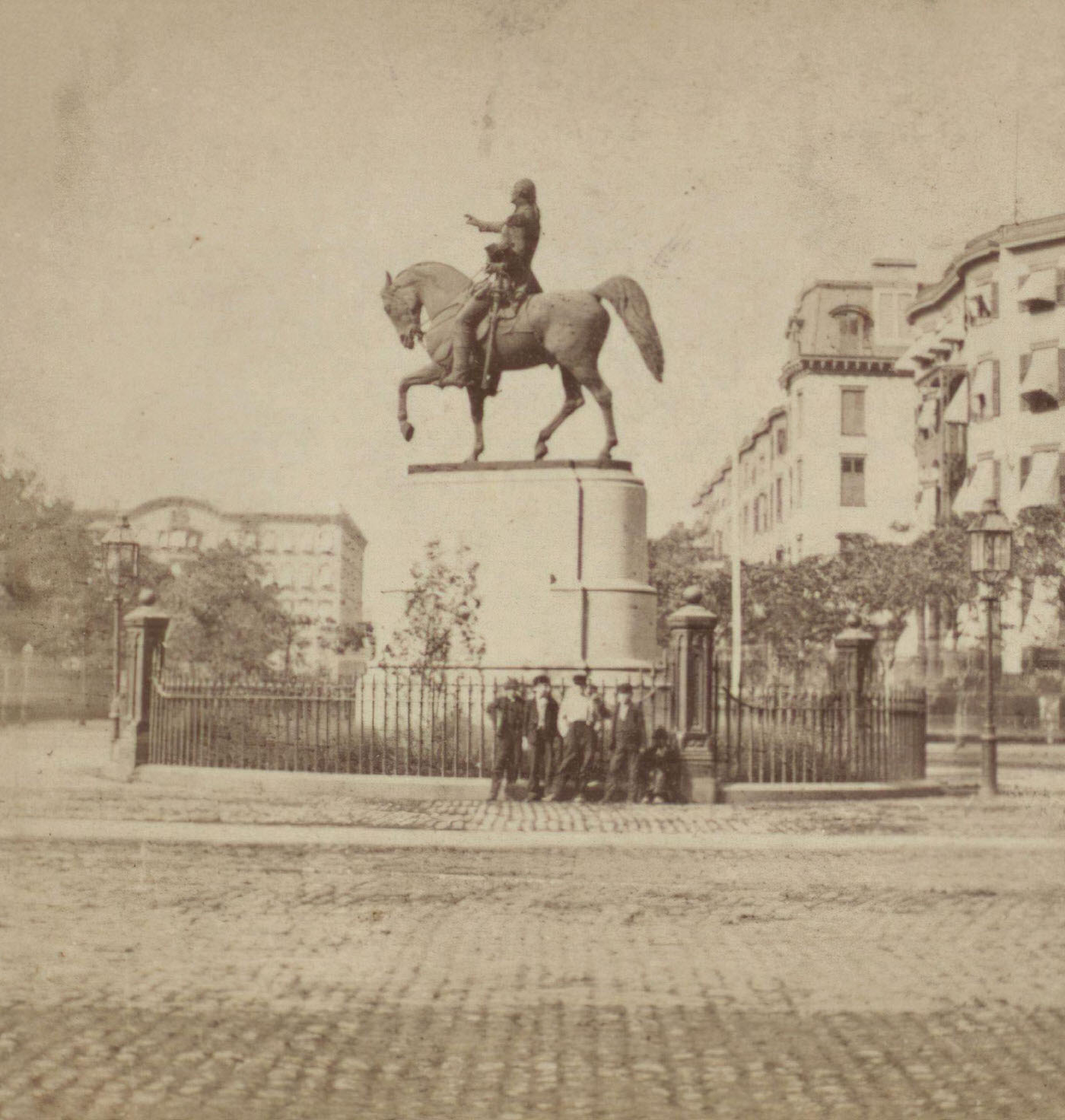
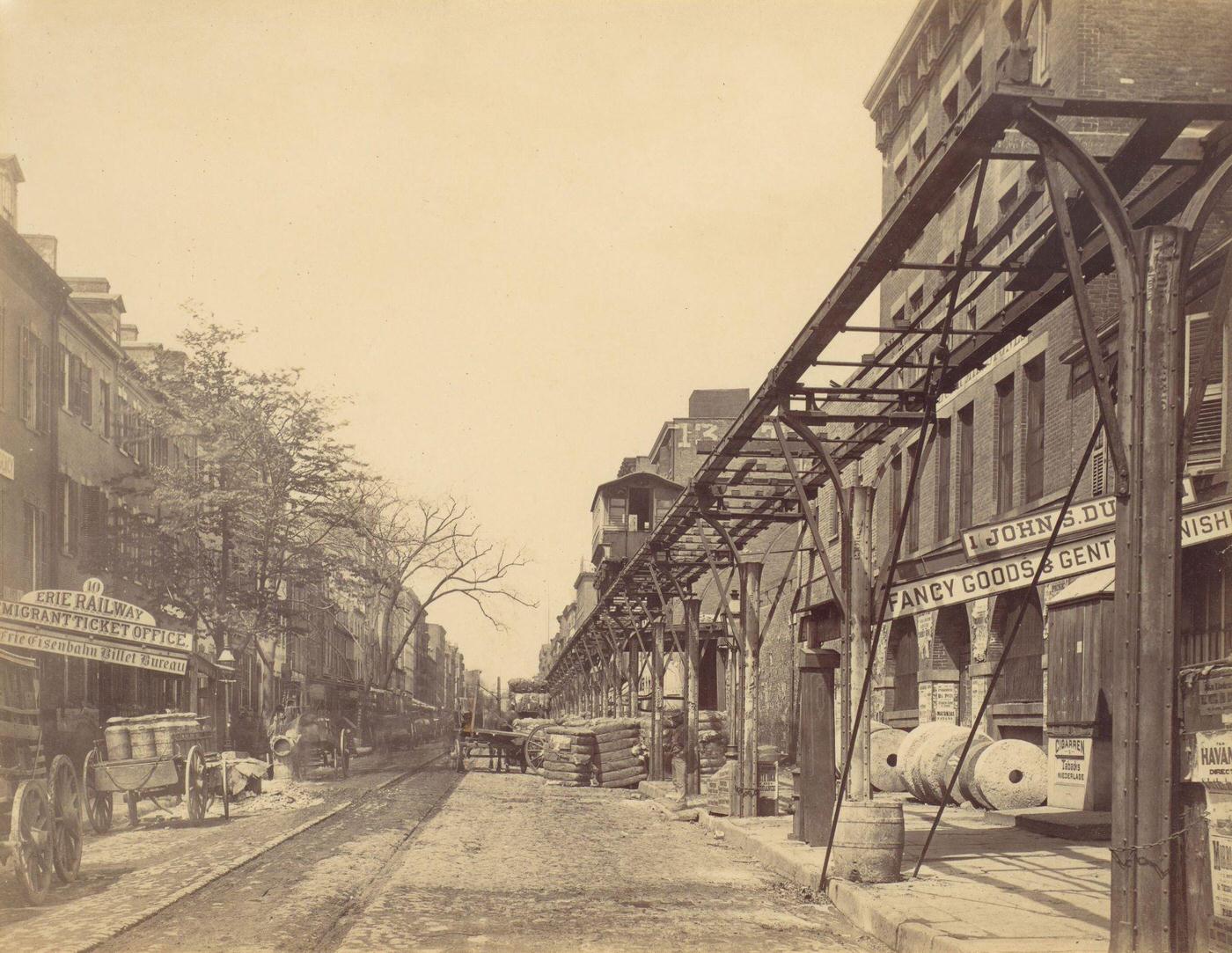
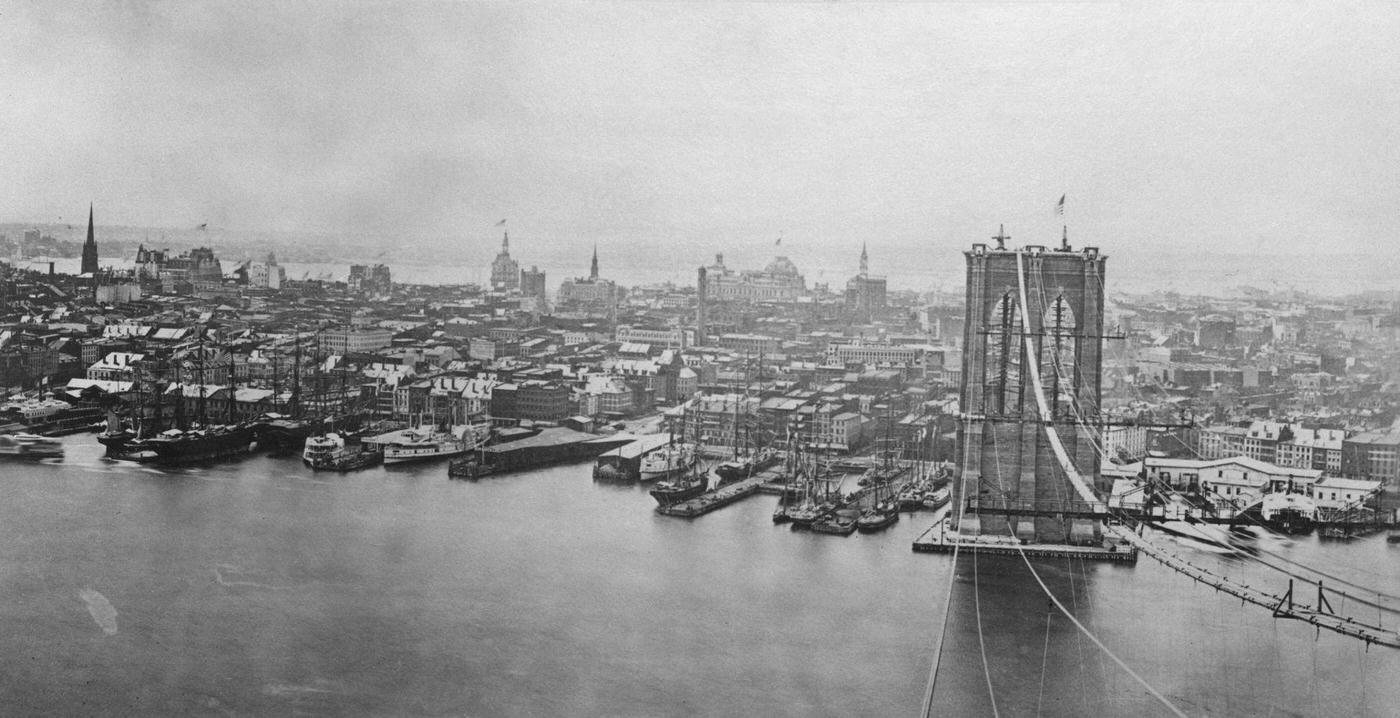
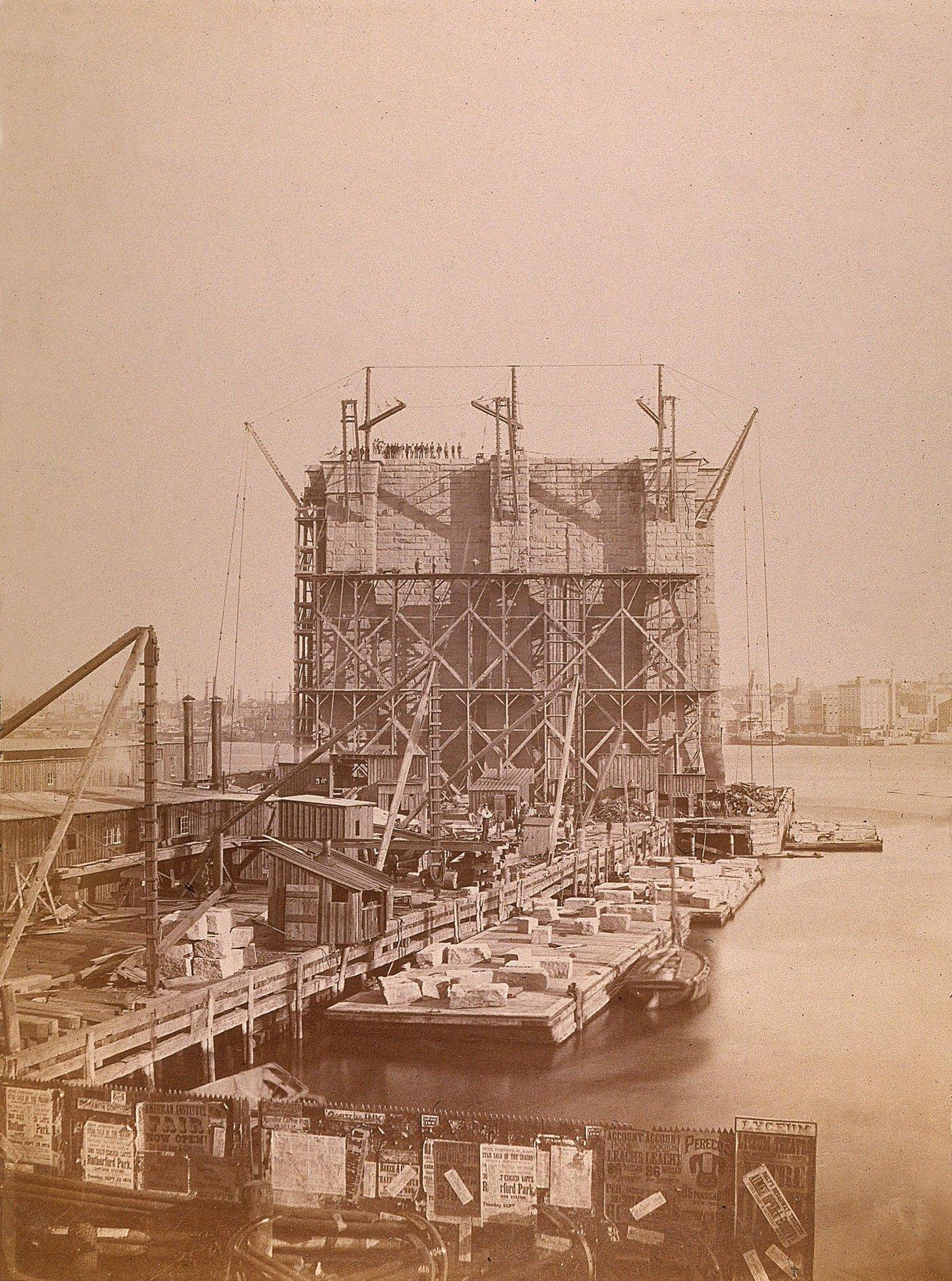
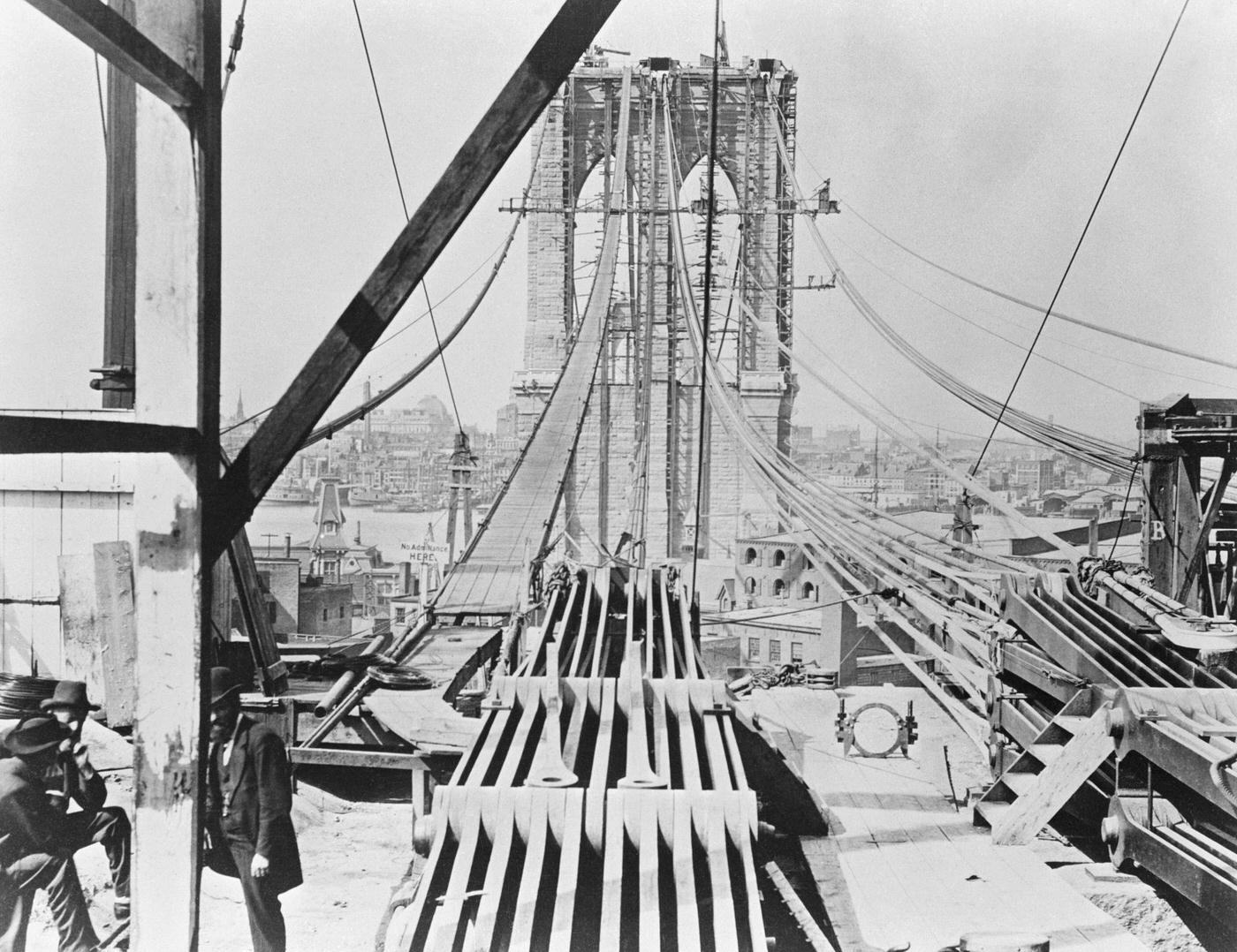
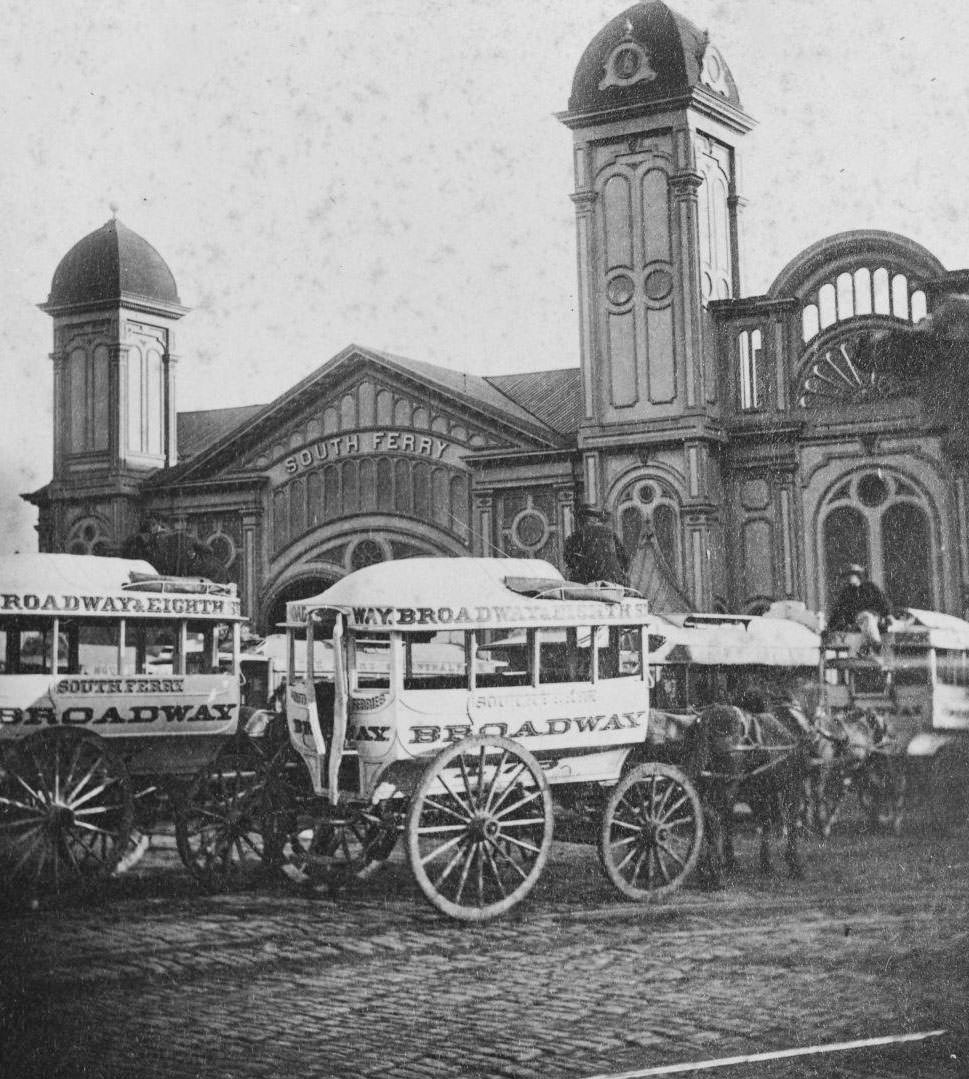
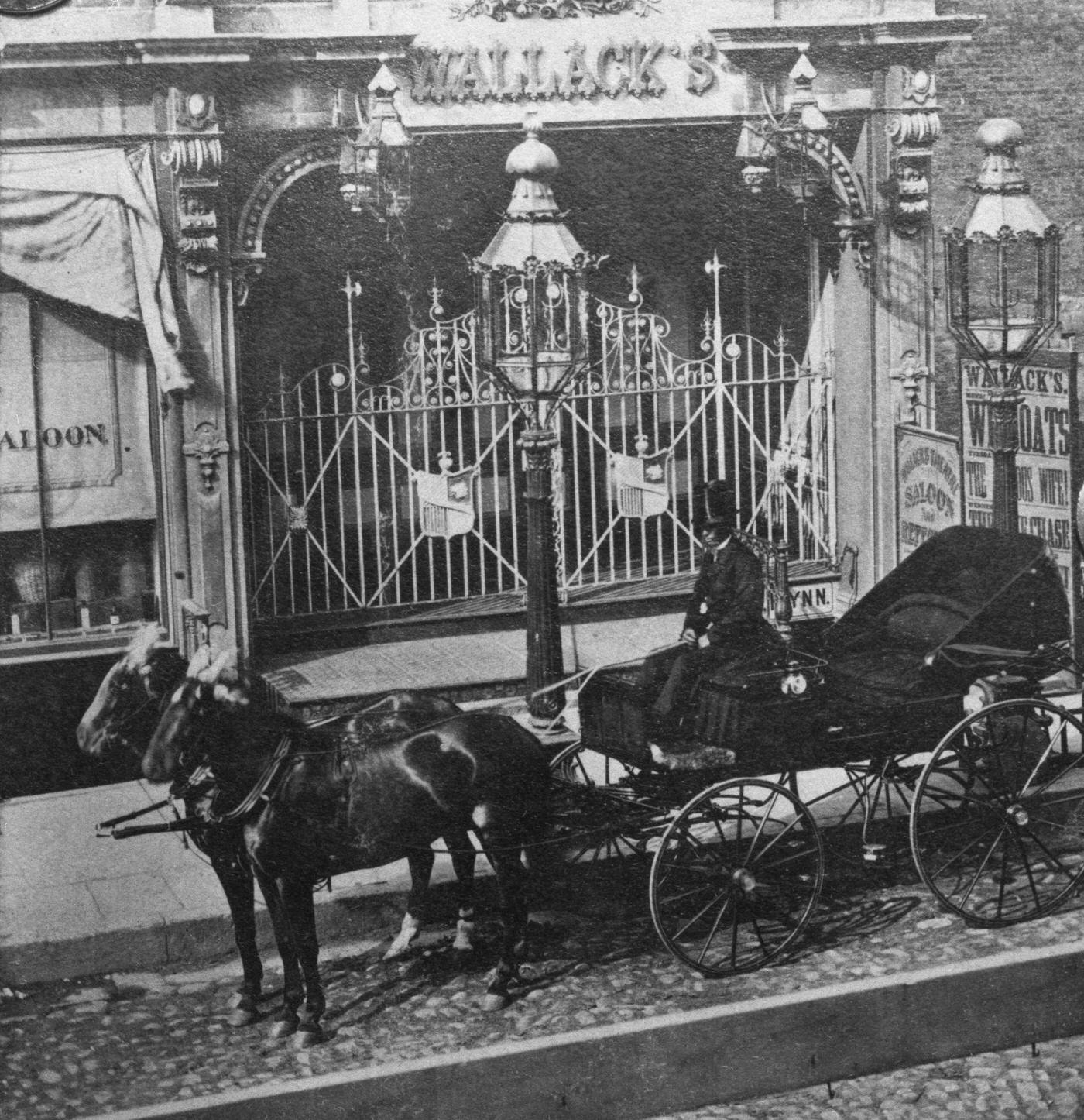
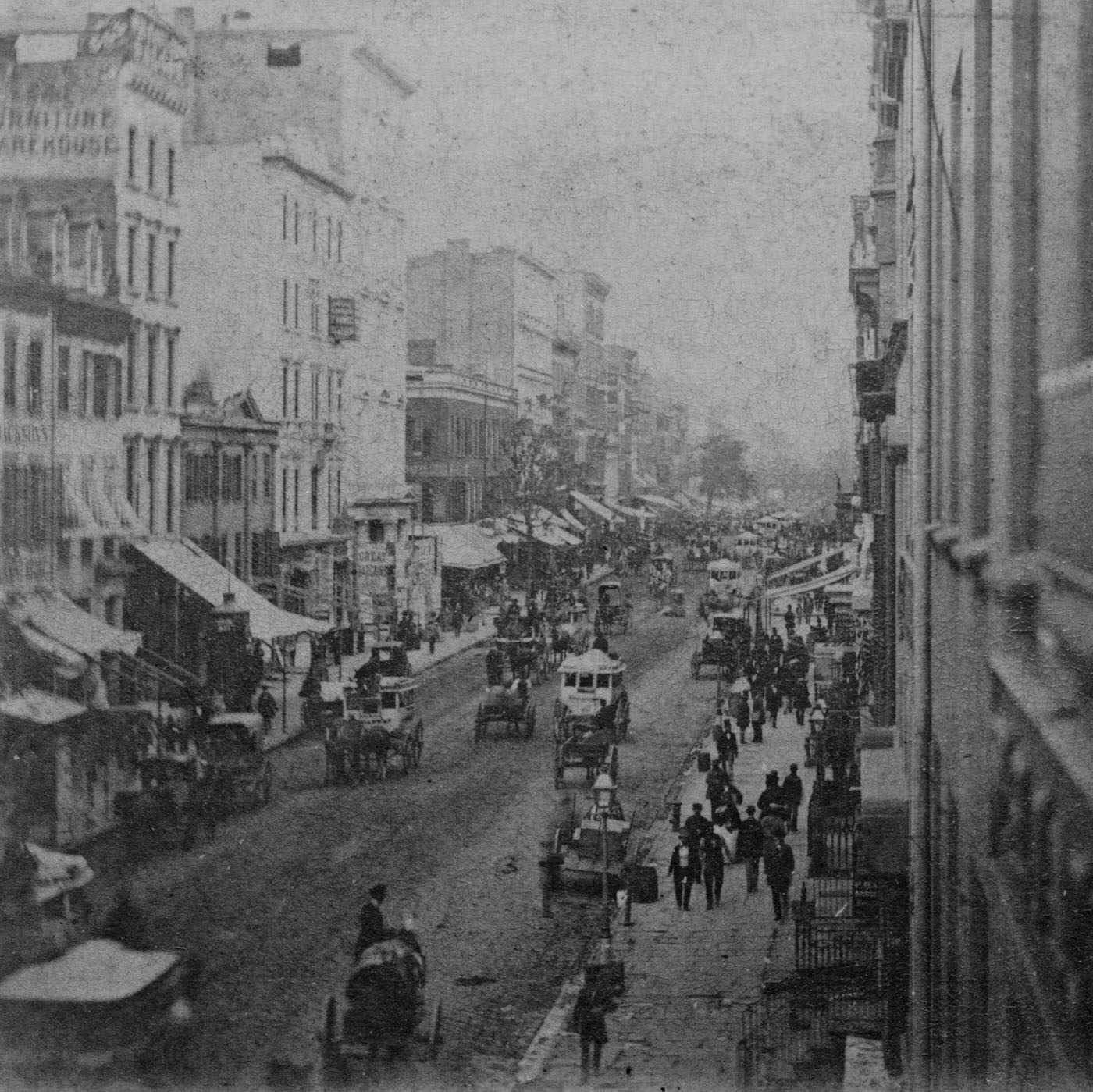

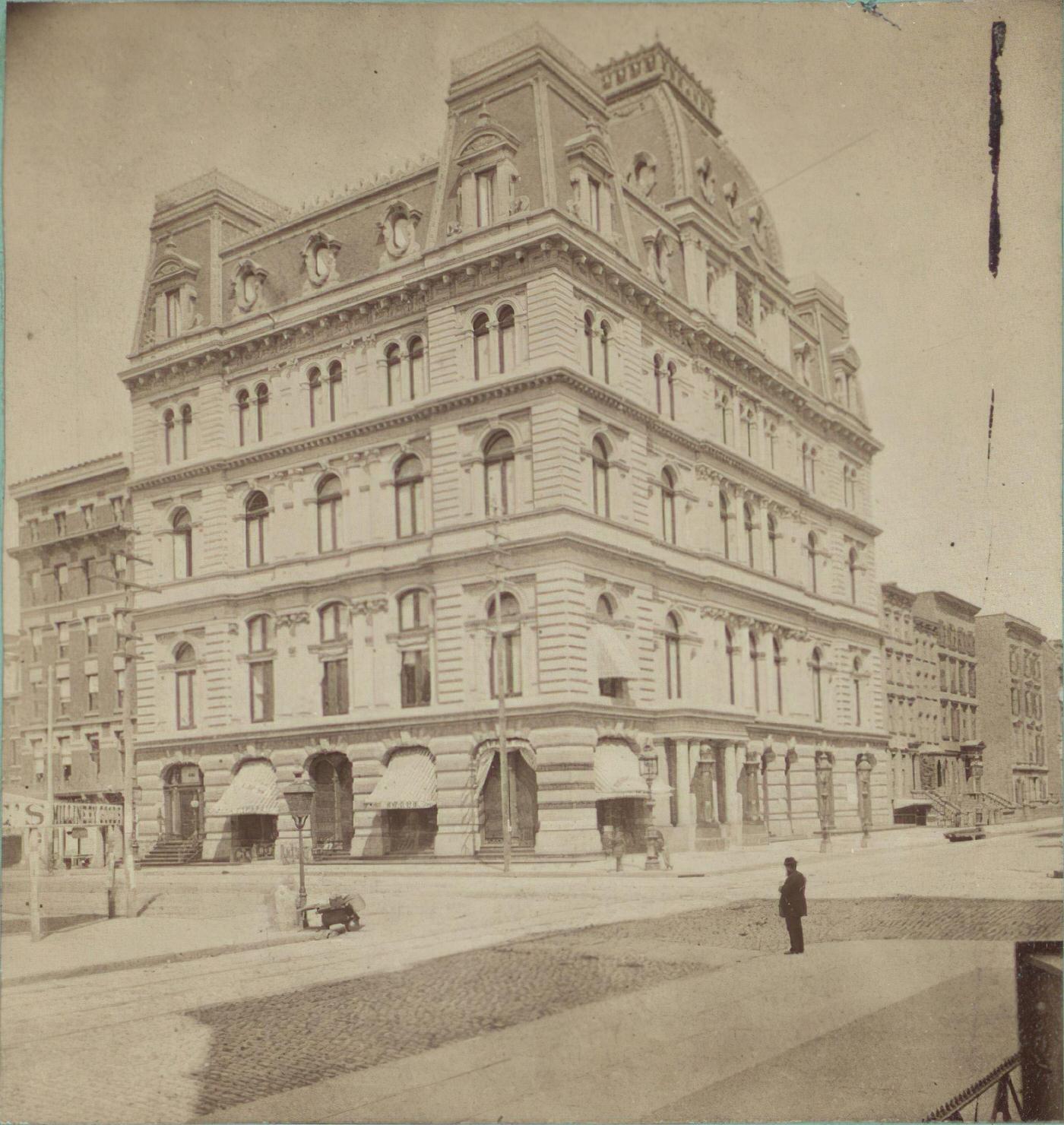
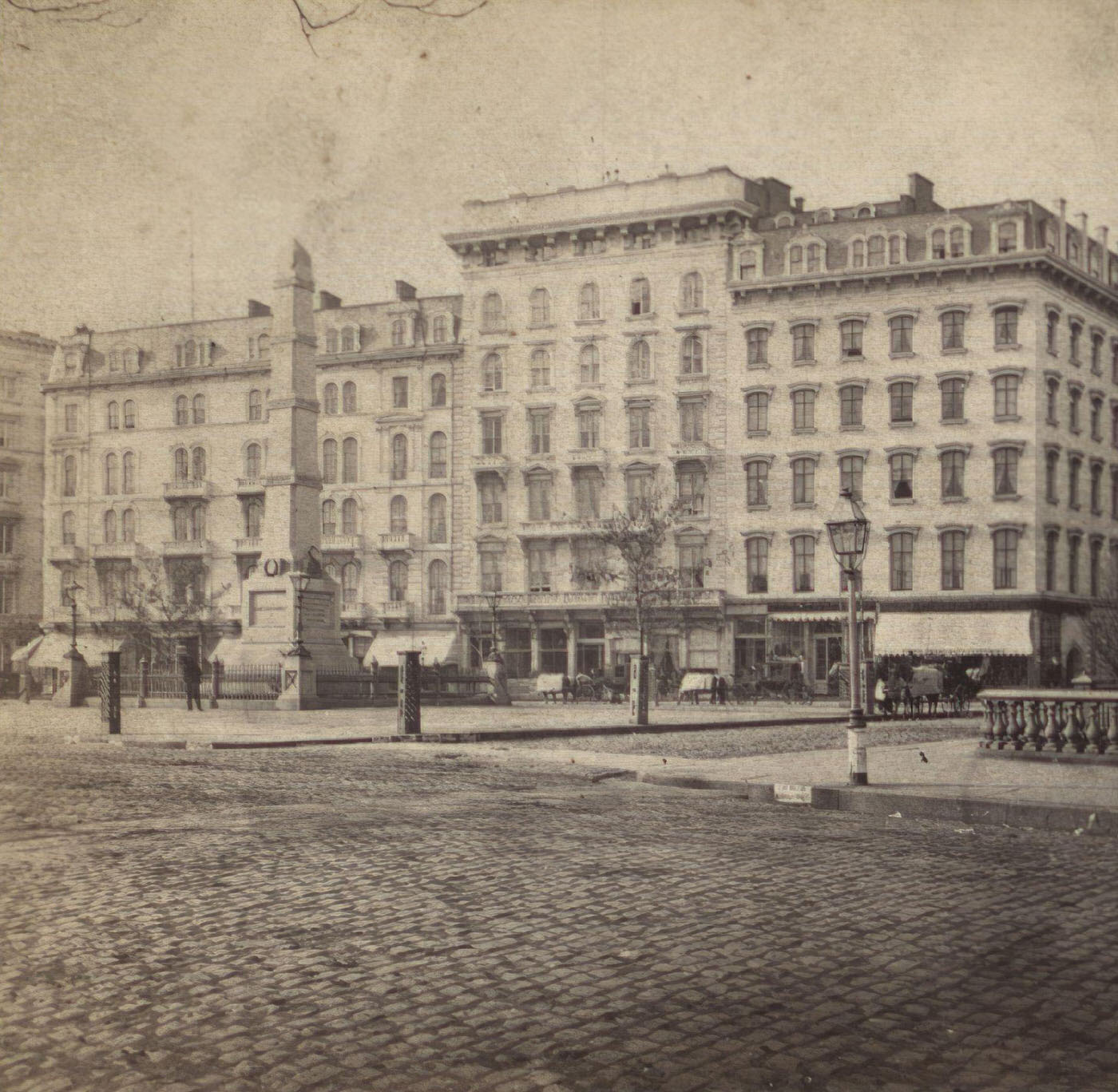
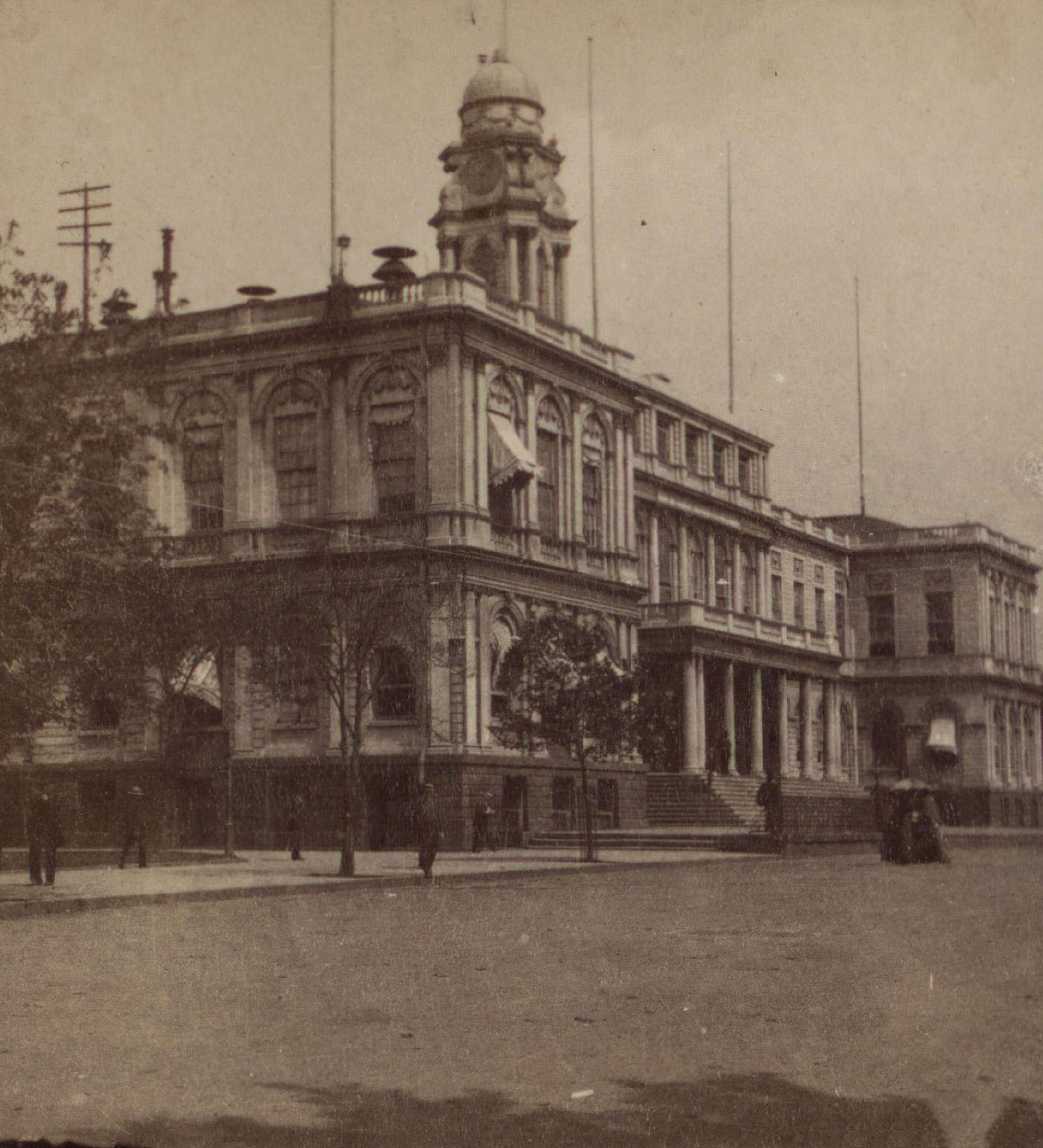

GIPHY App Key not set. Please check settings